|
For our end of the year event, we decided to do something a little different this year. We wanted to embrace the Indy 500 happening in Indianapolis. The teachers signed up to create activities for different spaces. This event took place on Friday, May 24th just in time for the race and Memorial Day. Our families were invited to attend and participate in the activities set up in our outdoor spaces. Our families and kiddos enjoyed so many of the activities. There was water play, a variety of races, sensory play, a tire shop, car wash, and ramps for toy cars. Our toddler and preschool playground each had several opportunities for taking race photos. Our Grove had a winners podium. Our bike track boasted a bike and car race, some parents even got involved in the racing action. The Race into Summer with Giving Tree end of the year event is one of several family engagement events put on by the Giving Tree staff. Family engagement events are especially important in early childhood because it creates investment in education in the early years that matriculates on through elementary and beyond. Family engagement opportunities create spaces for relationships to be fostered and connections to be made within the school community. It is a wonderful time to connect with teachers, children, and other families in the program.
0 Comments
Our Purim Celebration requires that each creative play space is turned into an immersive Purim experience. Teachers grouped together to create a plan for each space. In the week leading up to Purim, they spent any free time they had transforming their chosen space. Children and teachers were encourage to come to school dressed up to celebrate Purim Mrs. Georgia and Ms. Michaela led a hamantaschen making station for each child to make their own hamantaschen. Children were able to cut out their dough, and their filling, and fold up their hamantaschen. The Atelier had castle building with foam blocks and shaving cream as well as loose parts. Children were able to explore grogger sensory bins with rice and beans and empty bottles. There were castle decorating invitations set up with paper, water color, card board, stickers, and tempura sticks. The Big Muscle room had an obstacle course that children could complete on or off their pool noodle horses. There was castle building on the platform with horses and knights. Children could draw masks while talking about Queen Esther. There was a clown game where kiddos could throw the ball and get it on the clown's face as the nose! So many fun activities to choose from! The Early Childhood Library boasted a bead sensory table, a grogger exploration with different groggers for children to explore, and Purim themed puzzles. There were dress up clothes and accessories from dresses, capes, and tutus, to masks, crowns, and beads complete with a photo booth! Children followed their curiosity about the Purim story and used different felt characters to act it out. The Light Studio had bead exploration, castle building, digital landscapes of castles with flashlight play, and a wind tunnel. Children experimented with scarves in the wind tunnel and learned about cause and effect through their inquiry.
Giving Tree held its Reggio Literacy event on Sunday, March 3rd. This event was made possible by the Literacy Matters grant, given to Giving Tree from the United Way of Central Indiana. Each classroom picked an author and chose books from that author to create their reggio inspired acitivites. Teachers planned accordingly and created open-ended, reggio inspired literacy activites. There were books from Eric Carle, Kevin Henkes, Jan Brett, Mark Teague, Lois Ehlert, Alice Schertle, and Antoinette Portis. Several activites included loose parts exploration and sensory play! Children toddlers through pre-k enjoyed manipulating materials and organically exploring literacy activities with their families. The logic behind our Reggio Literacy Event was to raise literacy awareness while demonstrating how literacy can be incorporated into fun, open-ended activities. We wanted to showcase children's curiousity and creative expression through reggio inspired invitations. Literacy is more than sitting down and reading a book, it is all encompassing. Many developmental areas can be addressed through literacy exploration including fine and gross motor skills, math and science skills, social-emotional development, sensory integration, and dramatic play skills. Giving Tree students received blue bags with 3-4 carefully chosen books to add to the home libraries!
Tu B'Shvat is the new year of trees, so it is fitting that Giving Tree celebrates Tu B'Shvat with the families! The teachers in each room planned Tu B'Shvat themed activities in their spaces. They set up invitations using tree materials, flowers, recycled materials, pink and green manipulatives, and loose parts. Families were invited to explore different invitations in the hallway and in the classroom to celebrate Tu B'Shvat. The interactive Tu B'Shvat experience was a little different this year than in previous years. Teachers set up age appropriate activities in their classrooms and worked together with their neighboring classroom to set up an invitation in the hallway. This change allowed families to visit all of the classrooms and experience Tu B'Shvat from the toddler rooms to the preschool and prek rooms. The idea behind this change was to provide families with the opportunity to view different classrooms, visit with family members where children are comfortable, and to highlight ideas for age appropriate activities. Our Giving Tree students and families had a wonderful time!
At Giving Tree Early Learning we believe it is important for children to have quality experiences together. We often have classes combine for special occassions and experiences. Doing this allows for children to see their siblings or cousins, observe each others behavior and abilities, help one another based on developmental needs, and learn from each other. A very special occassion that we gather for monthly is our Shabbat Assembly. The Shabbat Assembly is a time where all of the classes get together in the cafeteria to listen to Rabbi Birnhack sing songs. Multiage experiences like the Shabbat Assembly are a great way to join together and feel a sense of community at our school The Apple Market, held by the Oak class, is a fun way for children from all classes to interact and engage with one another. The Oak class goes to each class before the market to hand out money they have made. The classes bring their money and use it to purchase apples at the Apple Market. Giving Tree students occassionally have opportunities to interact with HHAI students. These experiences are very special and often happen during Middle School Buddies. Middle School Buddies is an experience that happens in one of the middle school electives. The middle schoolers spend time doing different activities with the Oak class. They read books, play on the playground, and engage in loose parts play. Multiage experiences are beneficial for the development of social skills, language development, and foster collective learning. Experiences like these support the idea that children learn from one another, watching each other, communicating with one another, and exchanging thoughts and ideas about the world around them.
The Giving Tree Art Gallery is a recent tradition started at the end of the year event for the 2022-2023 school year-Celebration in the Air. During our Celebration in the Air event, we collected artwork done by children in each class and displayed the pieces in the hallway along with an artist portrait of the child. This year for our annual Friends and Family event, we decided it would be a wonderful idea for families to see their children's artwork displayed in the hallway as the Giving Tree Art Gallery. Teachers began collecting different artwork in the beginning of the year. Some classes explored making masks out of paper mache and paint while others experimented with paint sticks and aluminum foil. There were several self portraits and family portraits in addition to collaborative murals. All artwork displayed was process art, the method of art exploration we implement at Giving Tree Early Learning. Process art means that children are able to create with freedom from ideas of what their artwork should look like. This means that the artwork created was determined by the child and not dictated by the teacher. The teachers put out supports and tools for children to explore and create art with. Supports are materials used to make marks on like paper, cardboard, aluminum foil, and wood. Tools are considered anything that makes marks on supports like paintbrushes, sticks, crayons, markers, and paintsticks.
The Giving Tree Art Gallery is the perfect way of celebrating children's artwork. It is a celebration for their abilities, their learning, and their hard work. Documentation in this form gives children a sense of pride. It allows families, visitors, staff, and other children to see a glimse of the Hundred Languages of children. In the Reggio philosophy, one principle shines above the rest; children learning from each other. Malaguzzi believed in theorist Lev Vygotsky's sociocultural theory of cognitive development. Vygotsky theorized that children learn from each other, in collaboration and communication with each other. Malaguzzi believed that "social learning took place before cognitive development," (Gandini 2012). With this theory of social learning, we emphasize community and collaboration among children. At Giving Tree Early Learning, children are given opportunities to learn from each other throughout the day. They engage in invitations together, large group and small group activities, and classes visit each other during multiage experiences. The Oak class explored drawing people as an invitation to be used for a mural. They were instructed to draw a friend that wasn't in there class. From there, the school mural grew! Another important aspect of the Reggio philosophy is the documentation of the children's learning. Documentation plays a vital role in the Reggio approach. Not only does documentation celebrate children's learning, but it captures where a child is in his/her development at that particular moment. The Oak children did their own versions of their friends, siblings, cousins, middle school buddies, and the HHAI students. During Friends and Family Day, families we able to stop by and find their child and children looked for themselves and their friends! Mrs. Georgia is a classroom support teacher at Giving Tree Early Learning, but she wears many hats in the program. Mrs. Georgia bakes challah with each class twice a month. She also does special baking projects around the Jewish holidays. Recently, Mrs. Georgia has been working with the Oak class on sewing! She used a large plastic needle and thread to sew buttons on burlap. Mrs. Georgia in conjunction with Mrs. Mahern, plan next steps to help children develop the fine motor skills to help sew projects together. The Oak children continued practicing their sewing skills with more focused projects. They created keepsakes for Rosh Hashanah. Mrs. Georgia gave them more opportunities to work on their stitching skills. Students work on several skills while sewing including hand eye coordination, fine motor skills, receptive and expressive communication, and creative arts. Mrs. Georgia continued working on sewing skills by introducing children to sewing machines. She started small, by using the sewing machine to stitch the side of fabric and moved on to thinner fabric. I wonder what they will make next! The holiday of Rosh Hashanah is one of our favorites! So many fun and exciting events and activities take place at Giving Tree. First, teachers set out invitations and provocations based on symbols of Rosh Hashanah like honey and apples for a sweet new year! The light studio and classrooms were full of Rosh Hashanah Reggio inspired experiences. Children talked about bees, honey, and apples. They explored their classrooms and creative play spaces and made beautiful keepsake to celebrate Rosh Hashanah. Children had the opportunity to bake honey cakes with Mrs. Georgia! They learned about recipes, and ingredients while measuring and mixing everything together. We had our annual Ram visit where children had the opportunity to pet the ram and learn about his horns. Rabbi Schusterman came and blew the shofar for us as well! We ended our week with the Oak Apple Market. The Oak children were proud to hand out apples at their apple market. They made money for all of the Giving Tree classrooms, decorated bags for their customers, and made all of the signs for the apple market. Not only did they have a blast serving their customers apples, they worked on essential skills like writing, literacy, math, social emotional skills, and creative arts. Teachers were back at Giving Tree Early Learning to set up their classrooms the first week of August. Not only did they get their rooms ready, they also participated in professional development. Back to school night was a wonderful opportunity for children to meet their teachers, see their classrooms, and make new friends! Families were invited to the playground dedication to celebrate the new HHAI playground made possible by HHAI Alumni. The first week of school is focused around relationships and routines. Children need time to form meaningful and secure relationships with their teachers and classmates. This is an important time to establish routines for the rest of the school year. Simple routines like putting backpacks away and washing hands in the morning provide safety and predictability so that children can adjust to school easily. Giving Tree children were able to engage with their environments through invitations set up in their classrooms. The teachers focused on getting to know children with activies about how tall they are, what they like to do, and who is in their family. We ended the week with Rabbi Schusterman blowing the shofar Friday morning for Rosh Hashanah.
|
AuthorMrs. Alethia Minlaff, Director: you can reach her by emailing [email protected] Archives
May 2024
Categories
All
|
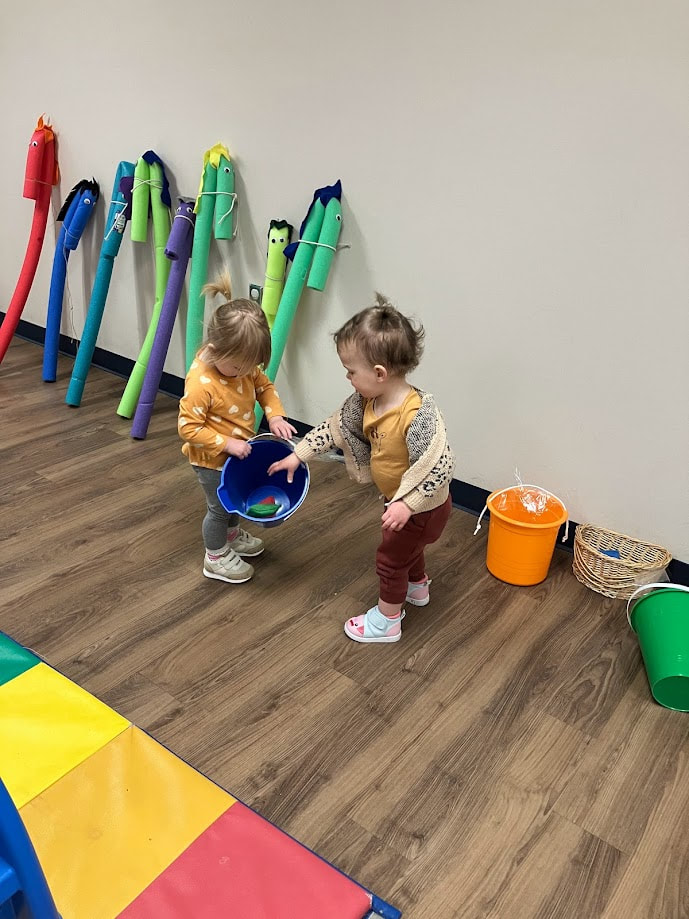
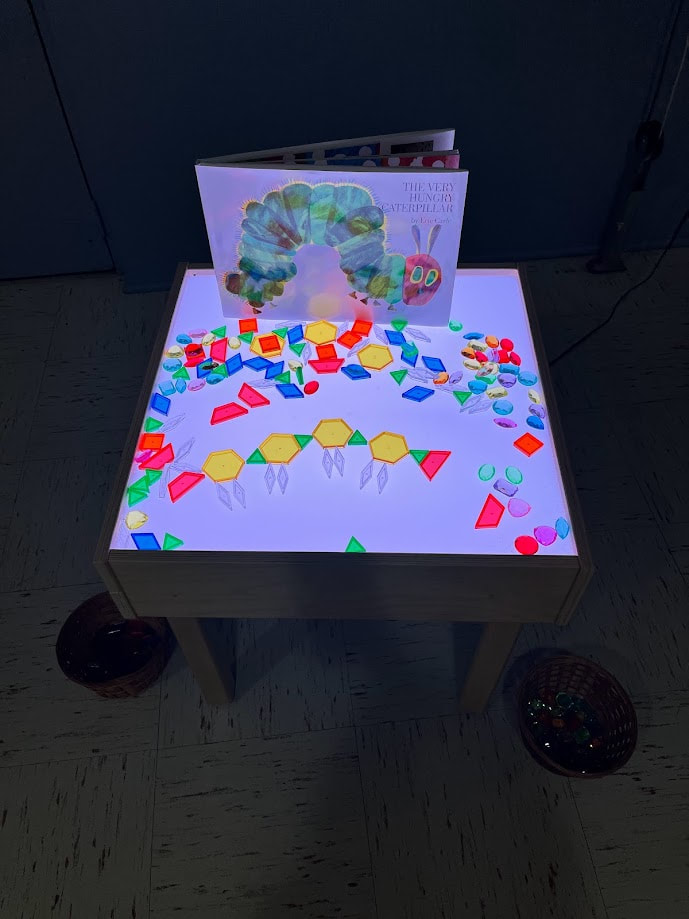
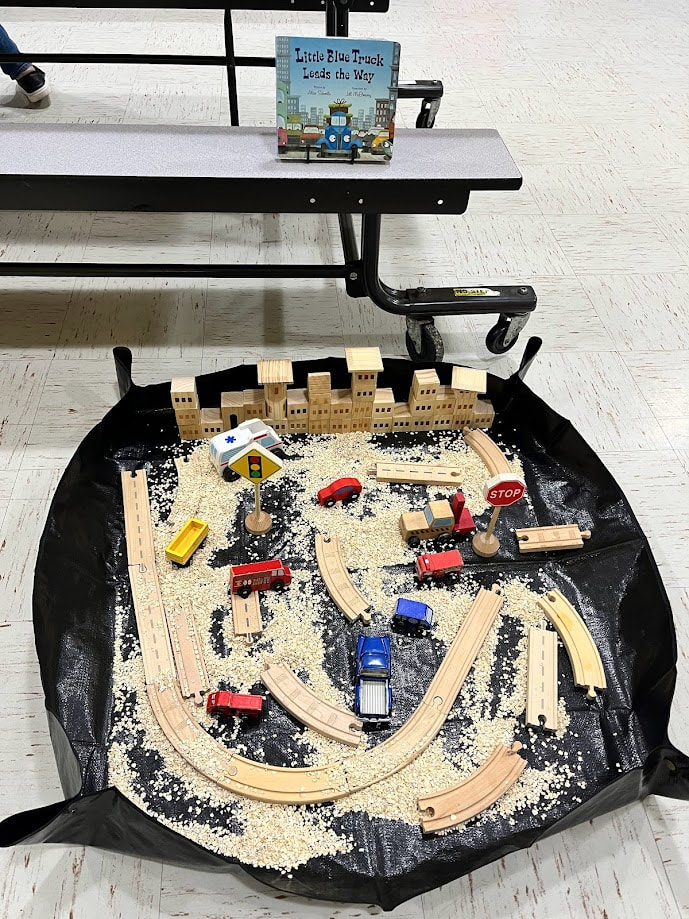
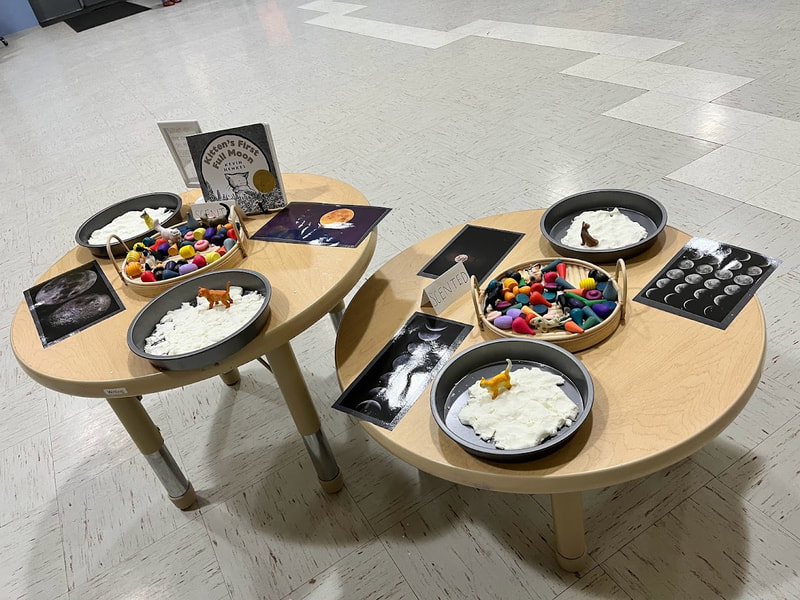
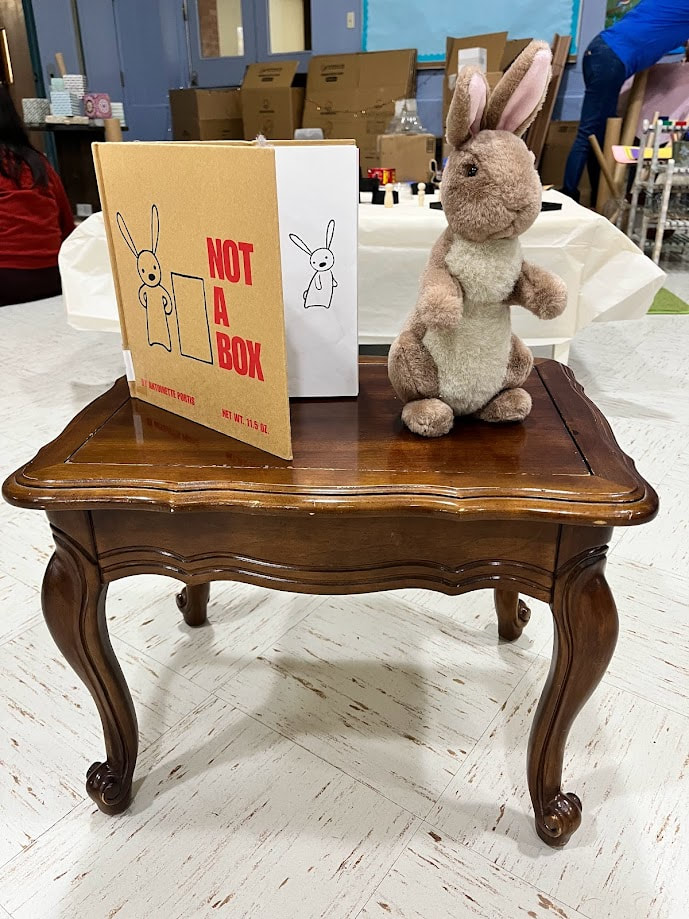
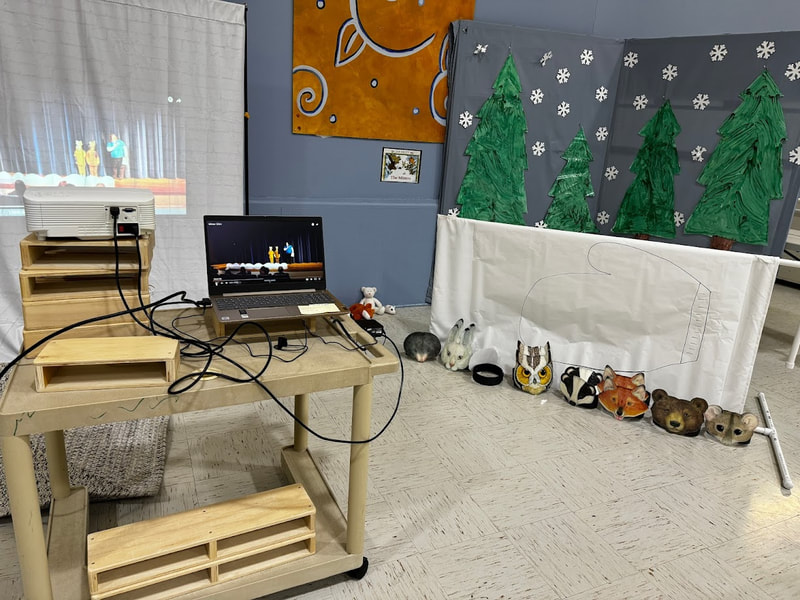
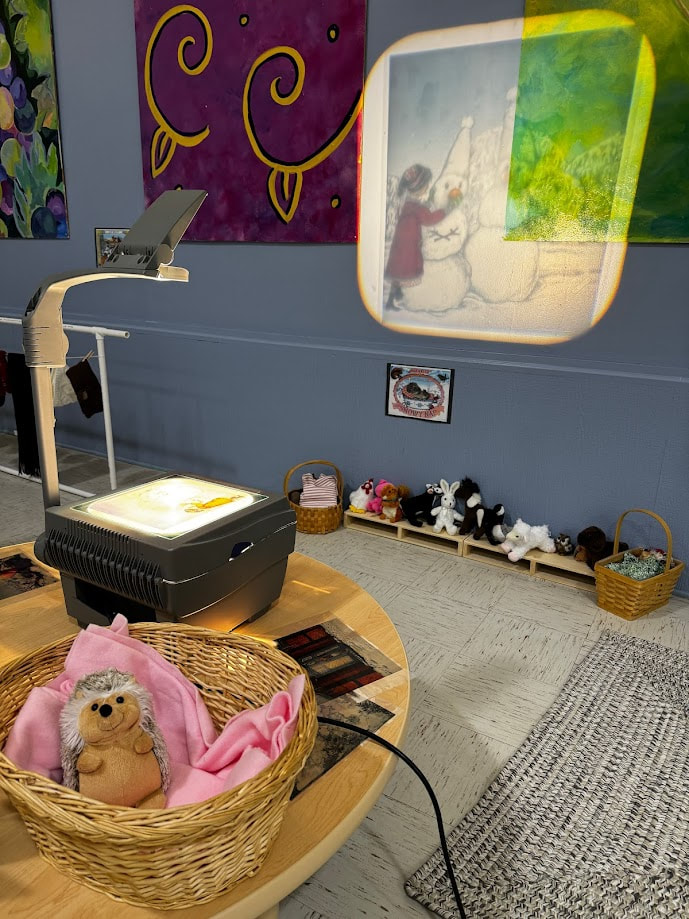
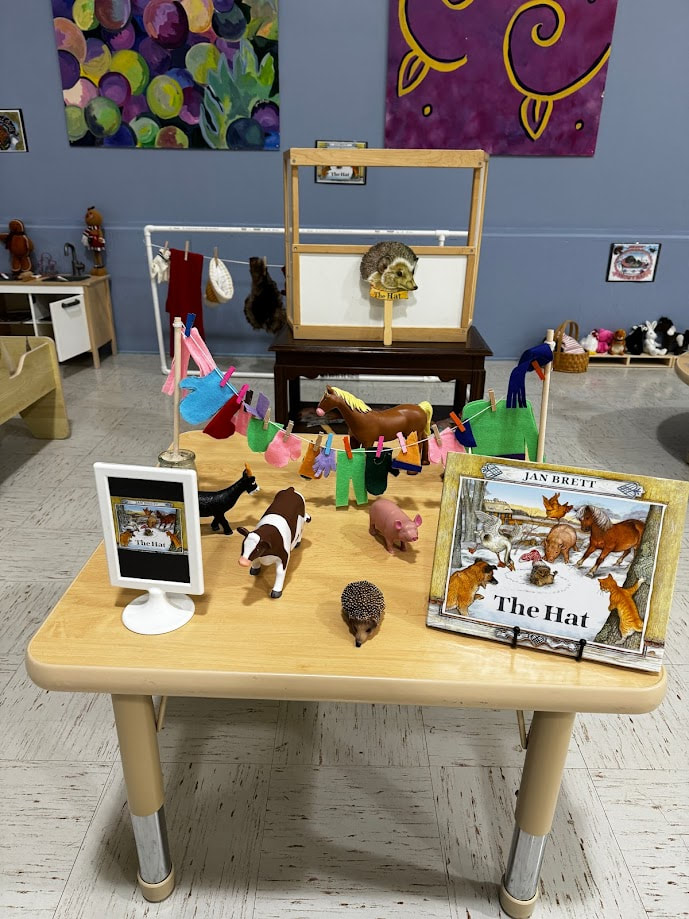
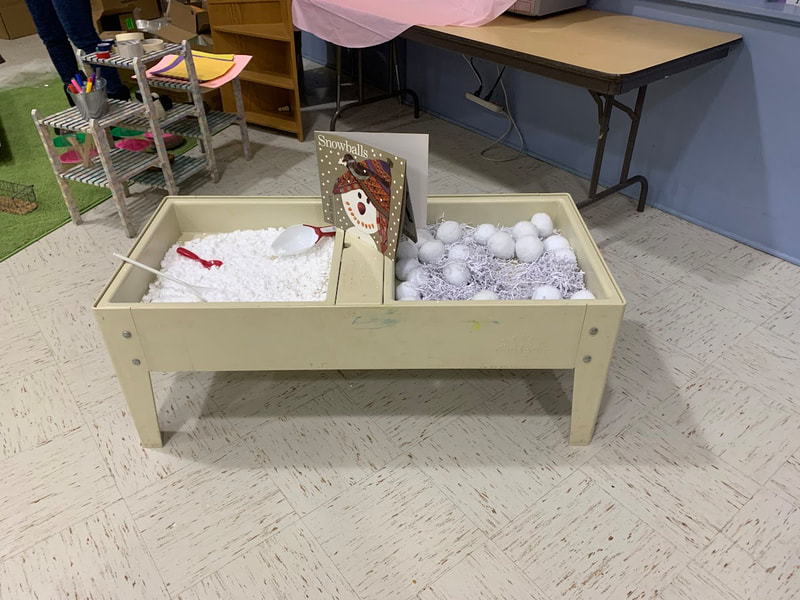
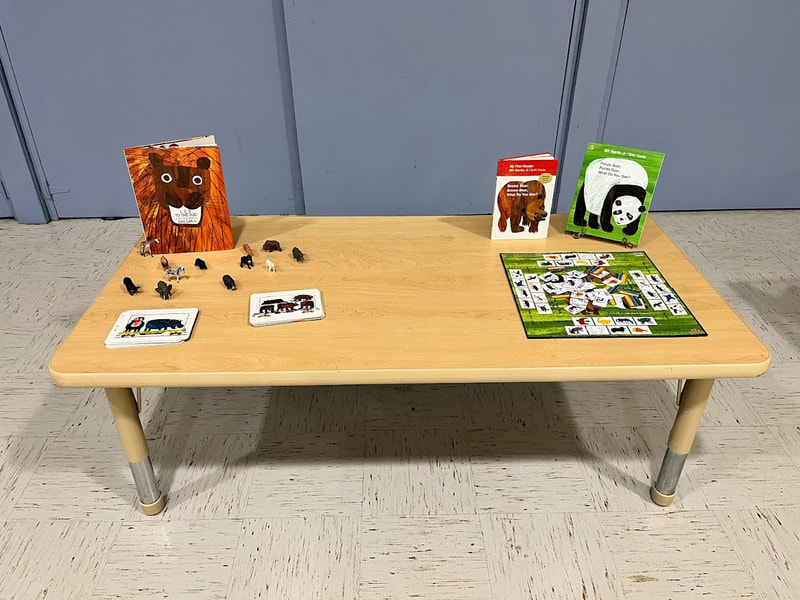
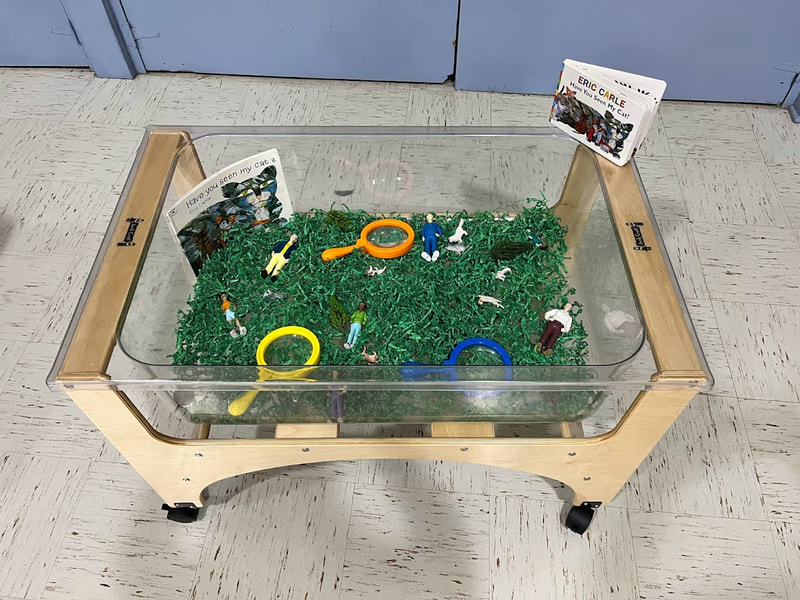
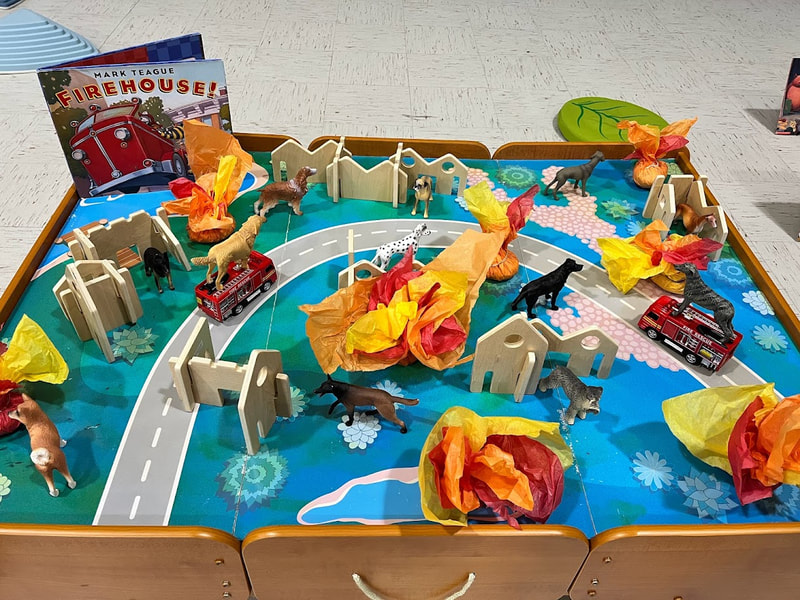
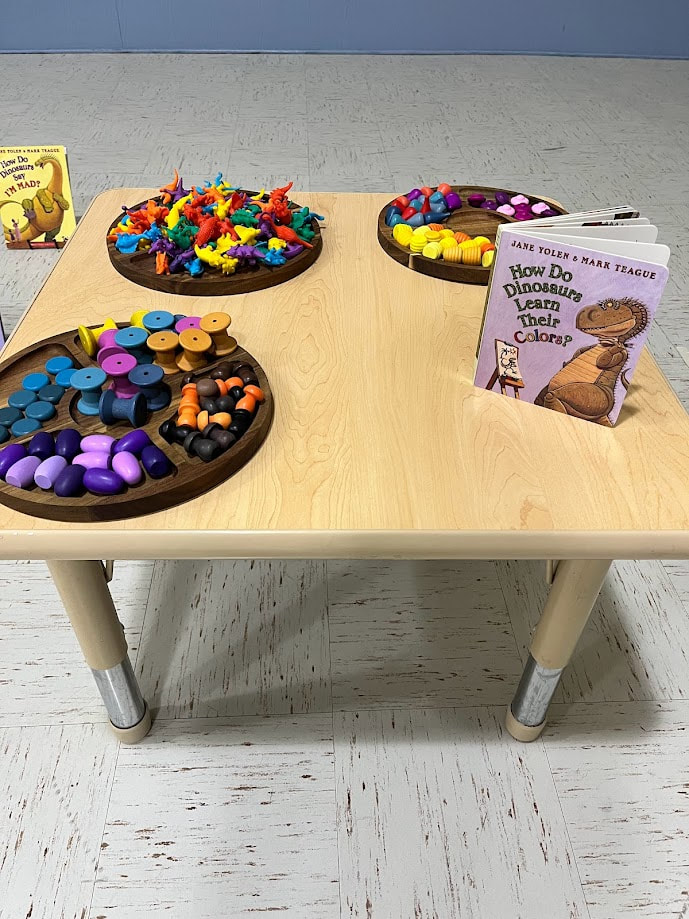
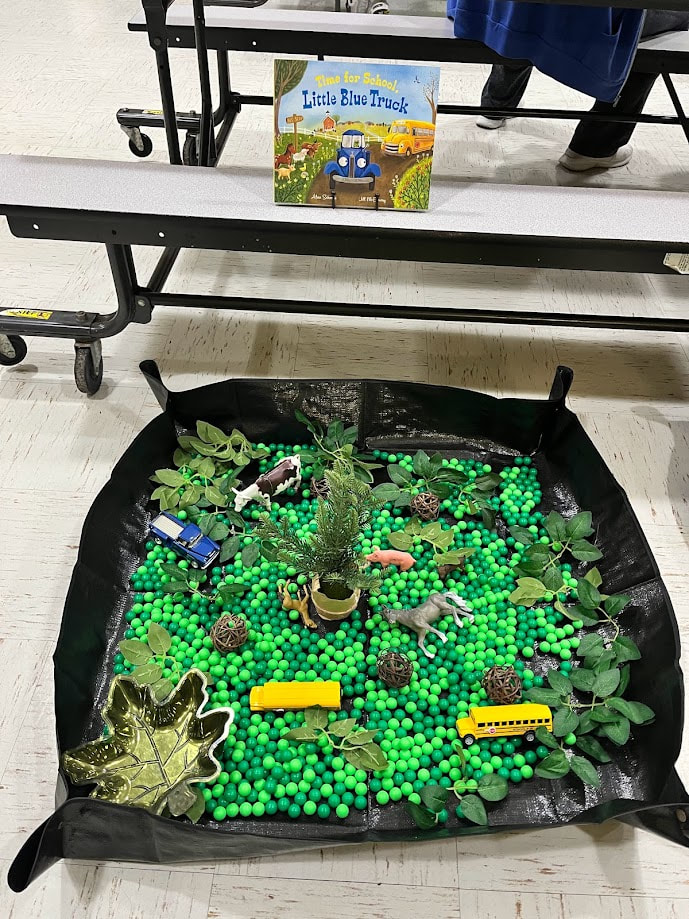
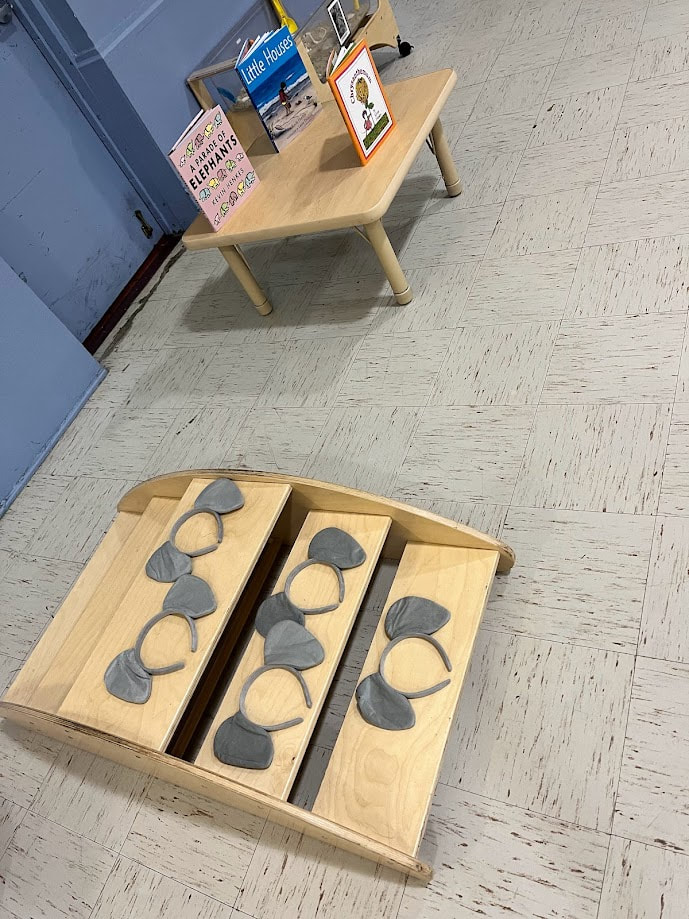
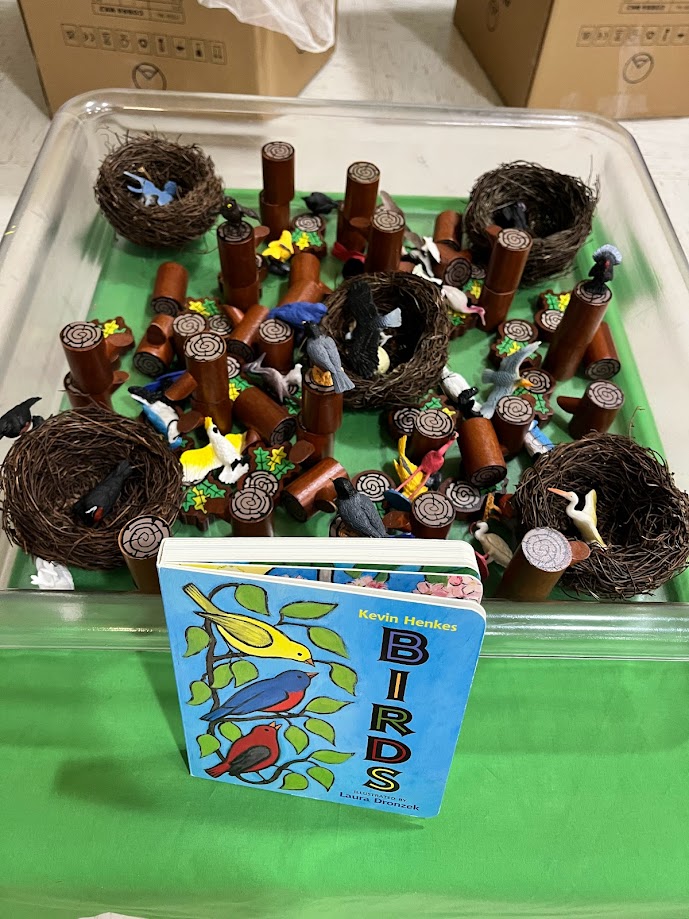
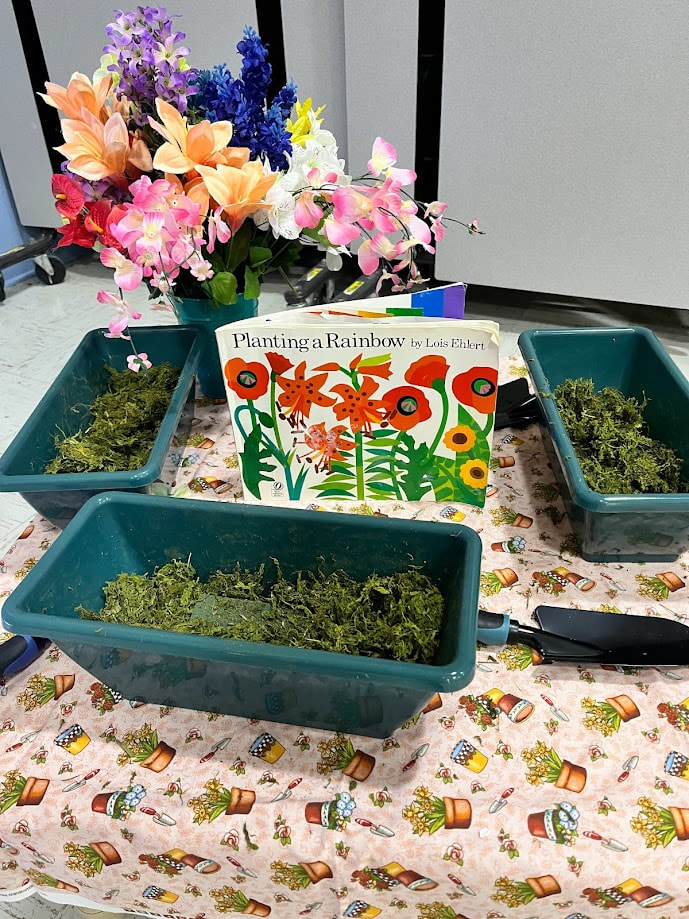
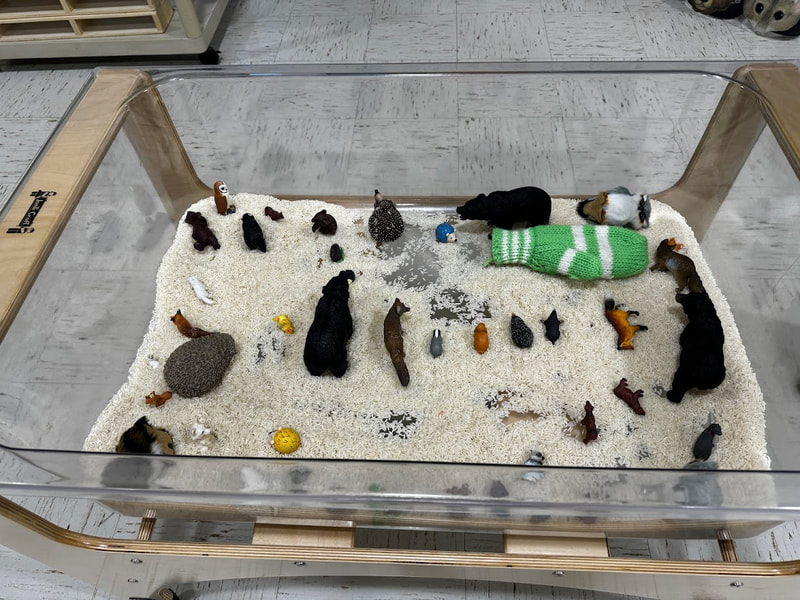
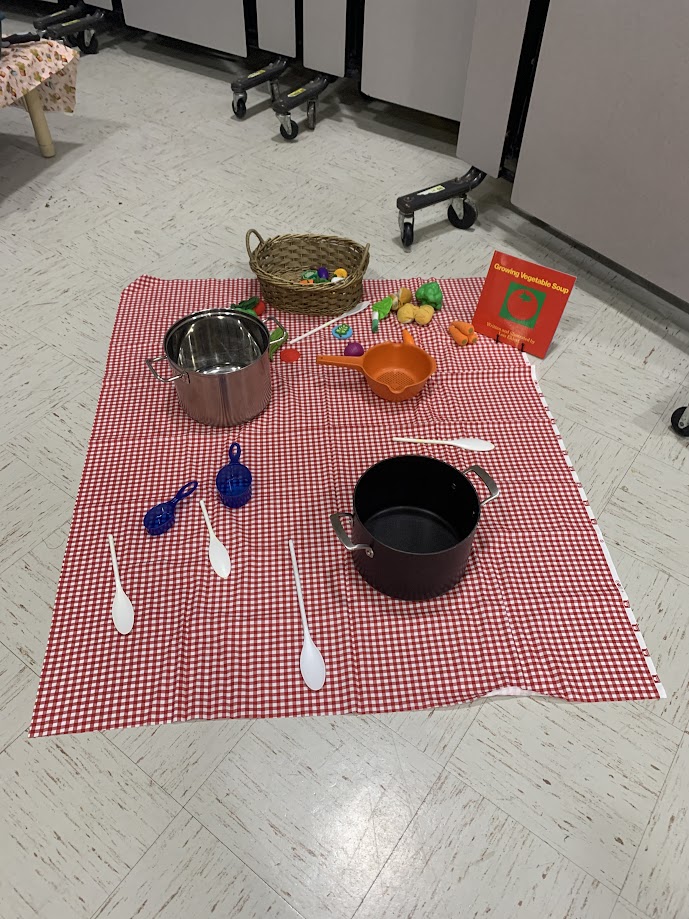
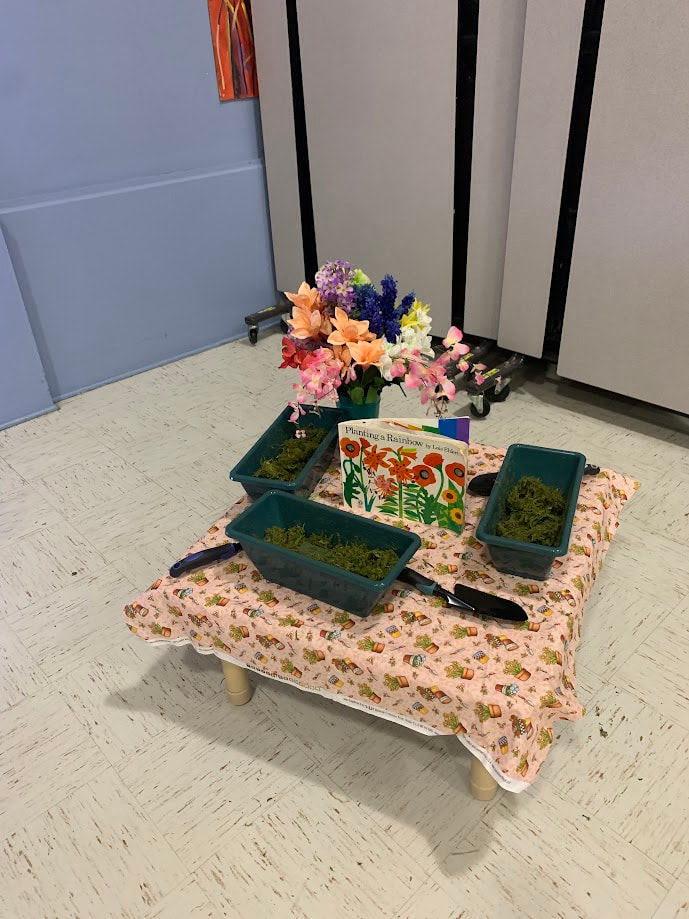
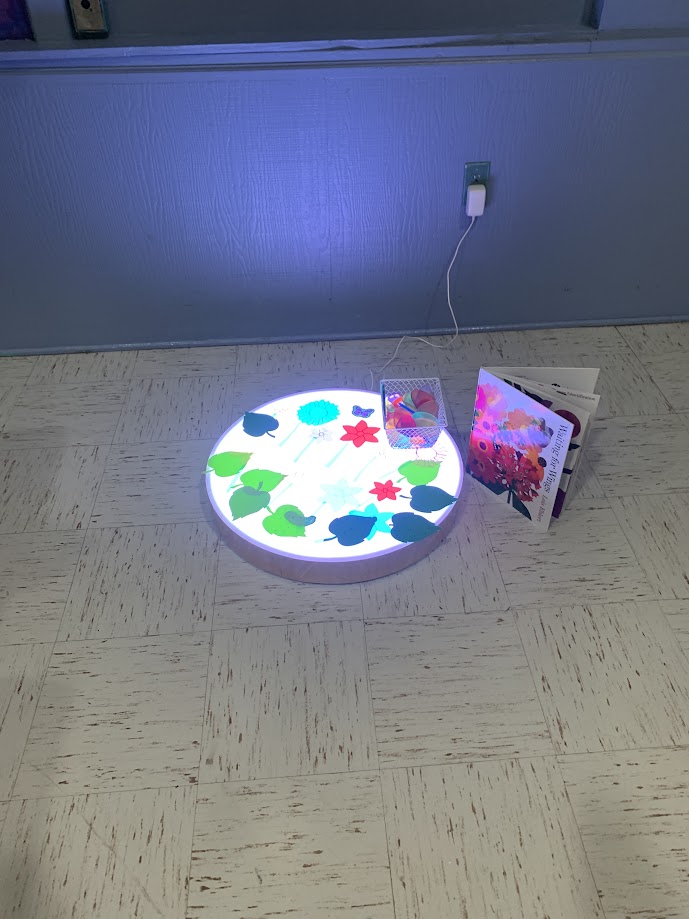
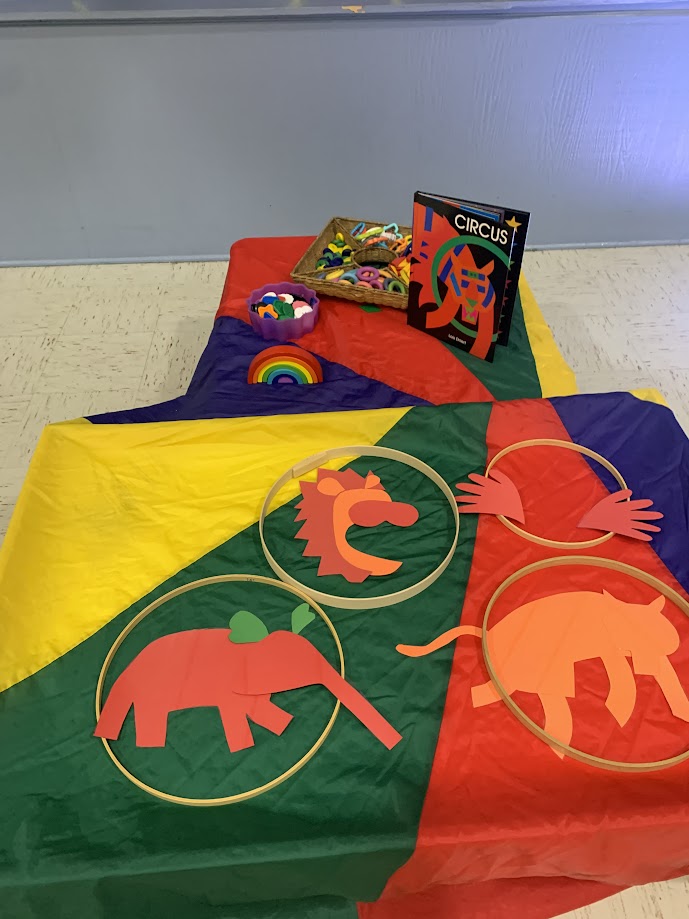
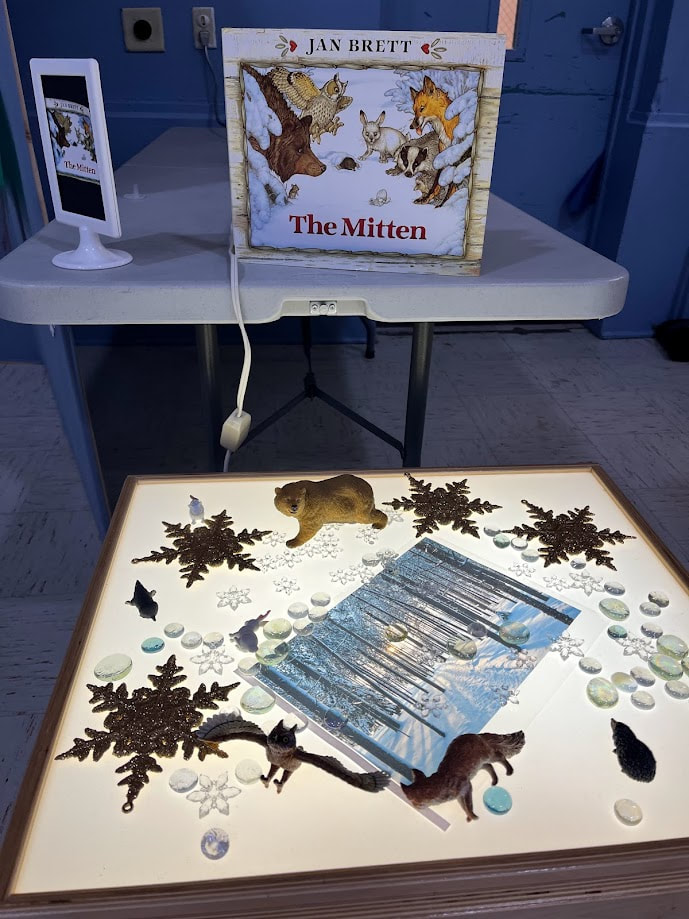
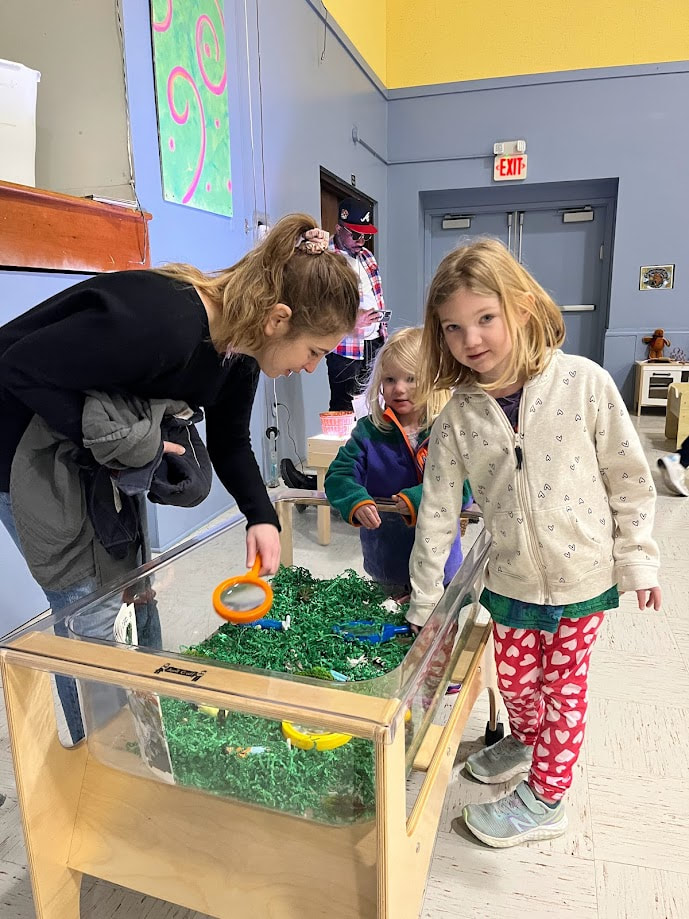
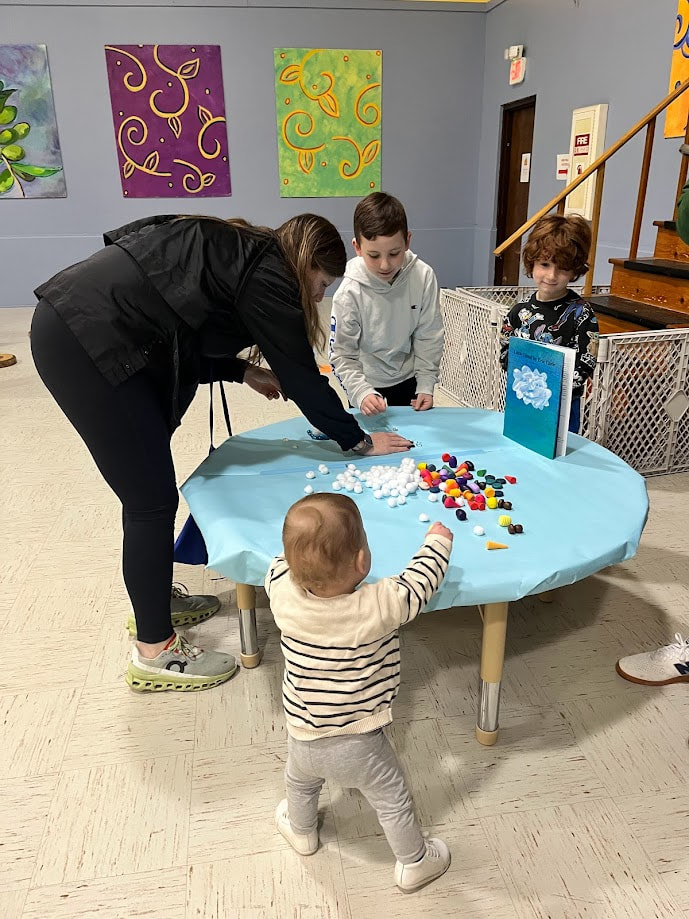
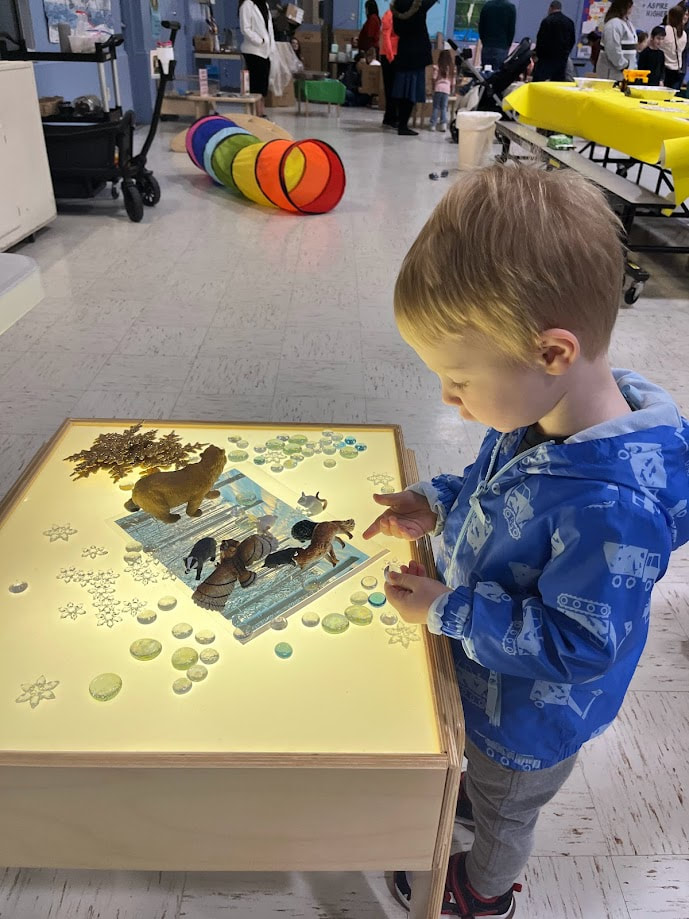
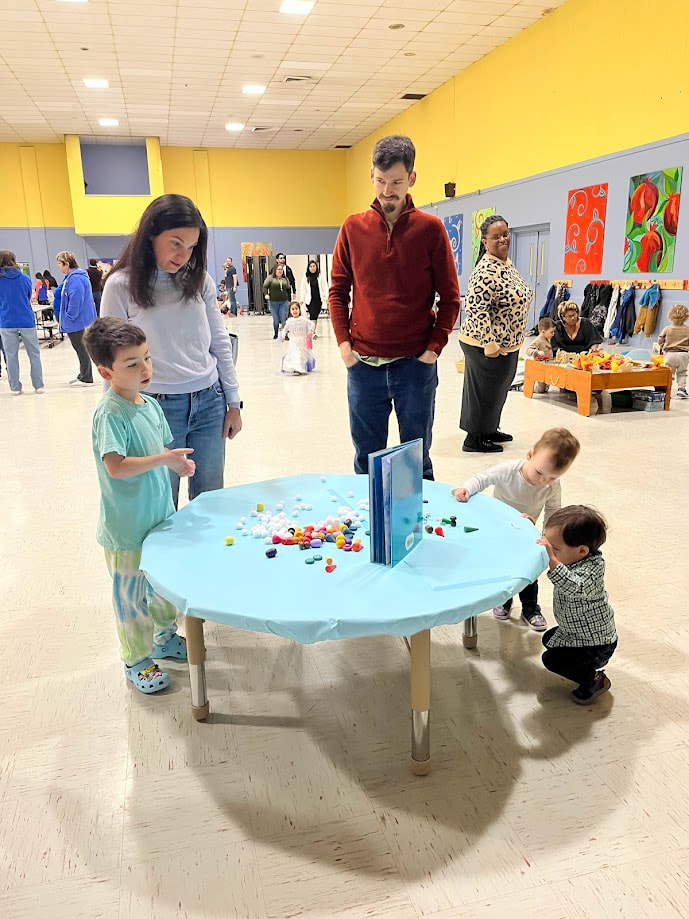
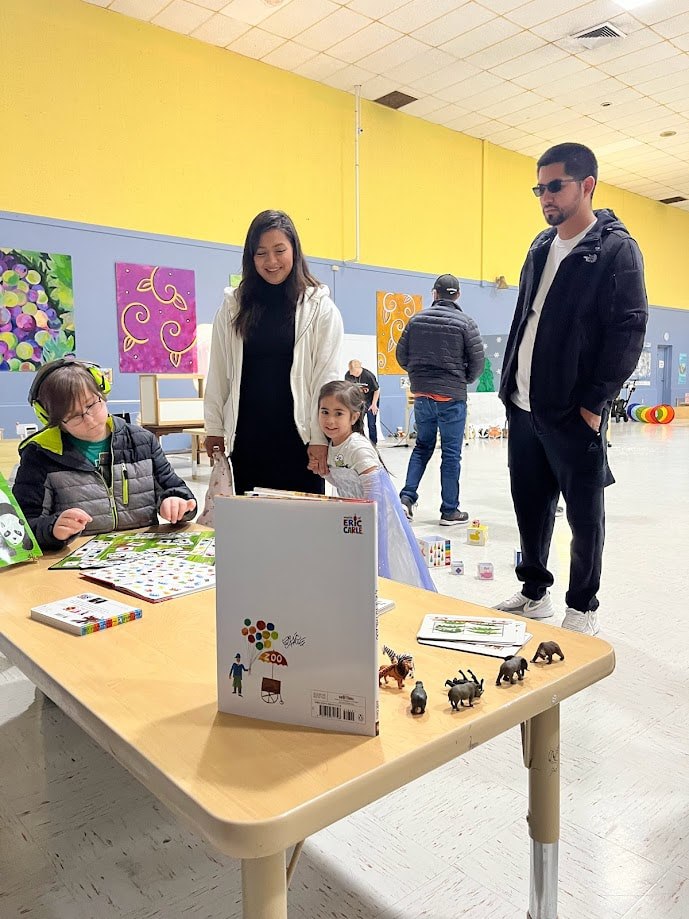
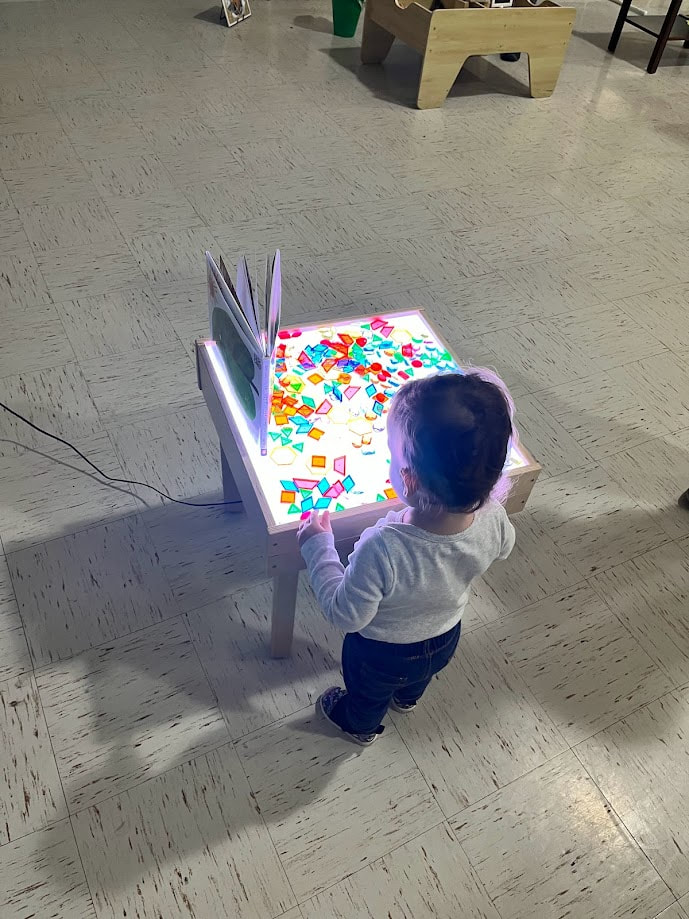
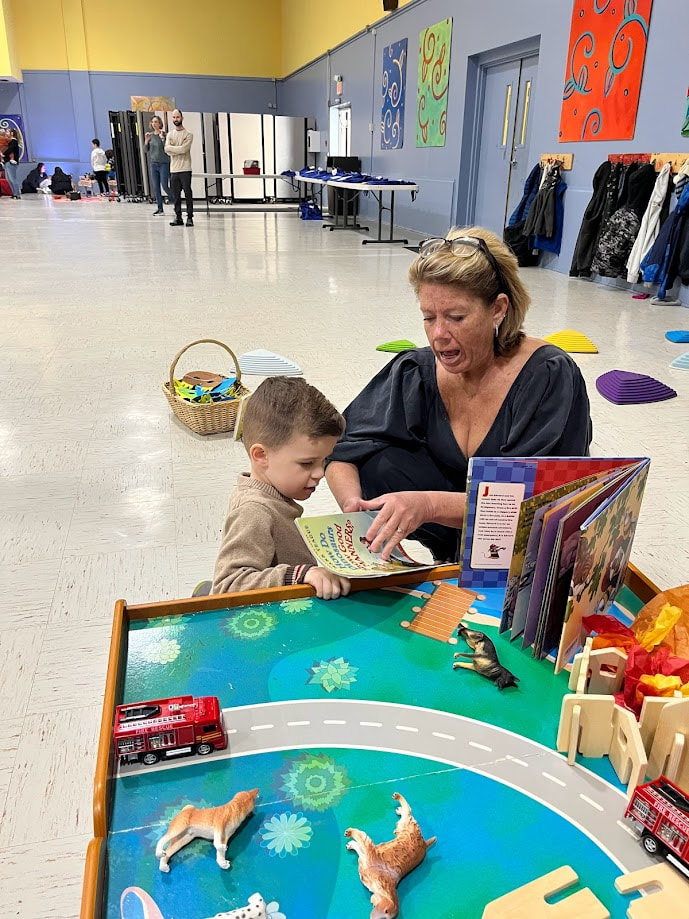
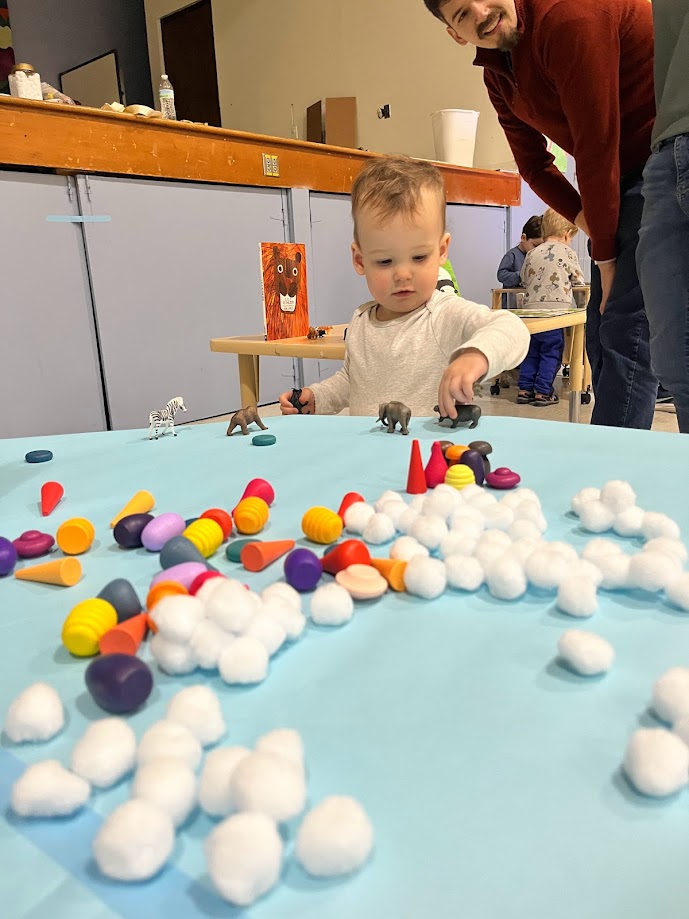
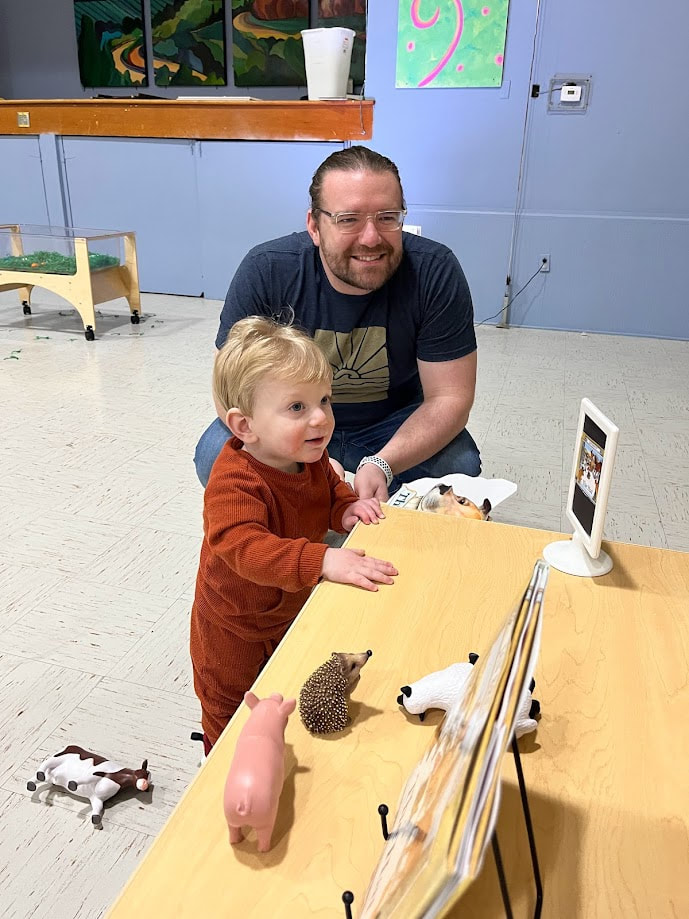
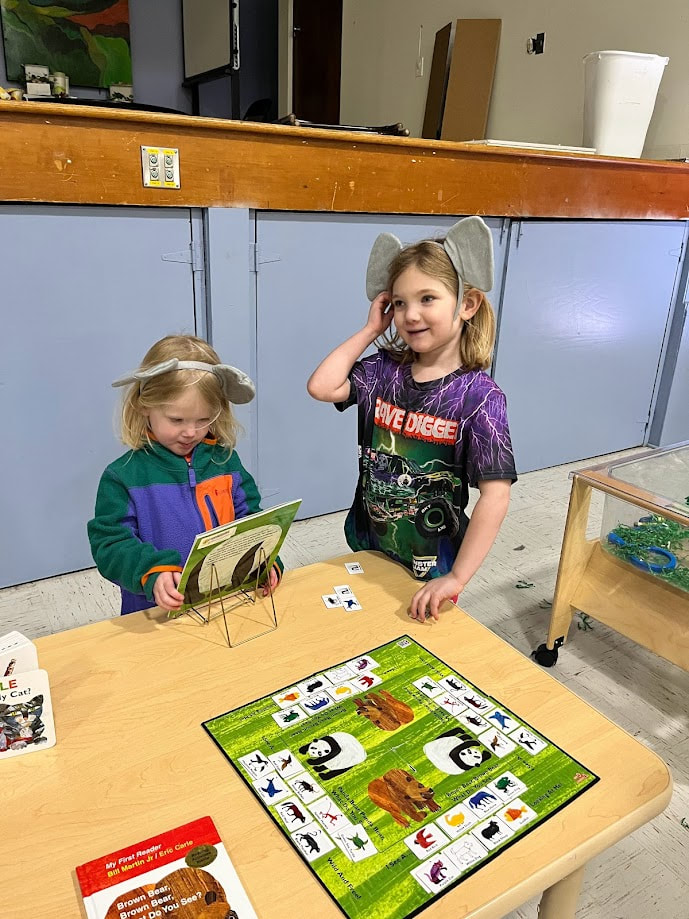
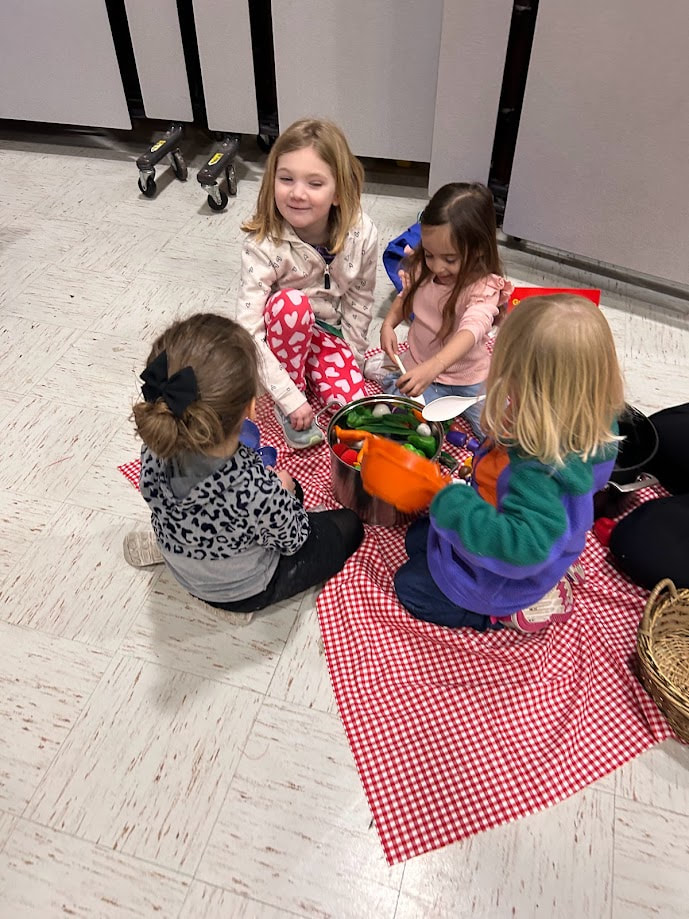
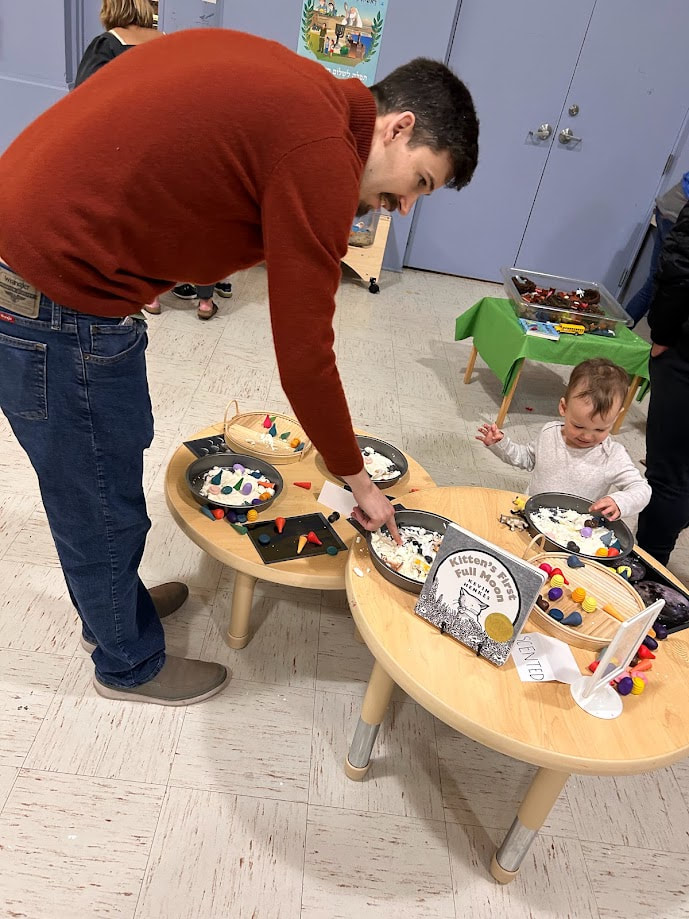
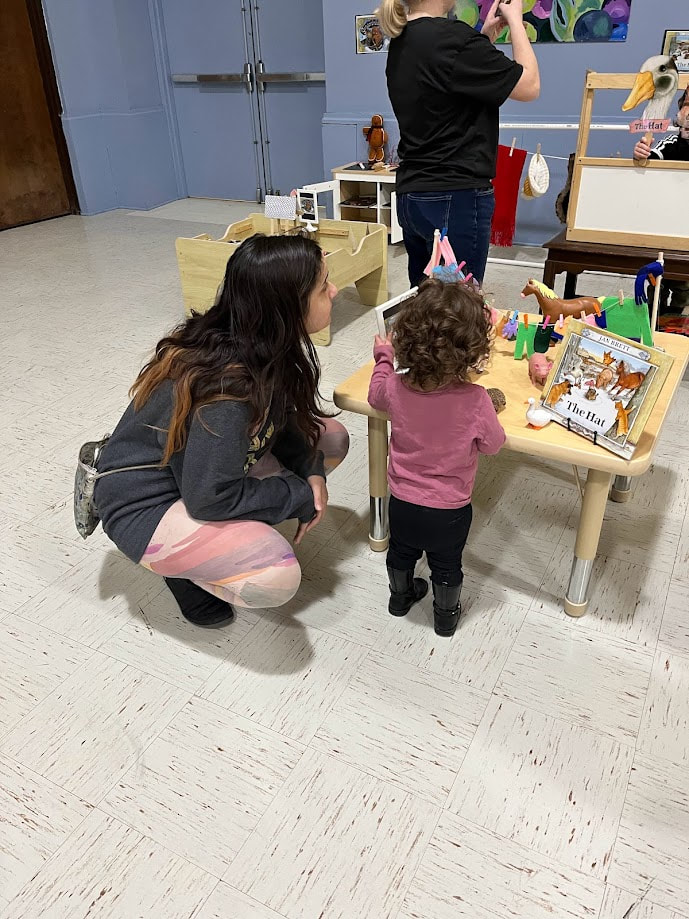
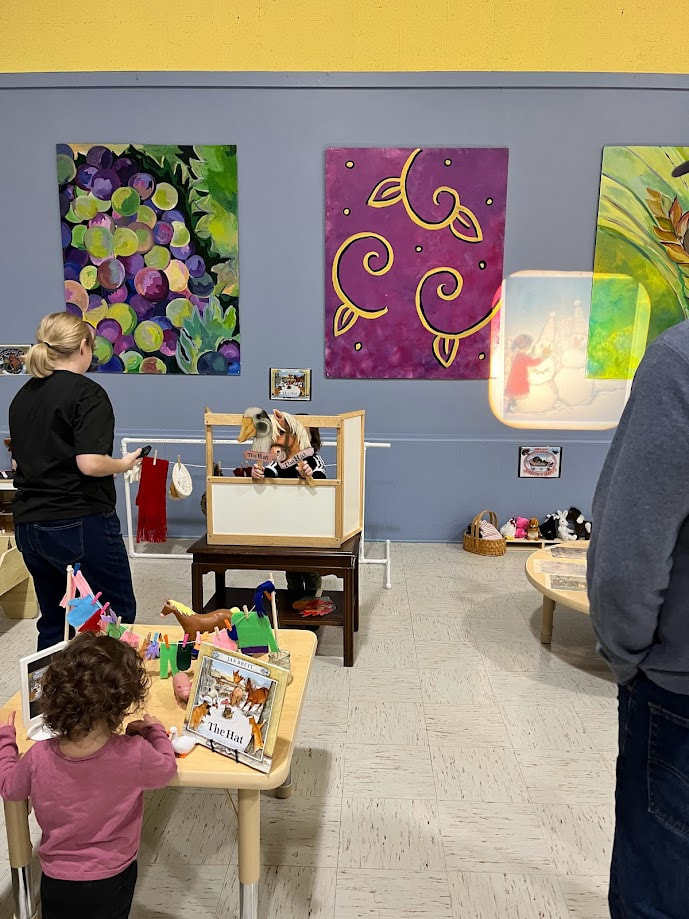
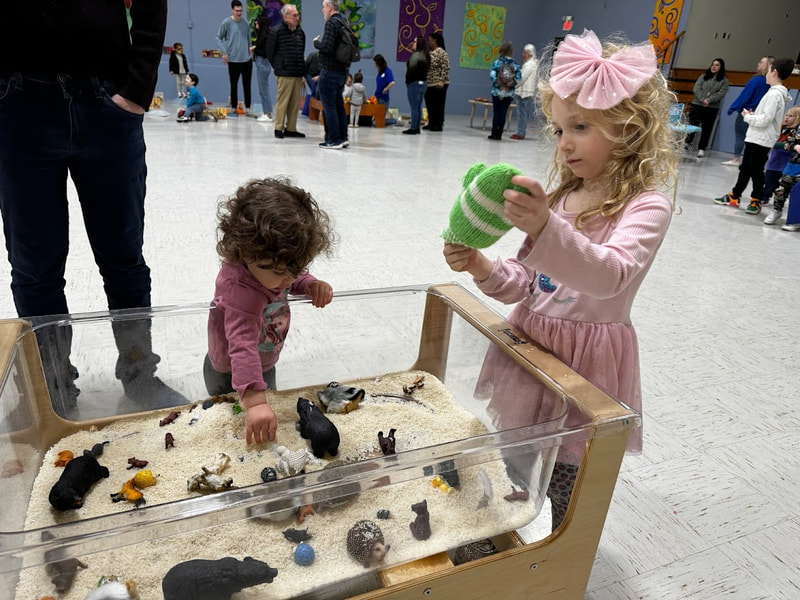
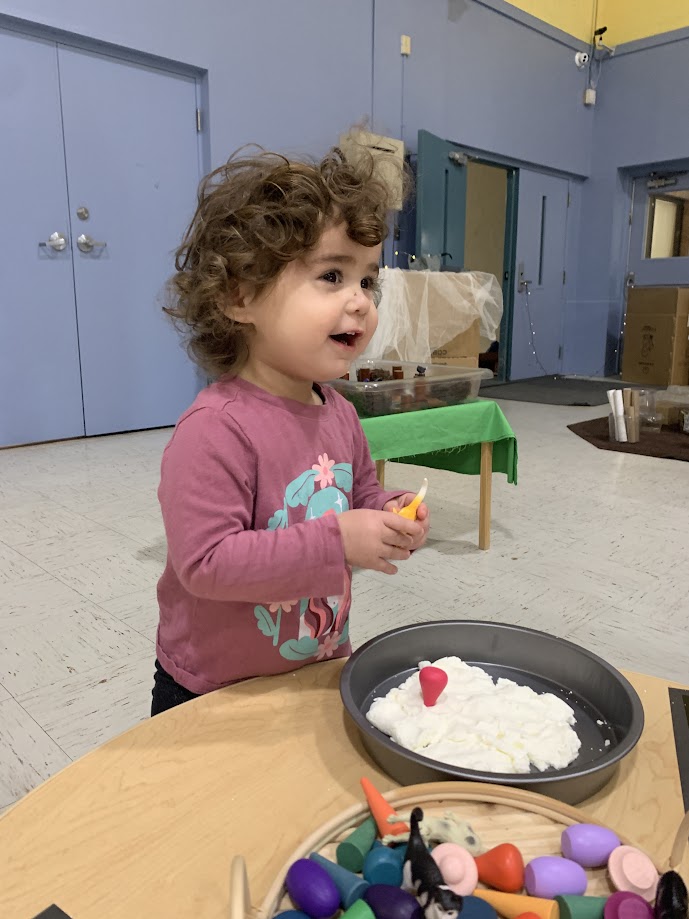
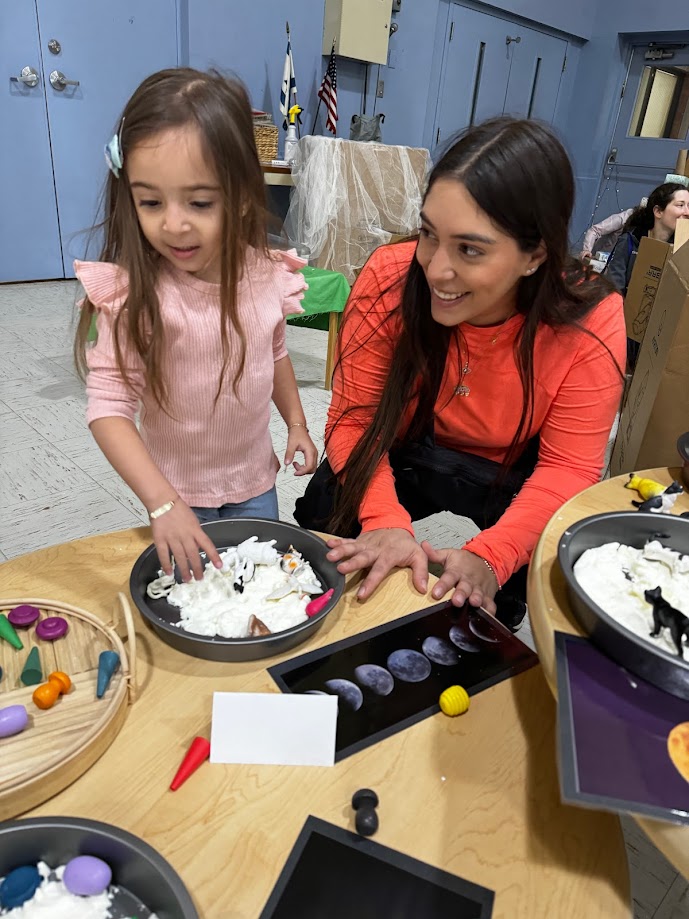
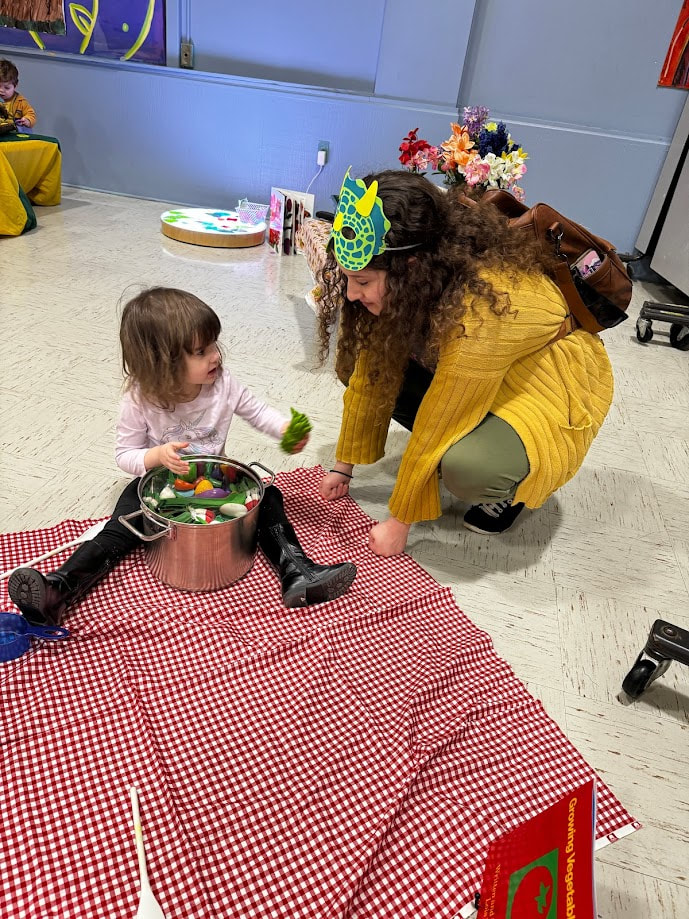
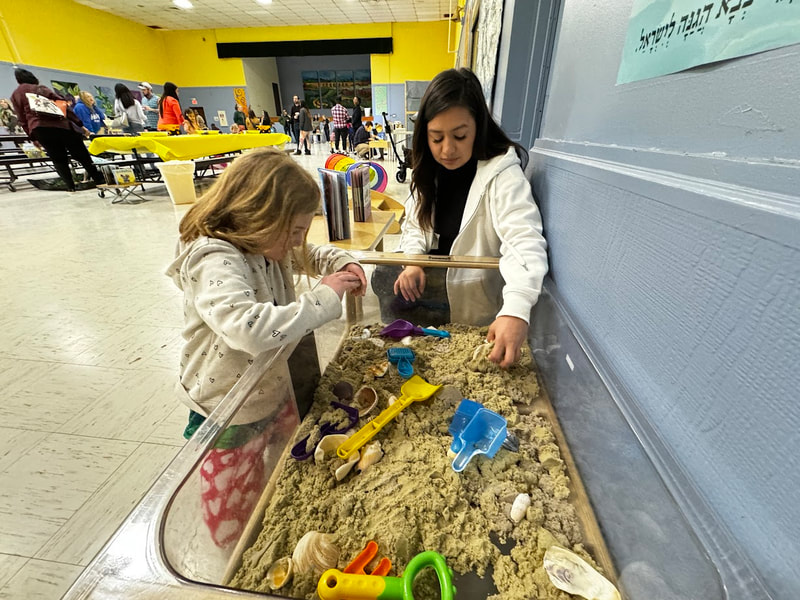
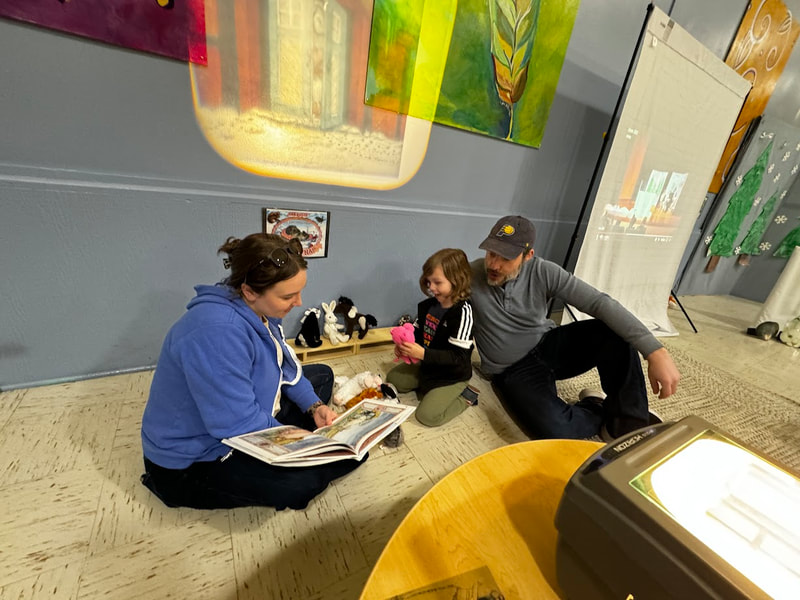
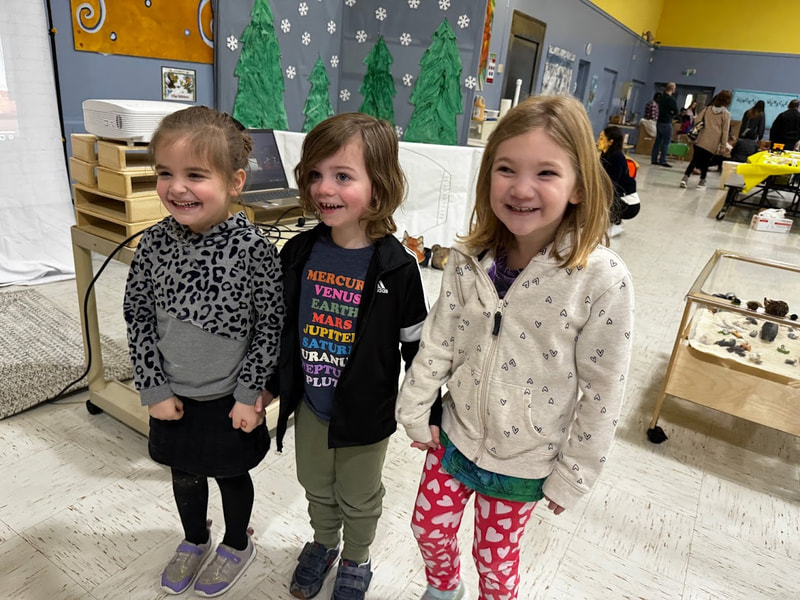
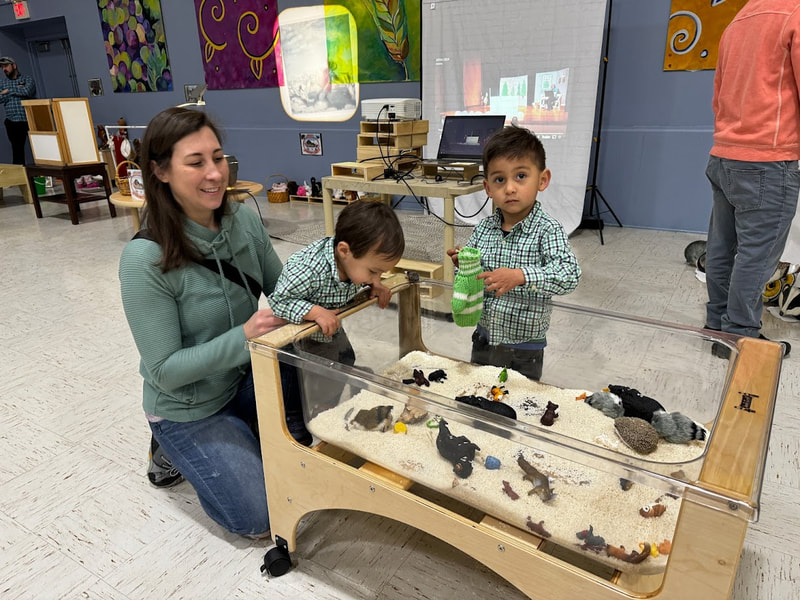
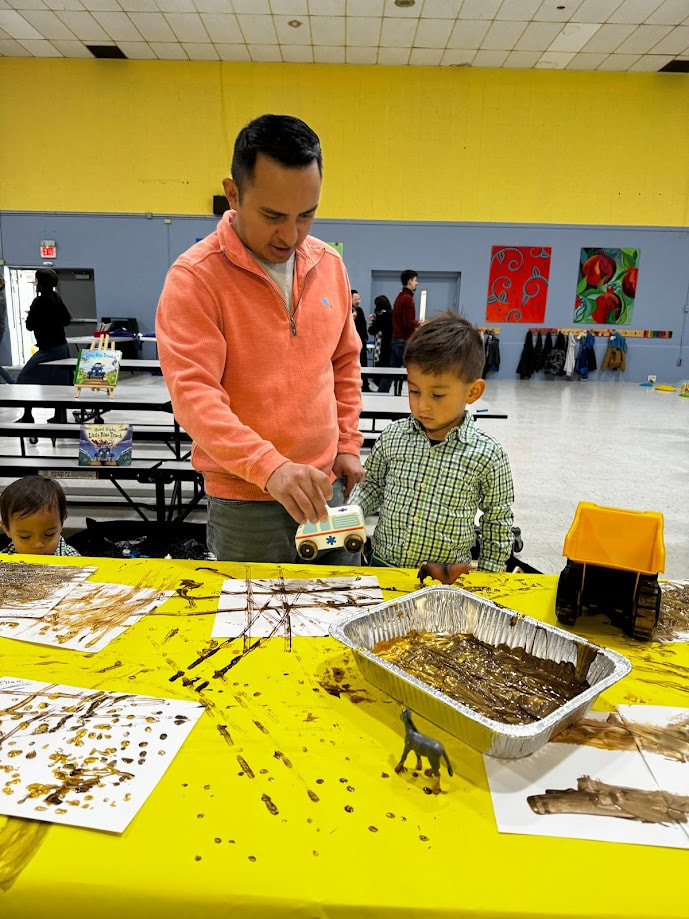
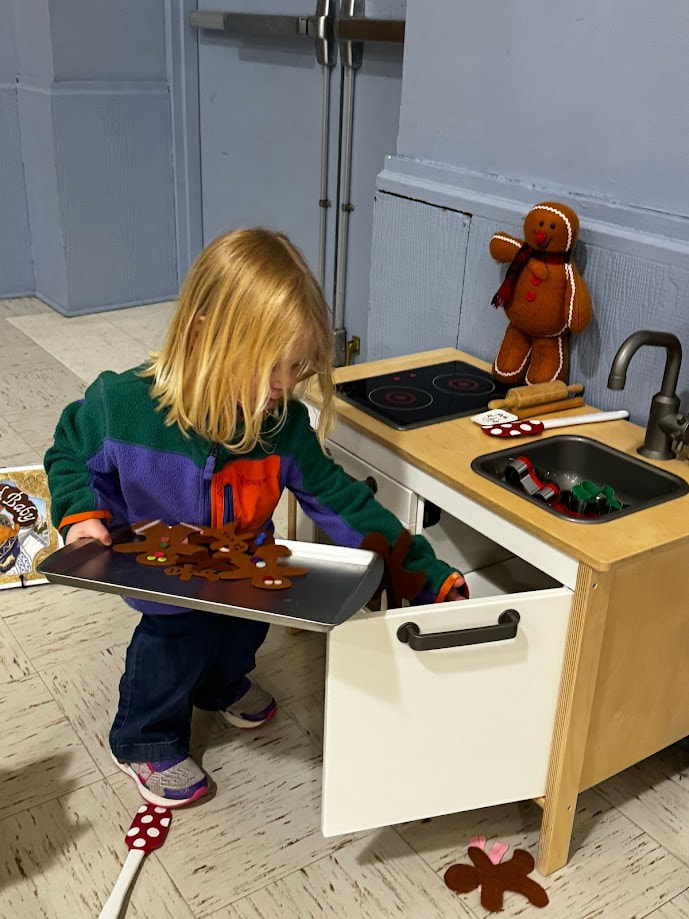
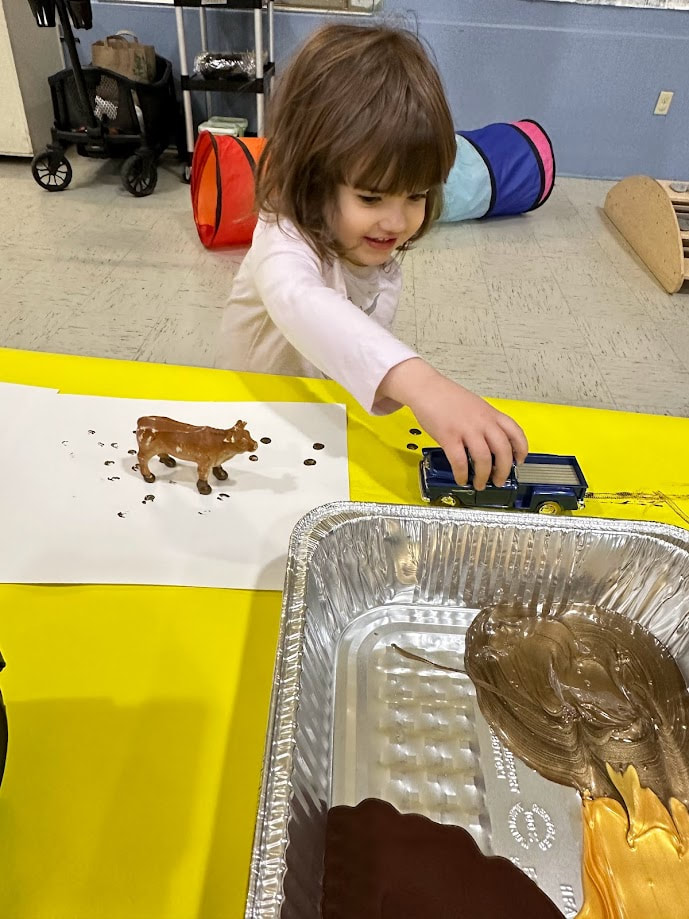
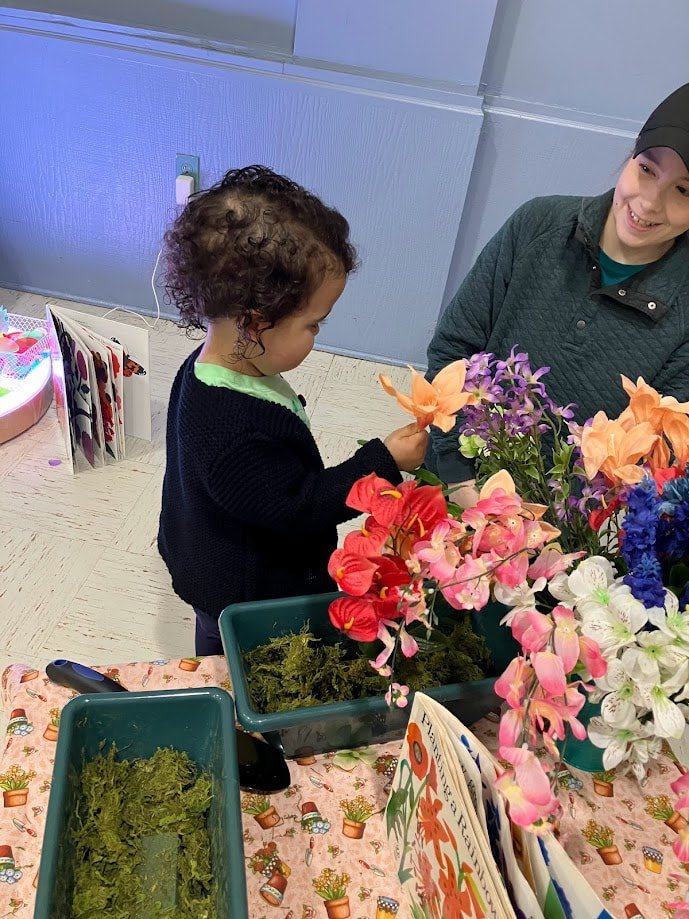
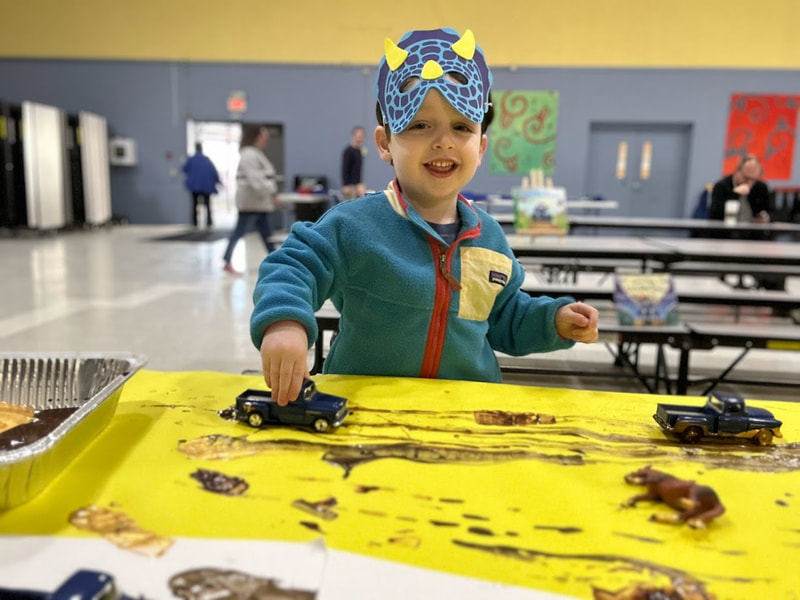
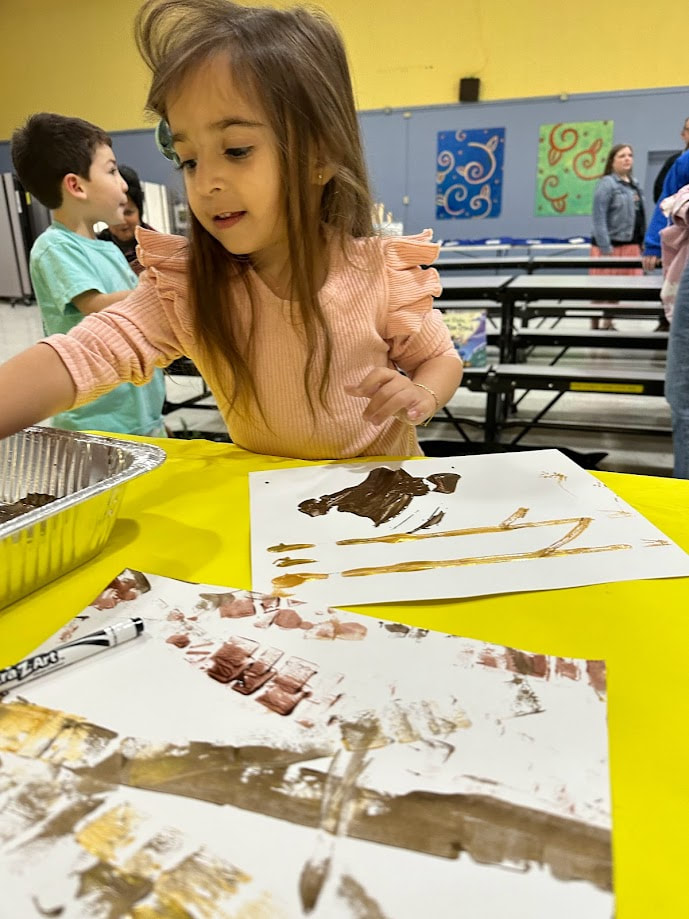
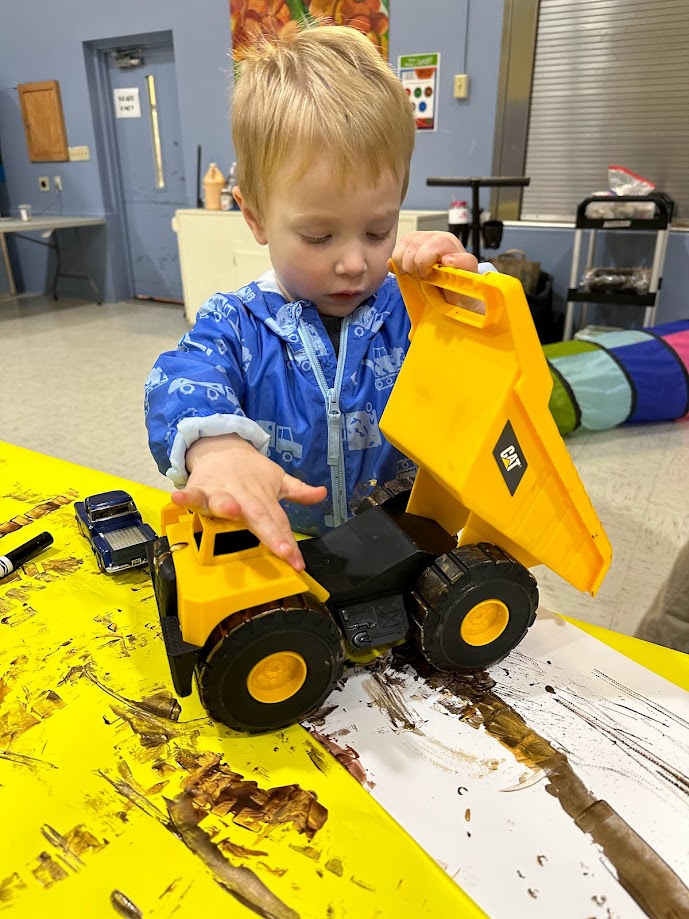
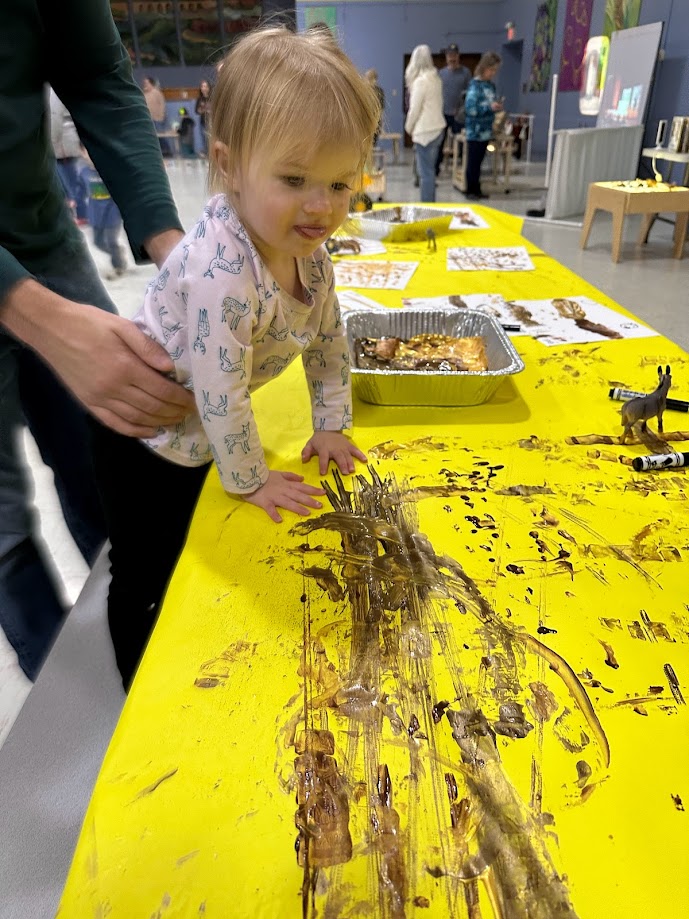
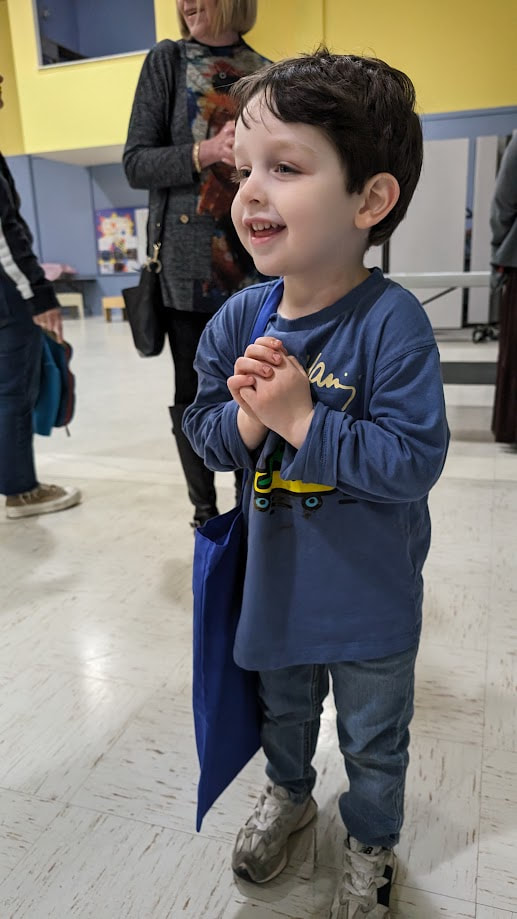
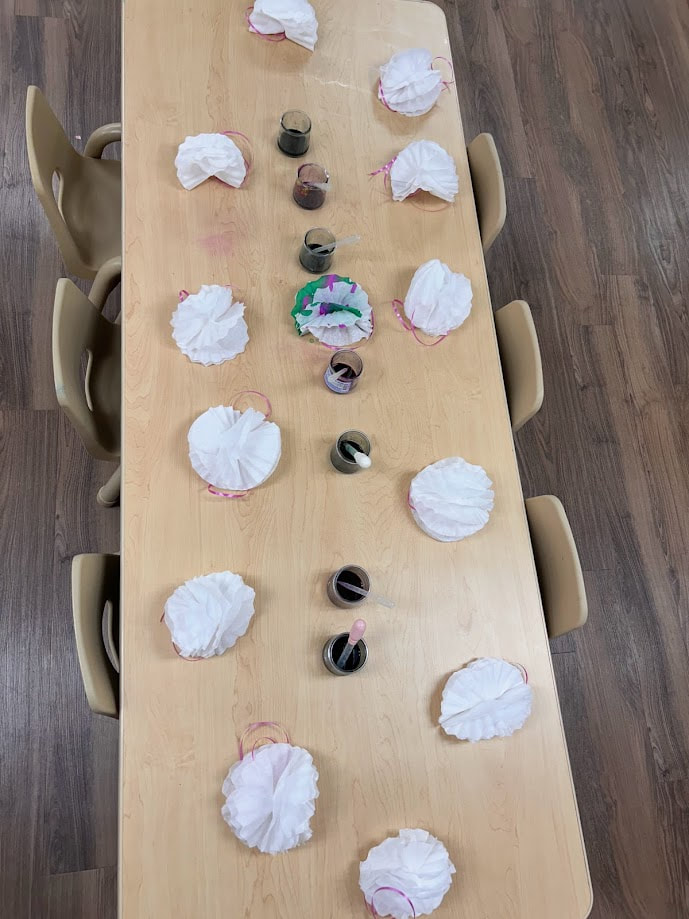
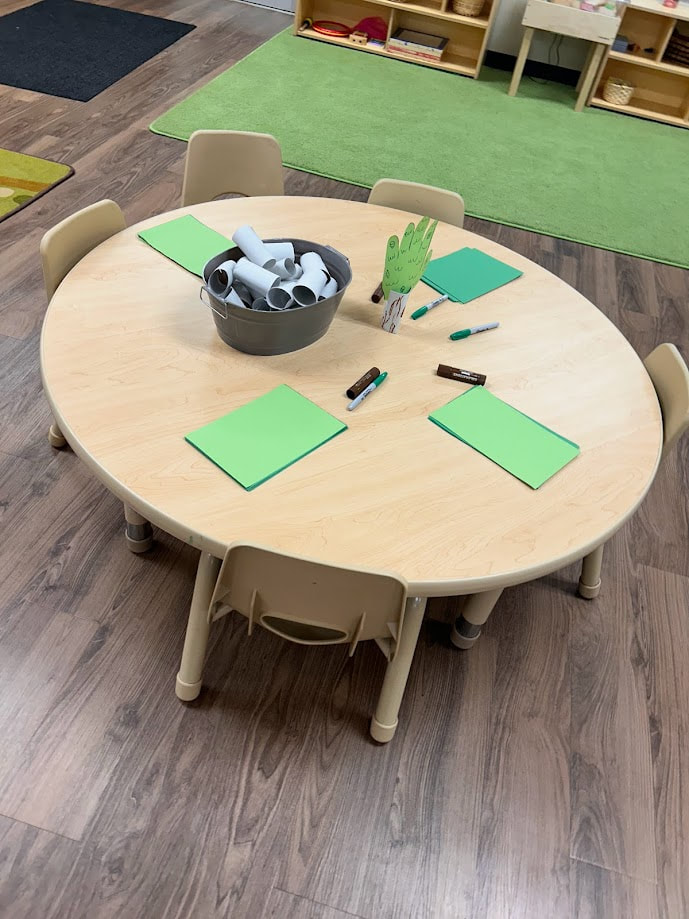
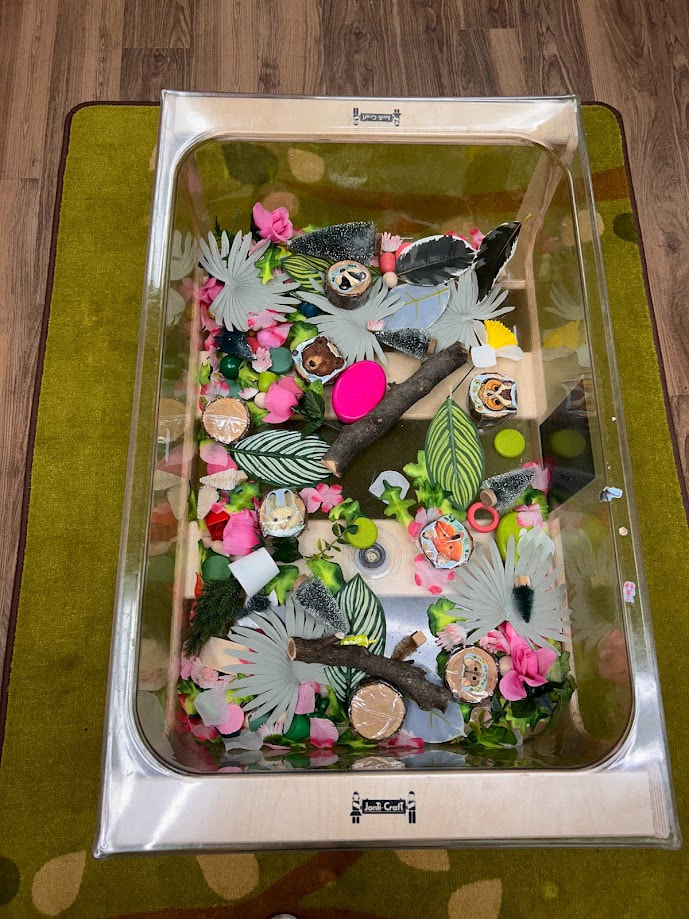
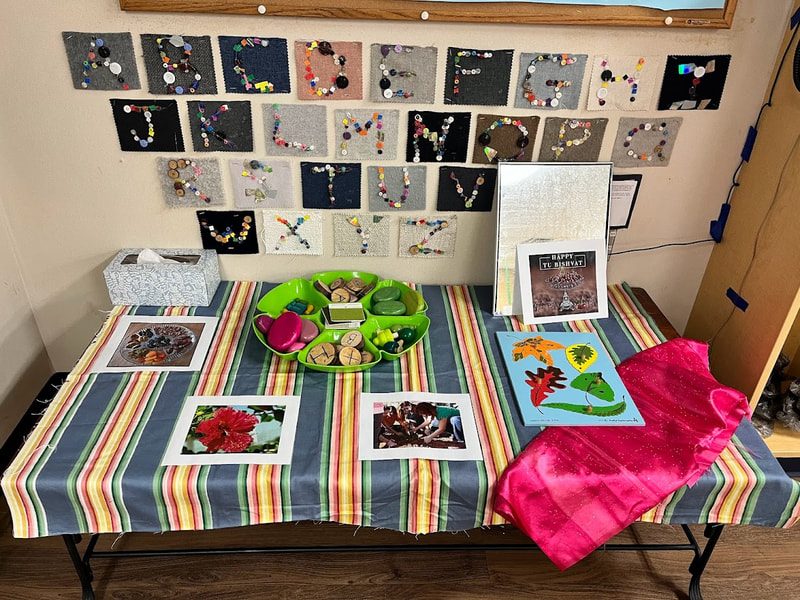
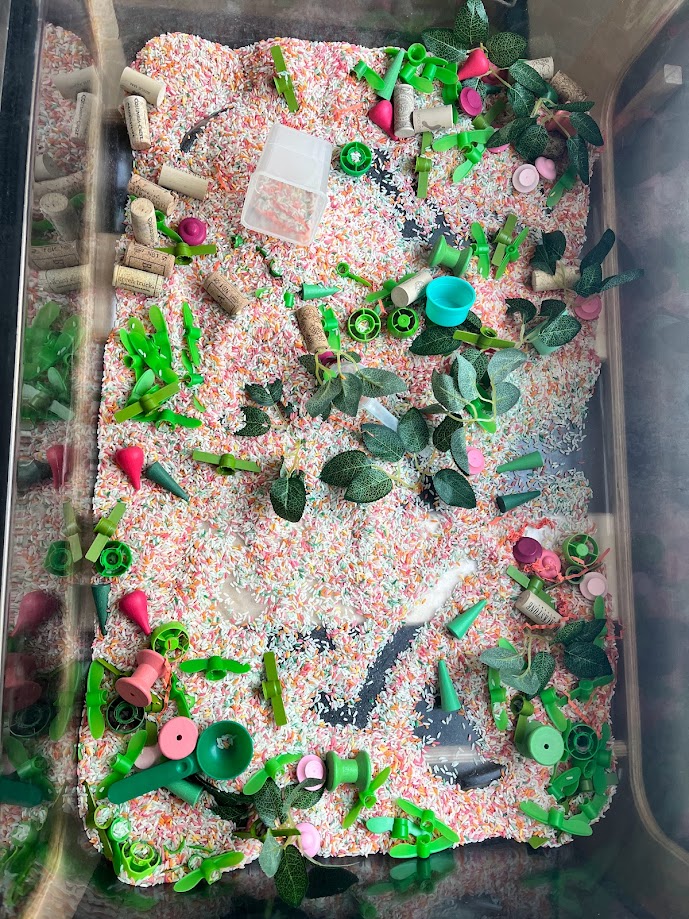
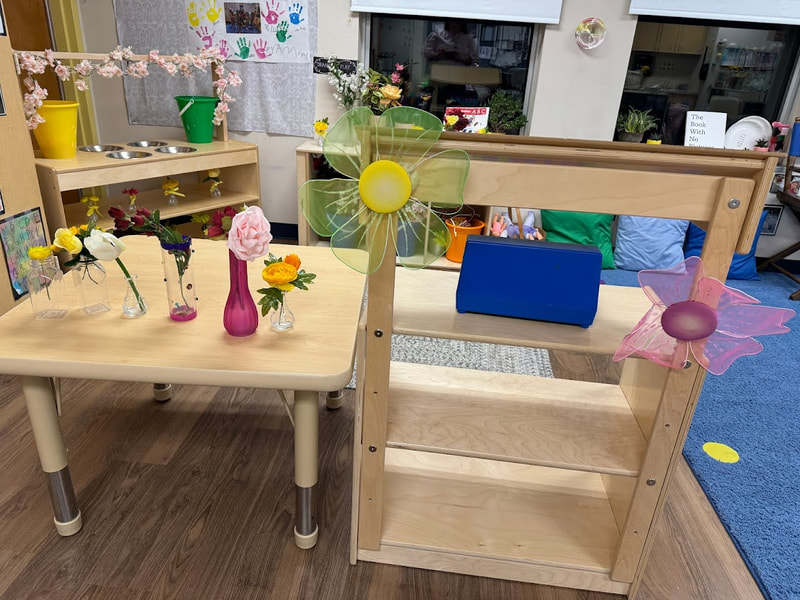
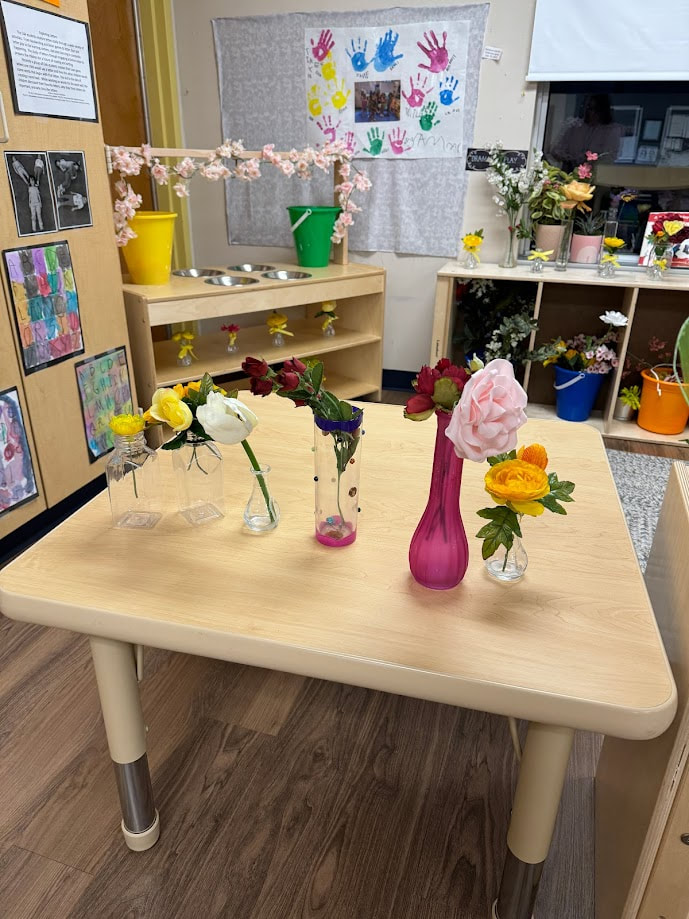
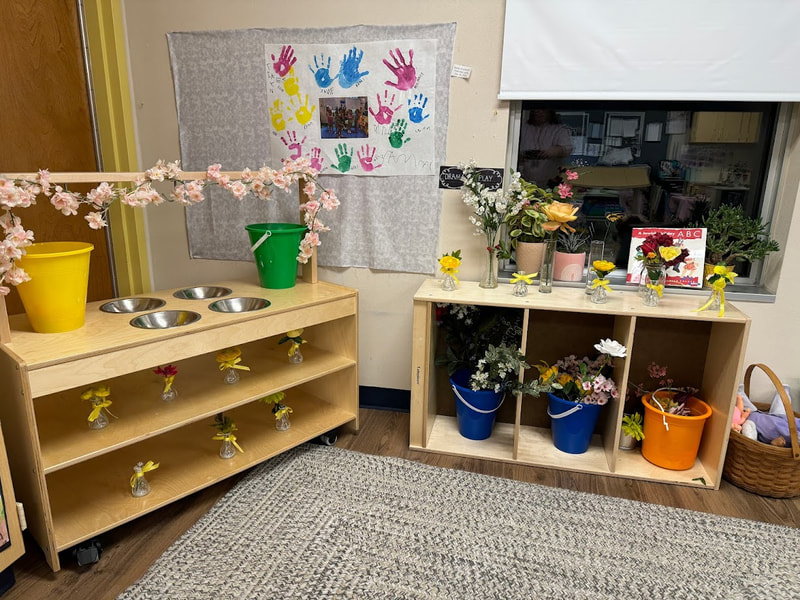
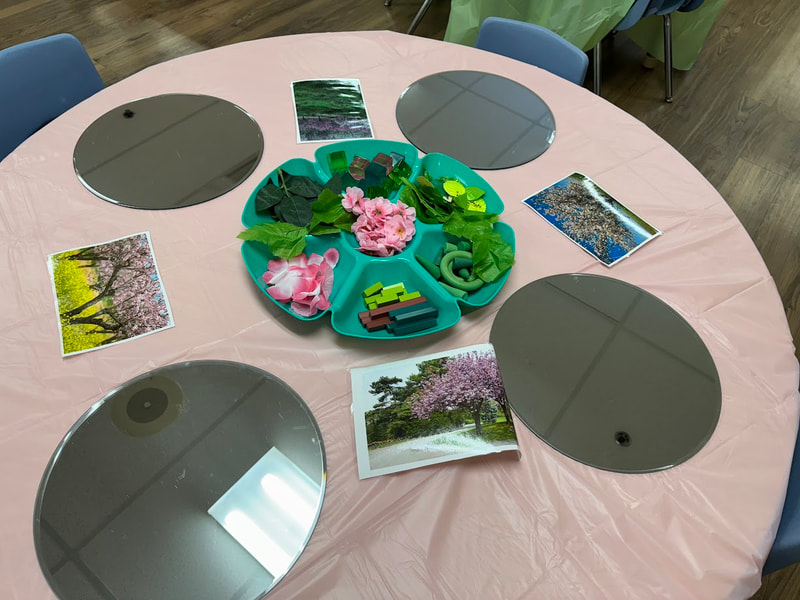
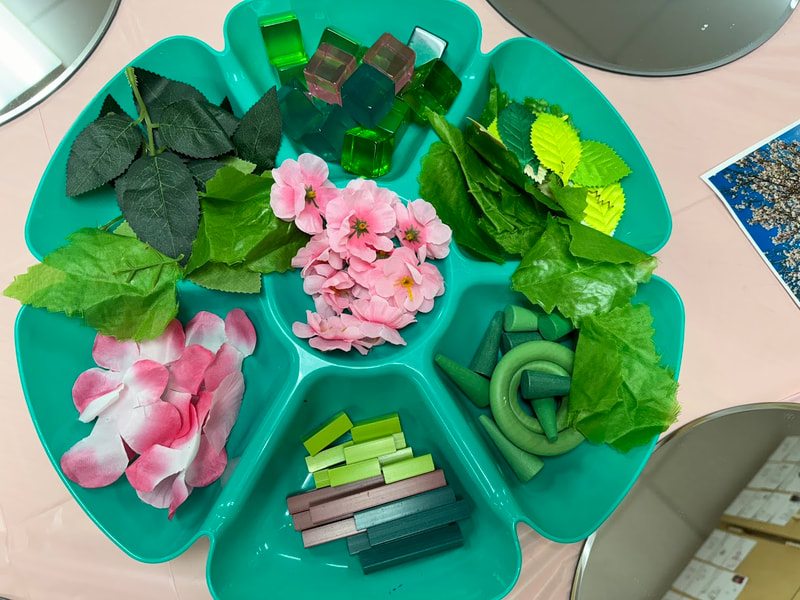
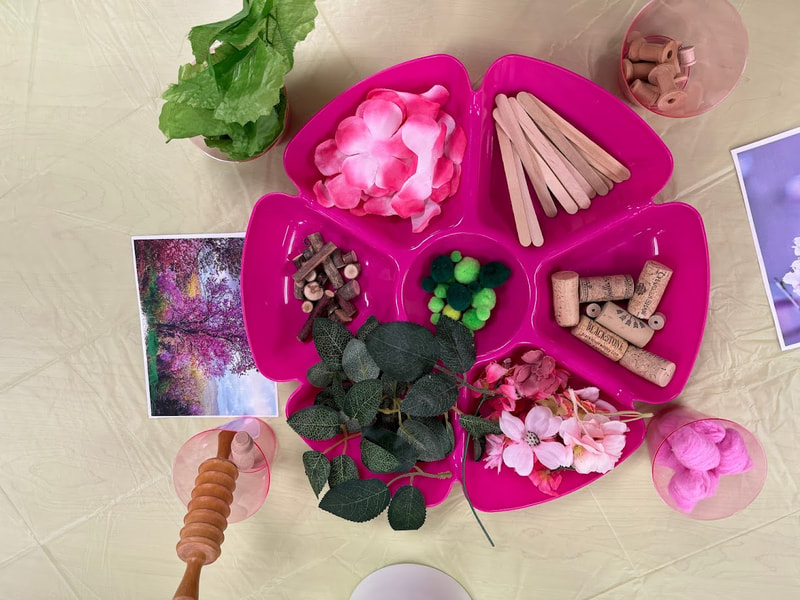
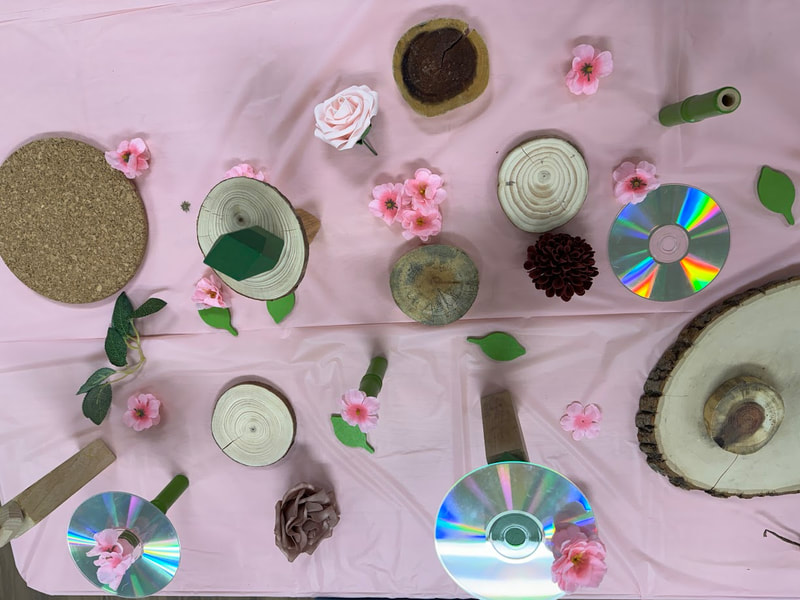
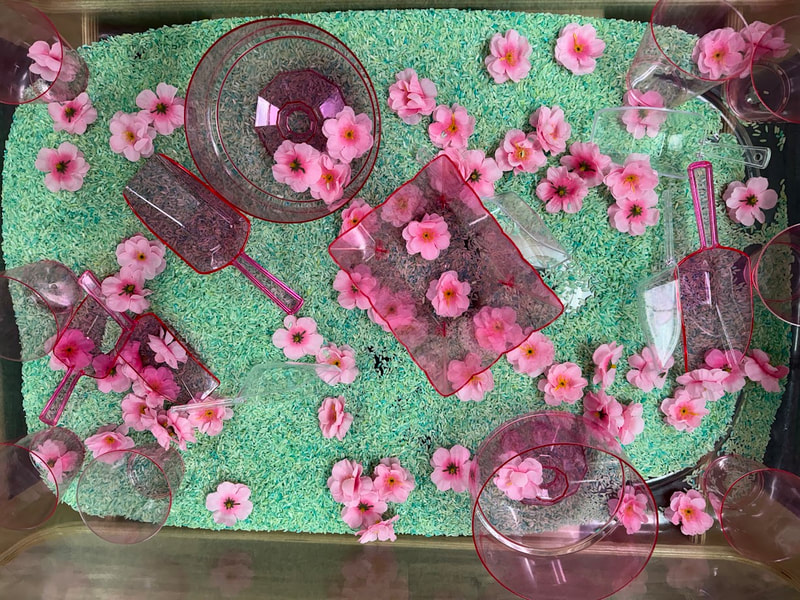
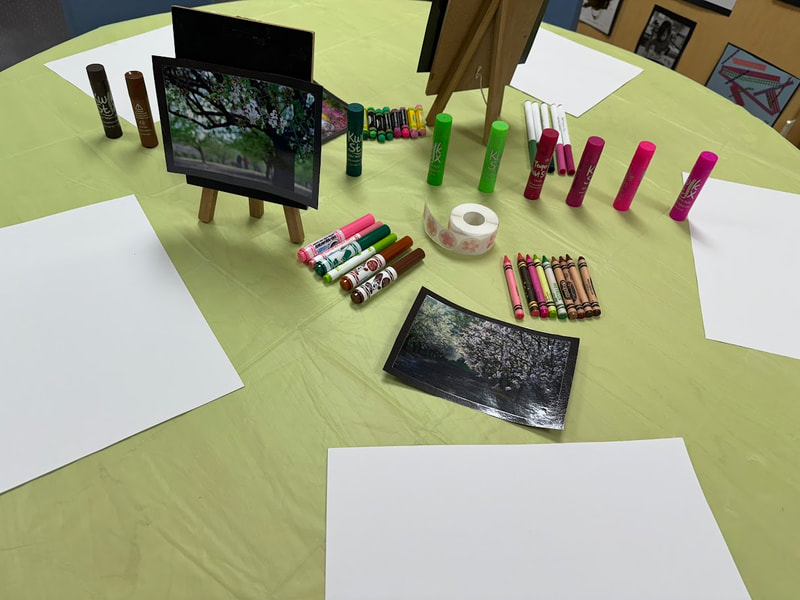
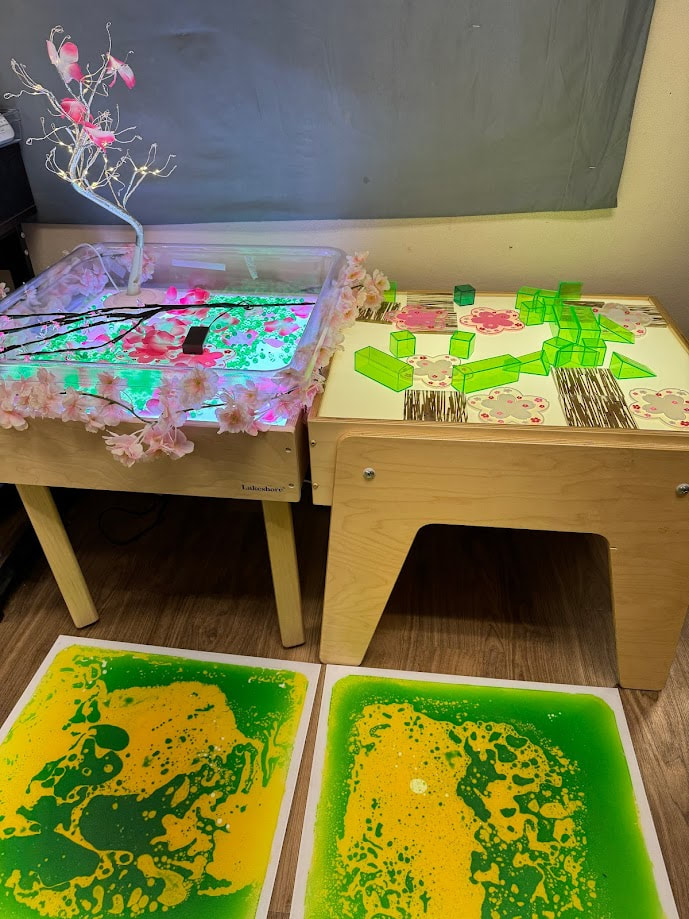
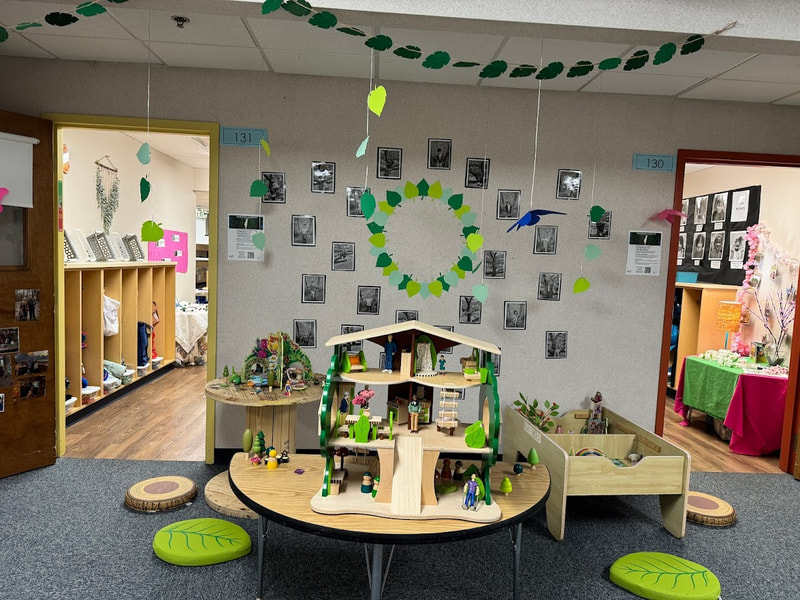
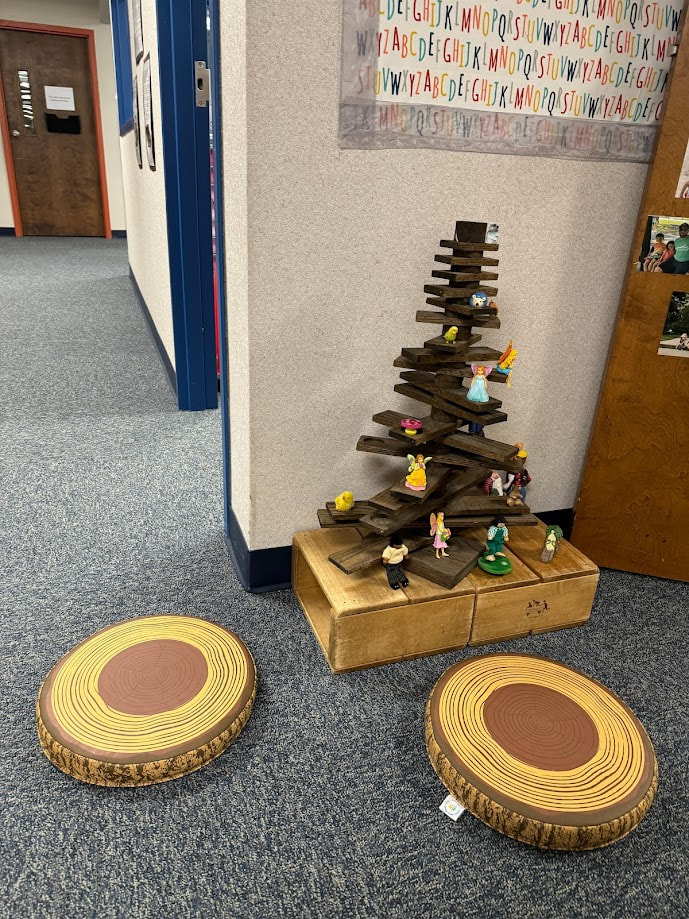
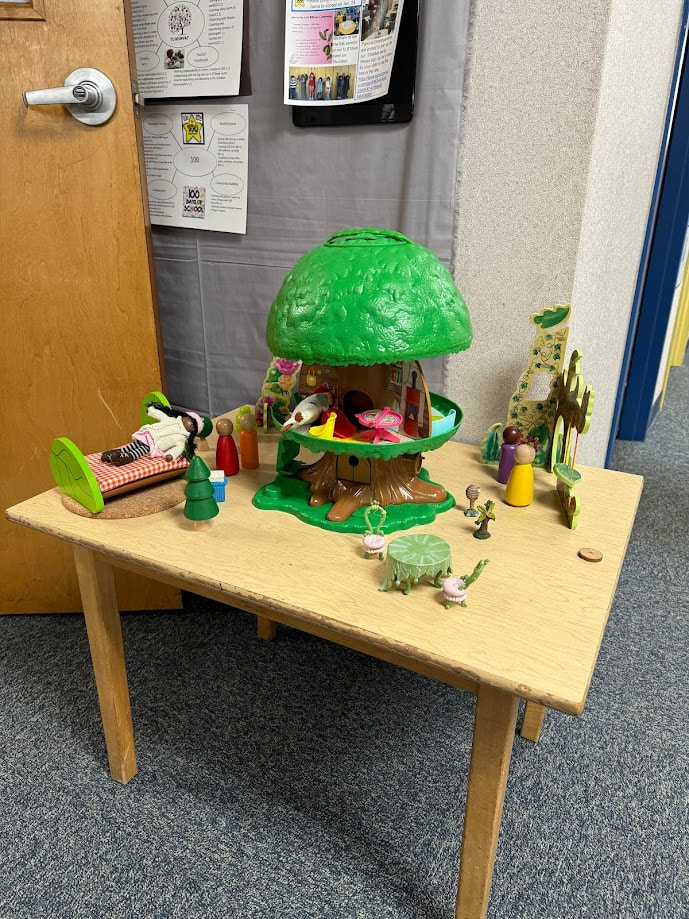

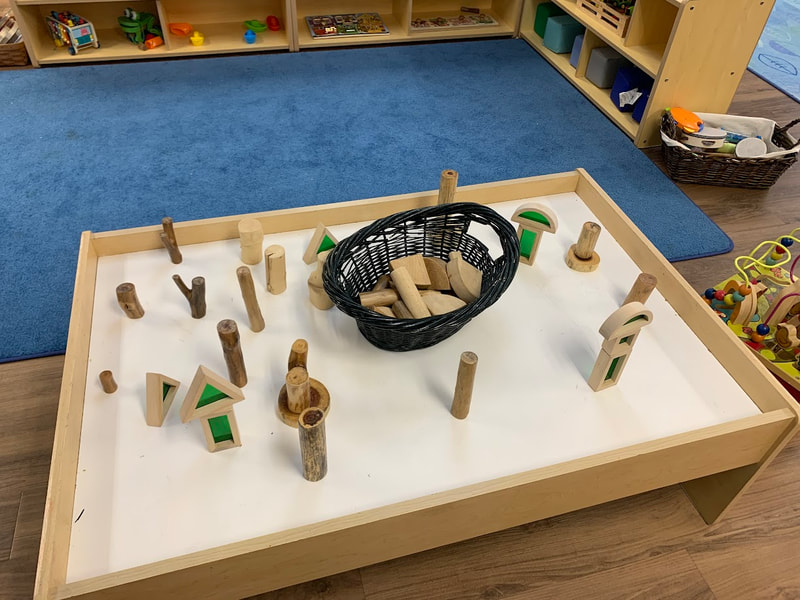
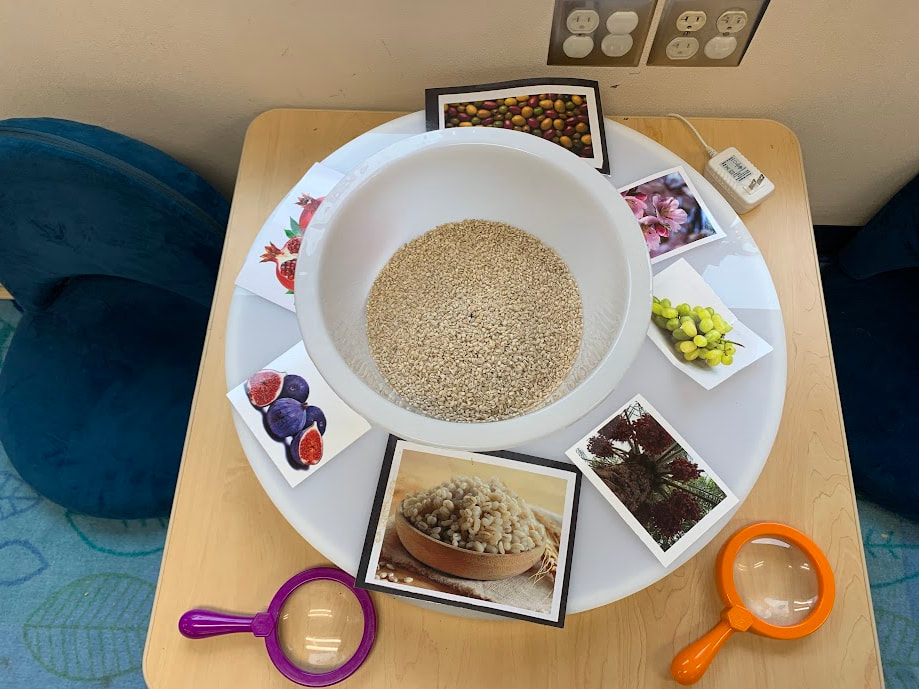
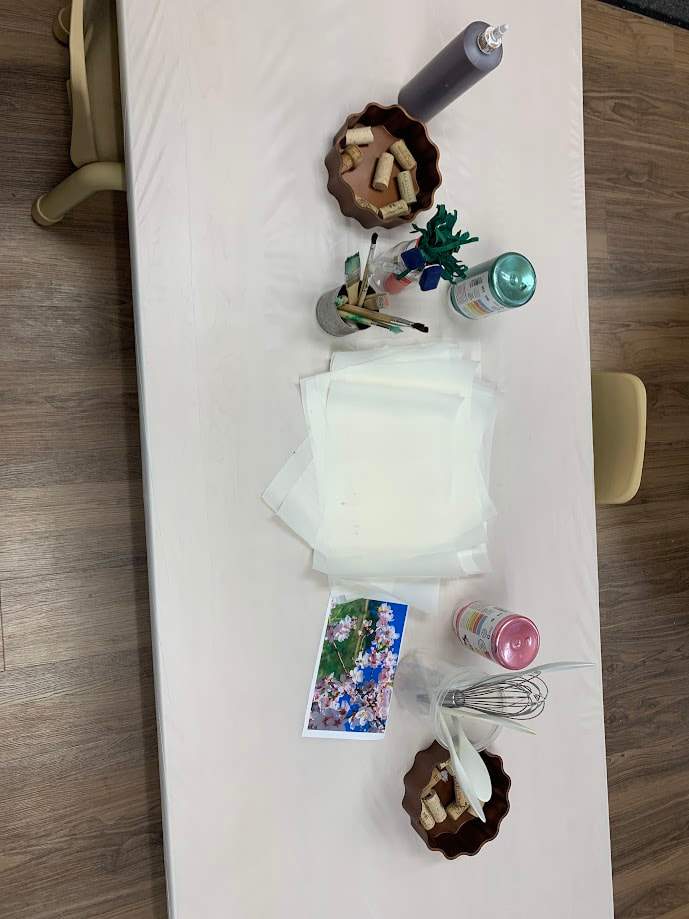
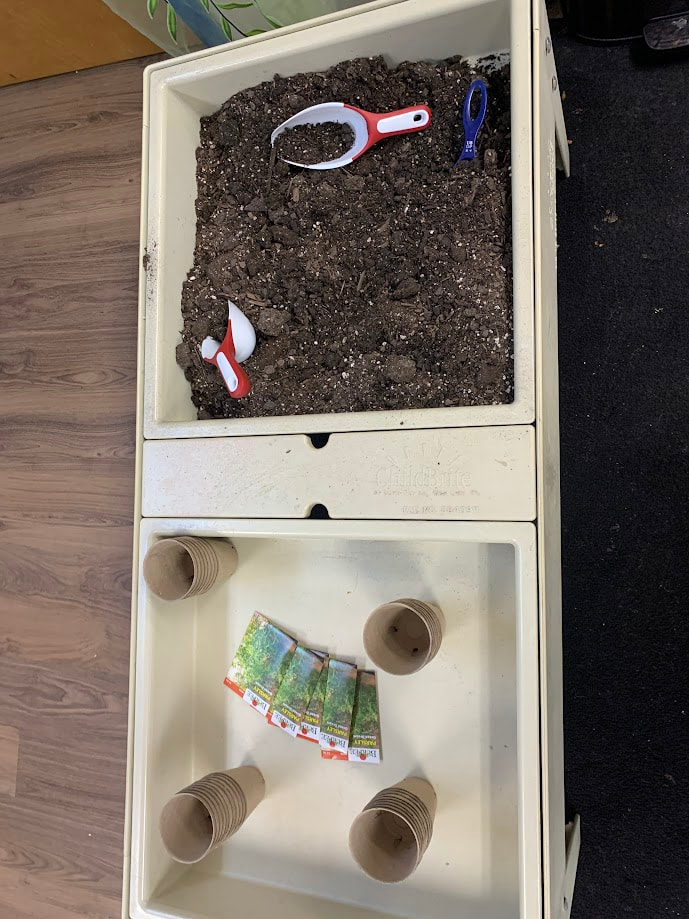
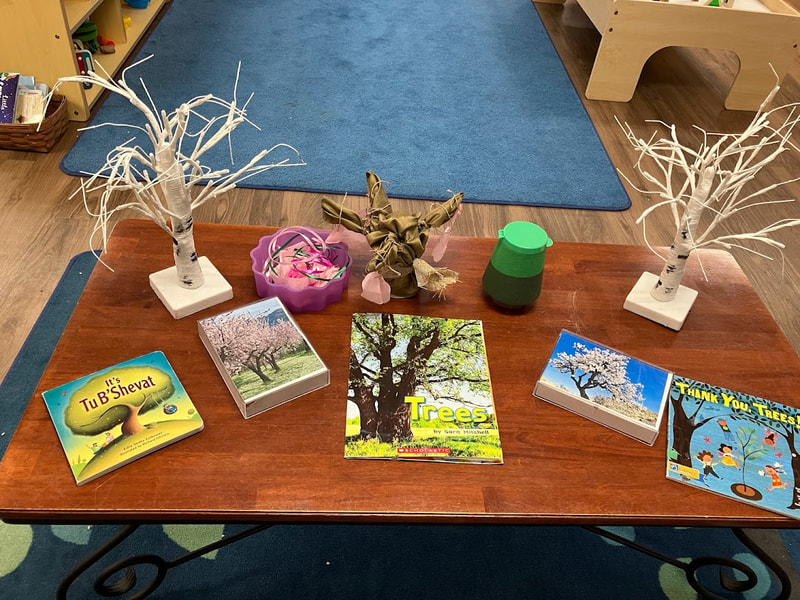
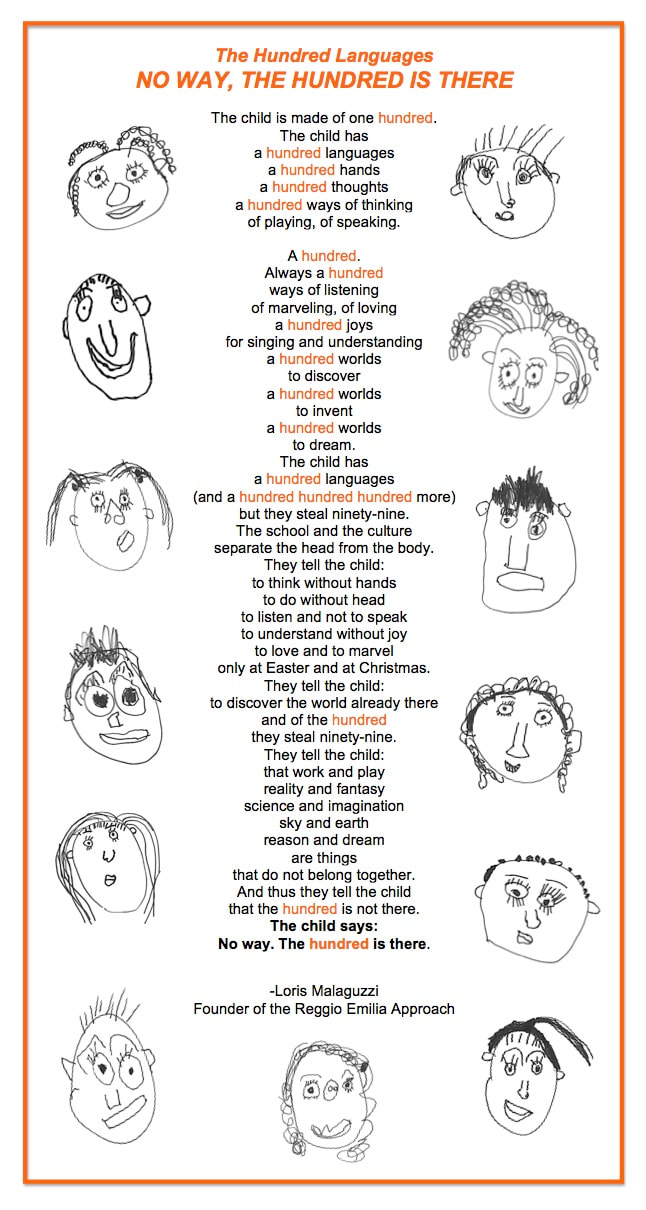
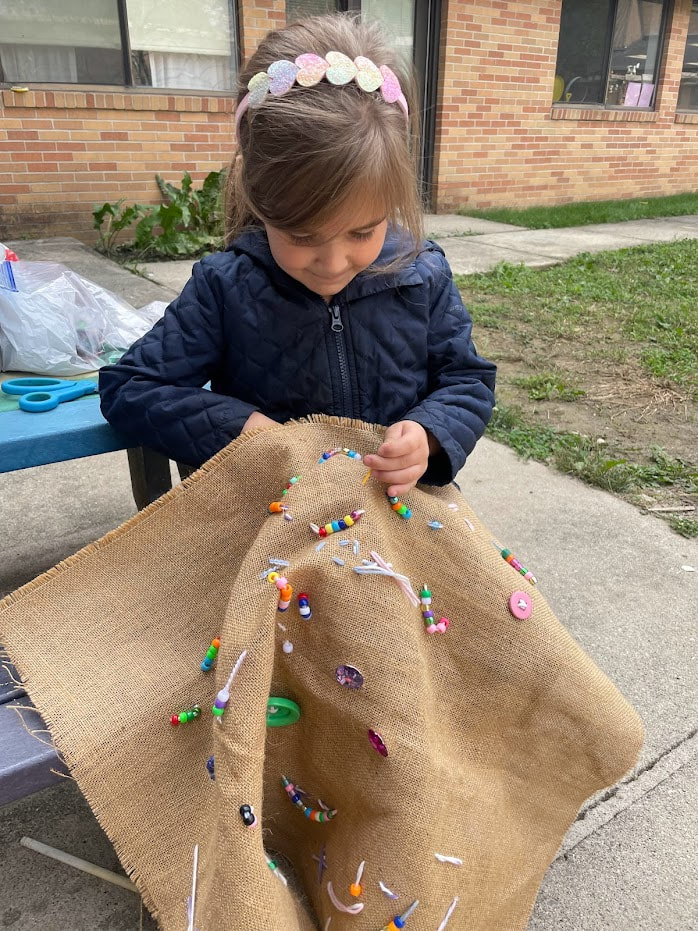
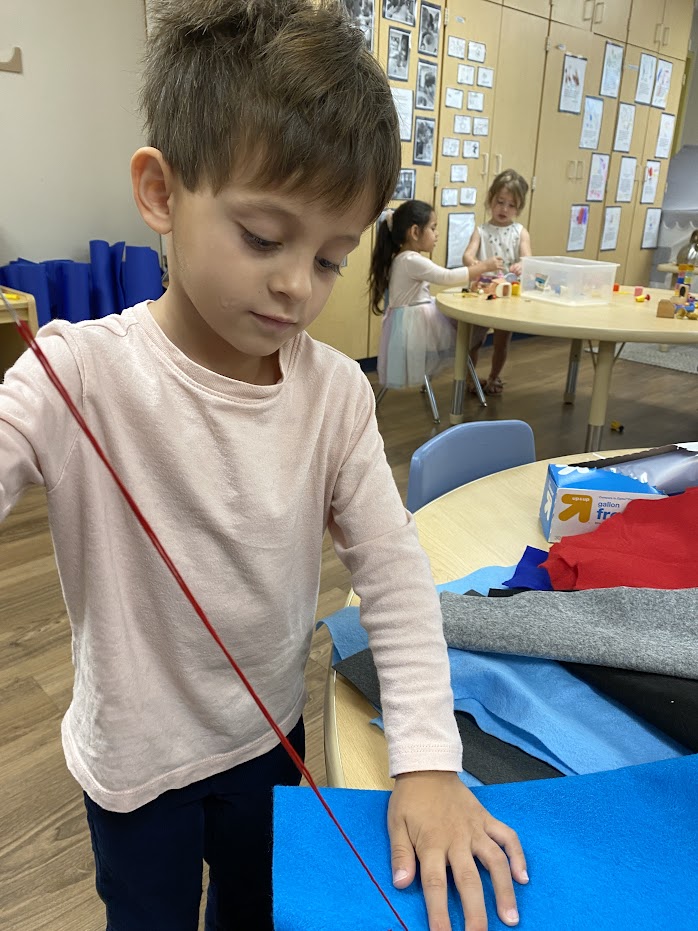
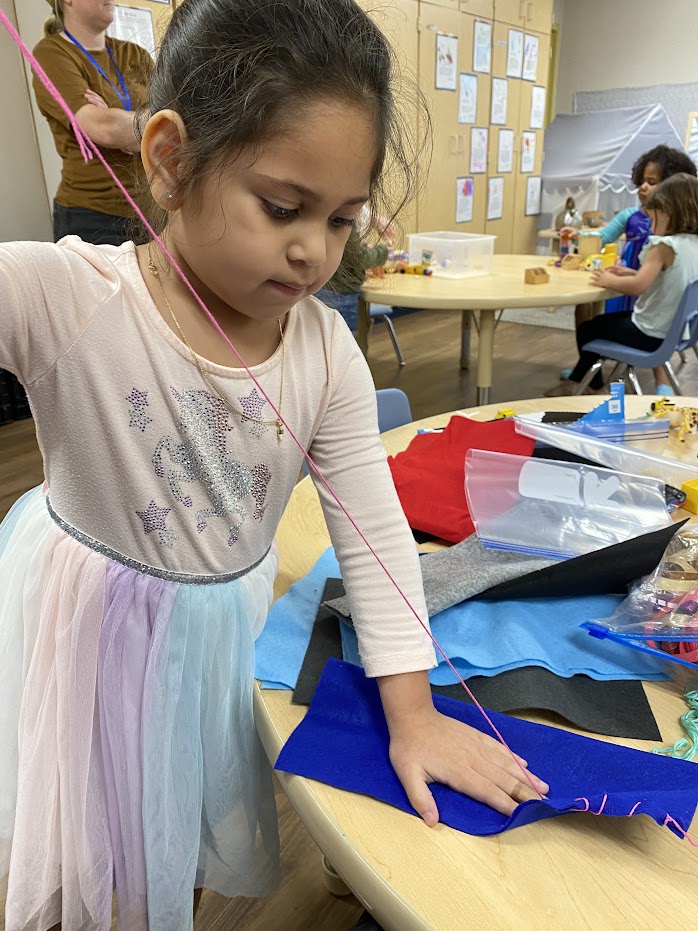
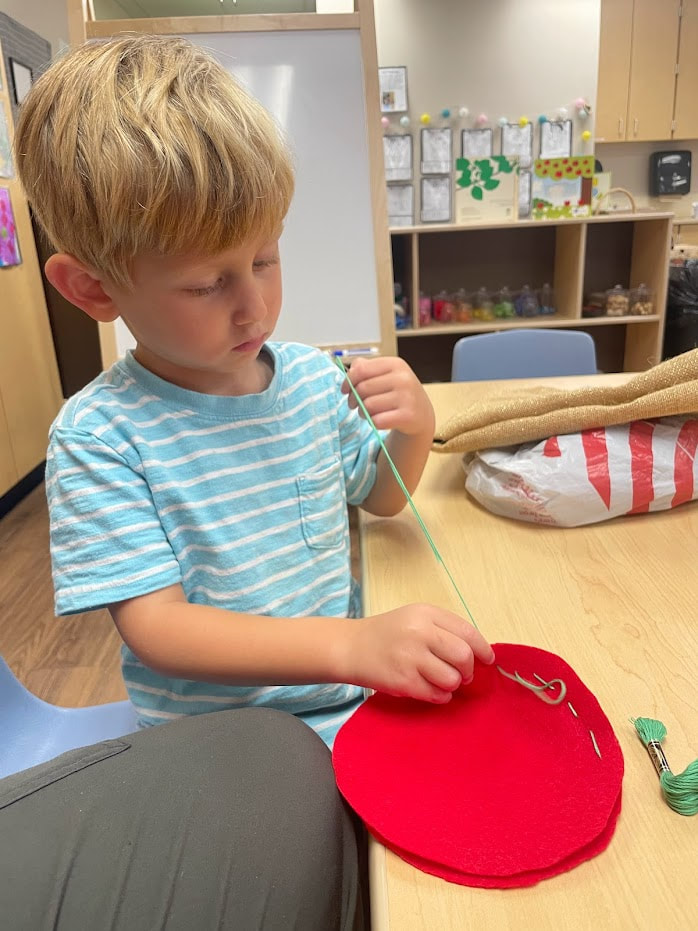
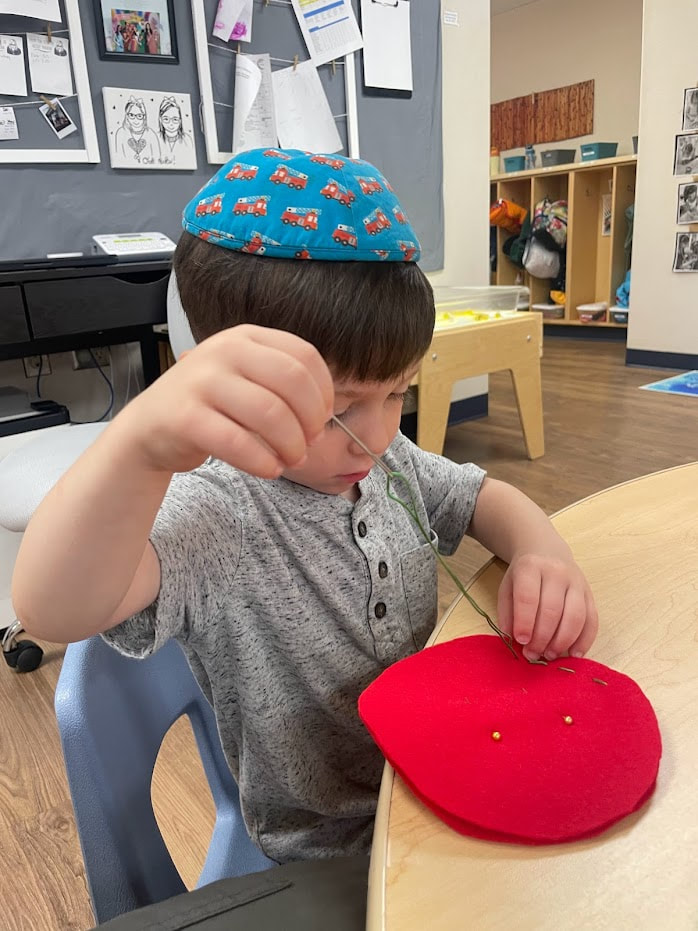
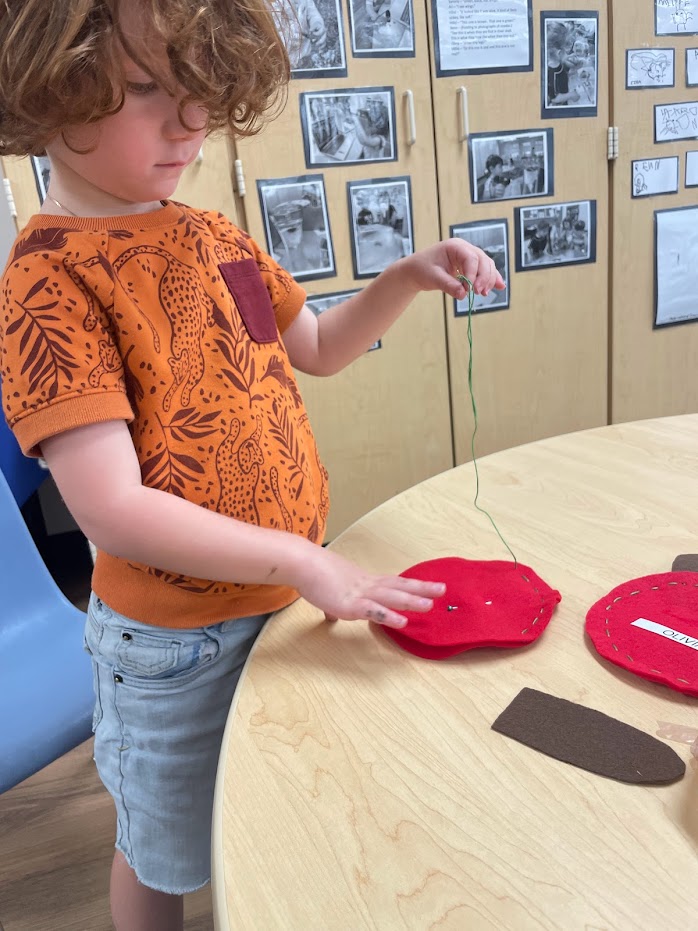
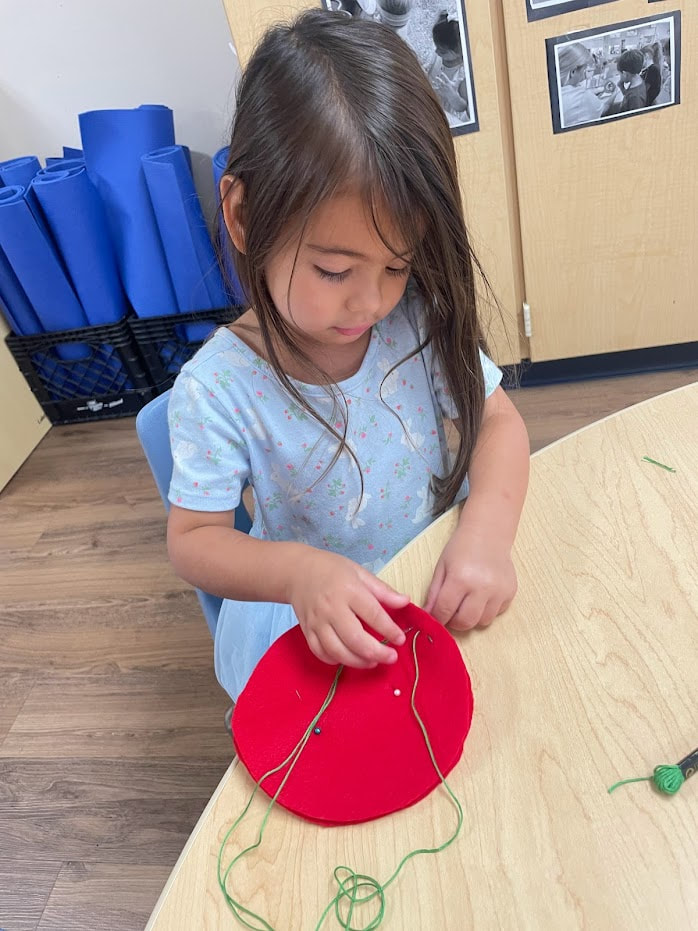
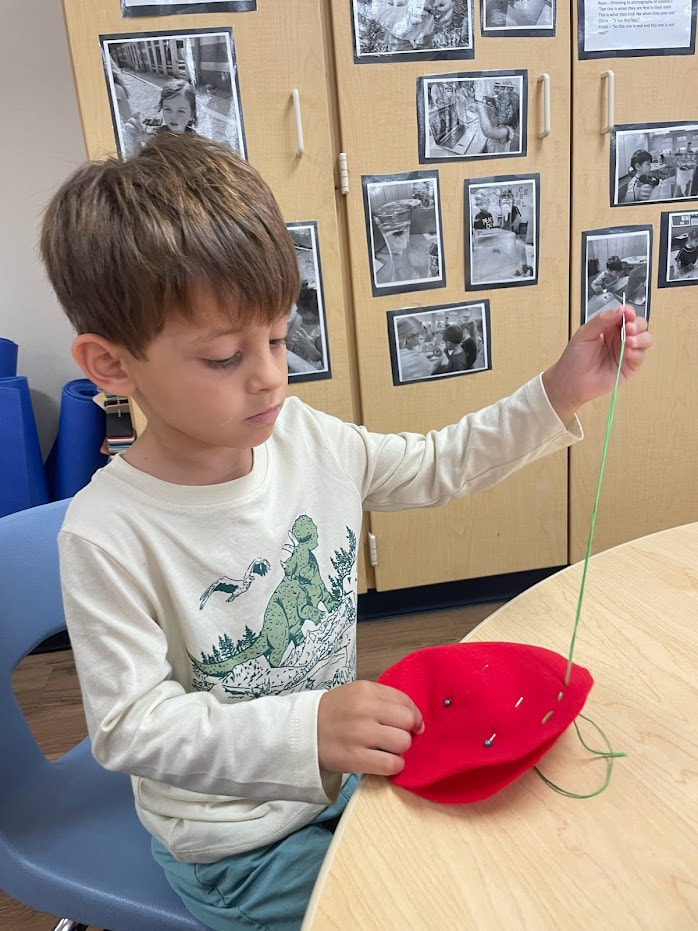
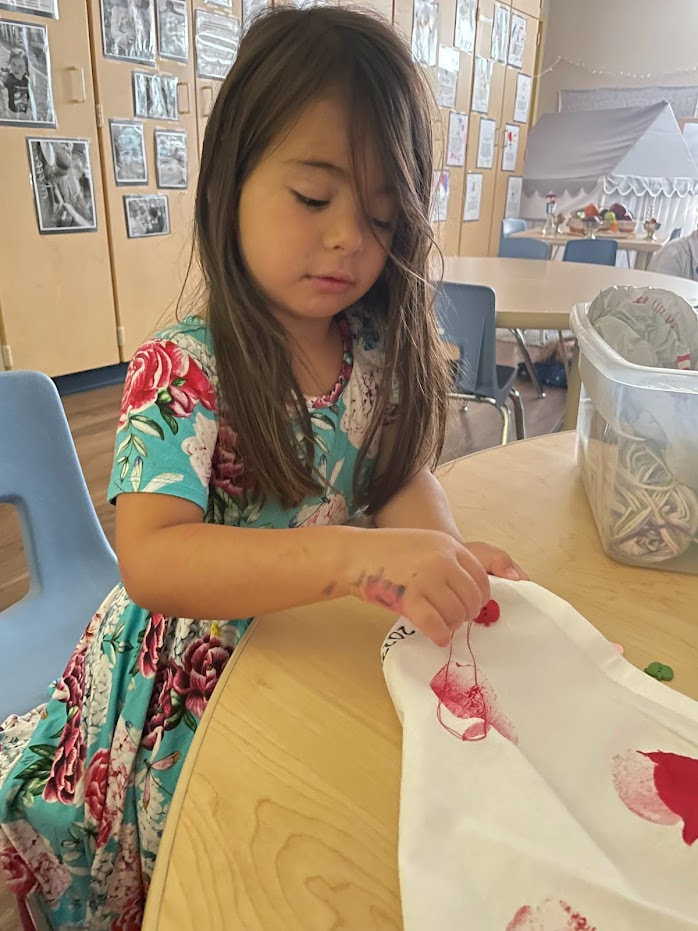
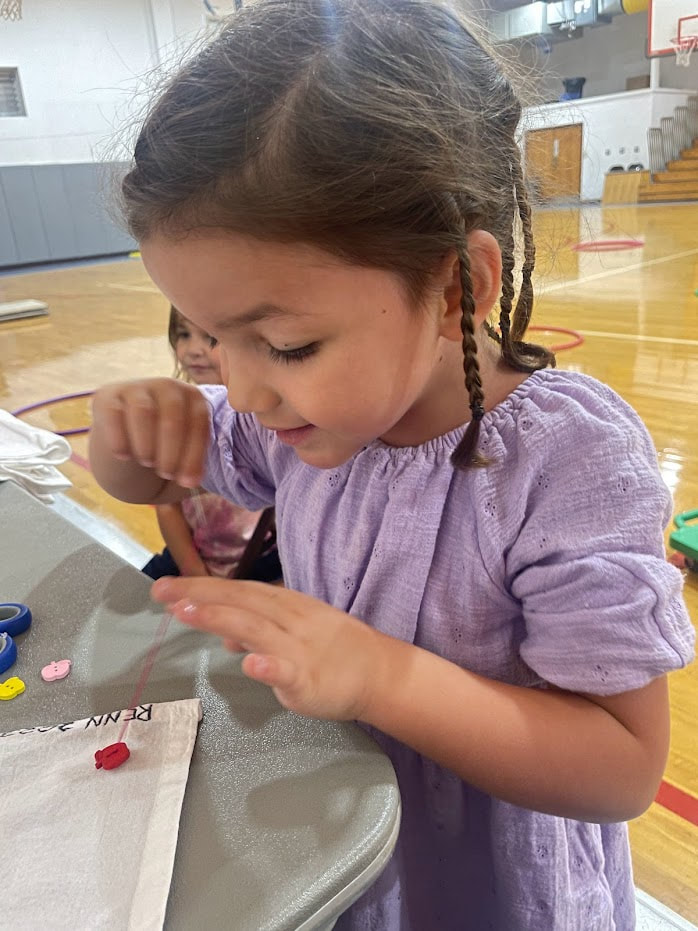
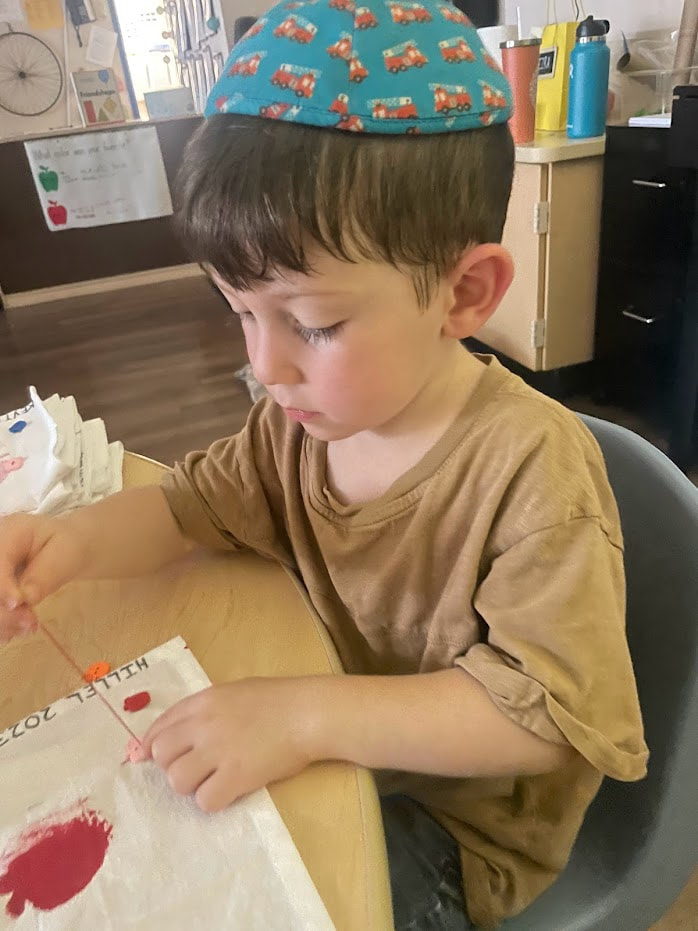
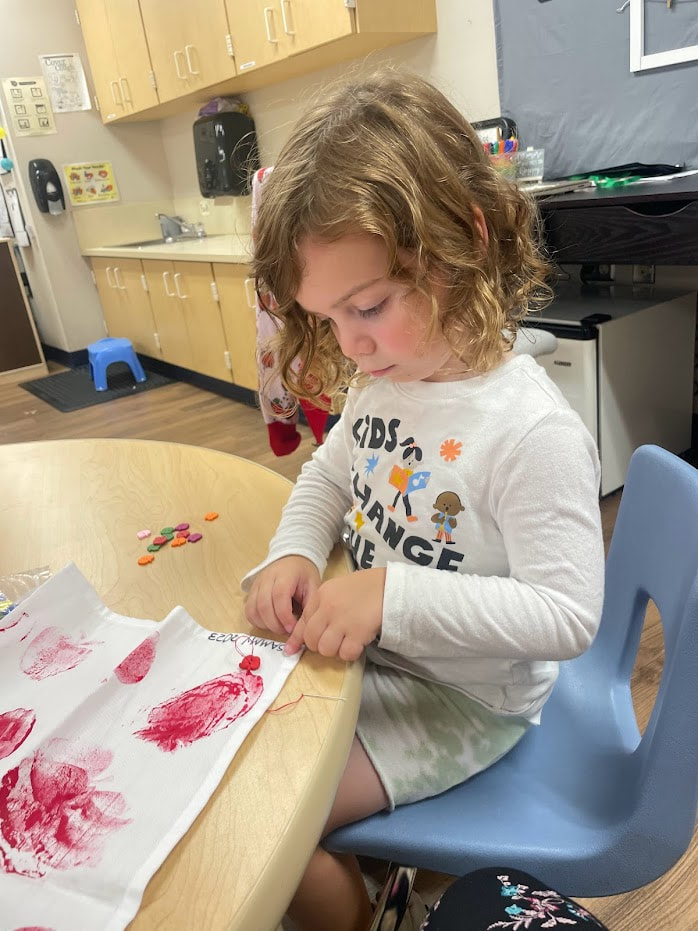
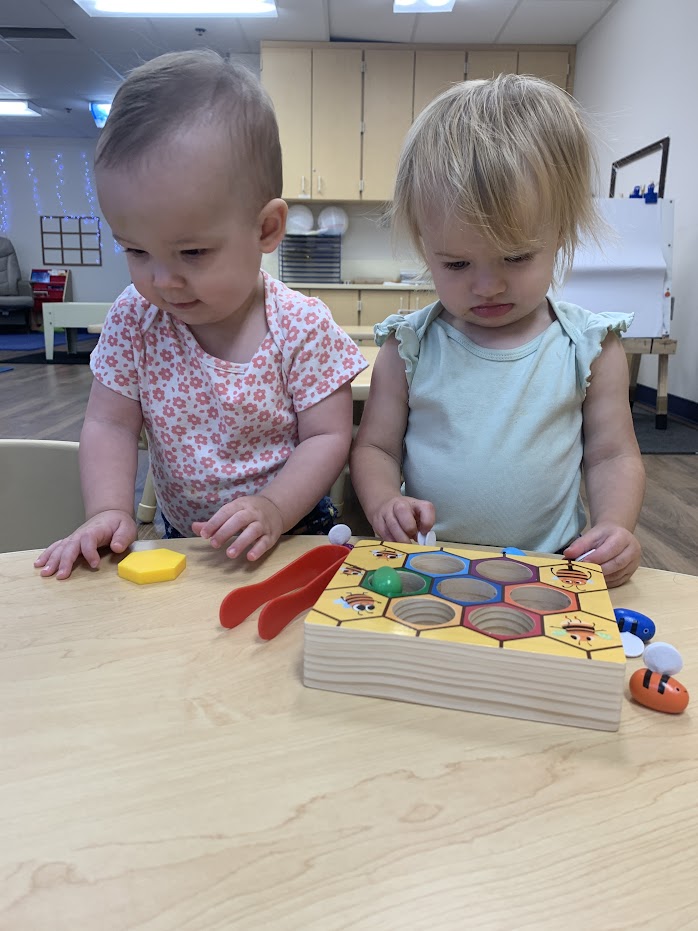
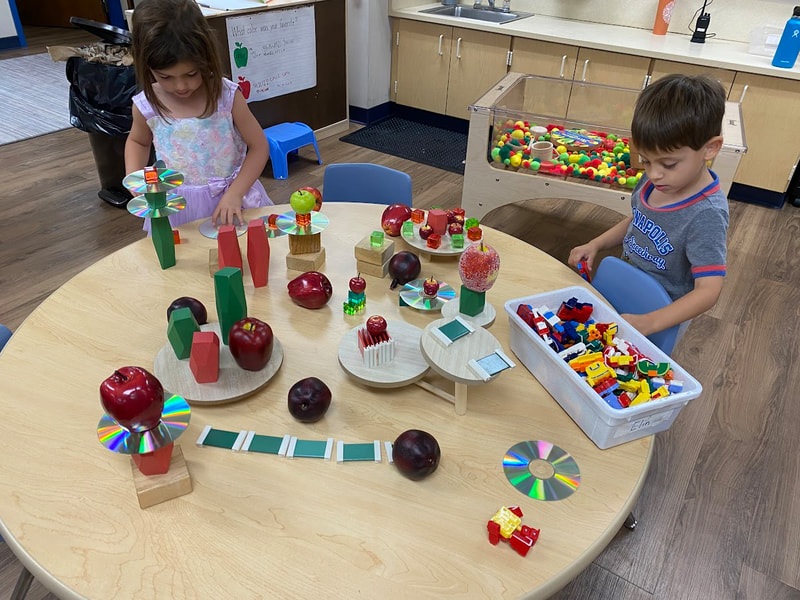
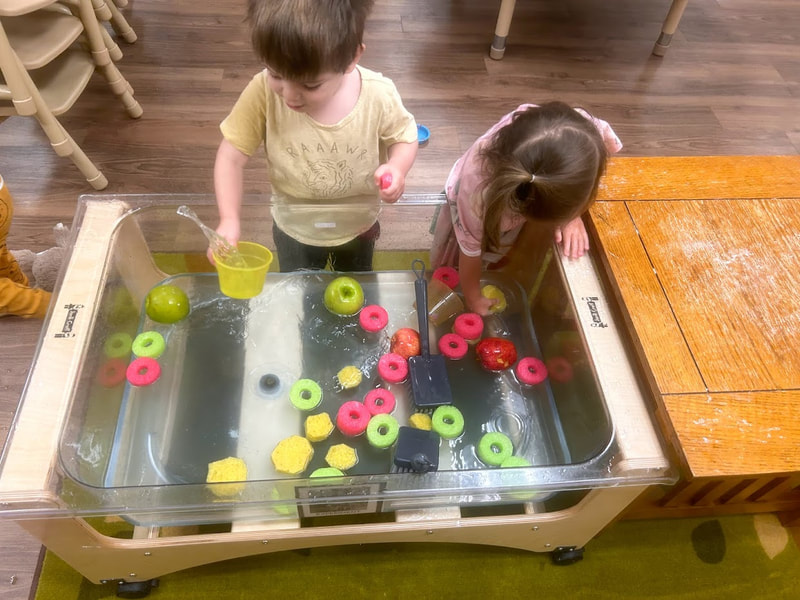
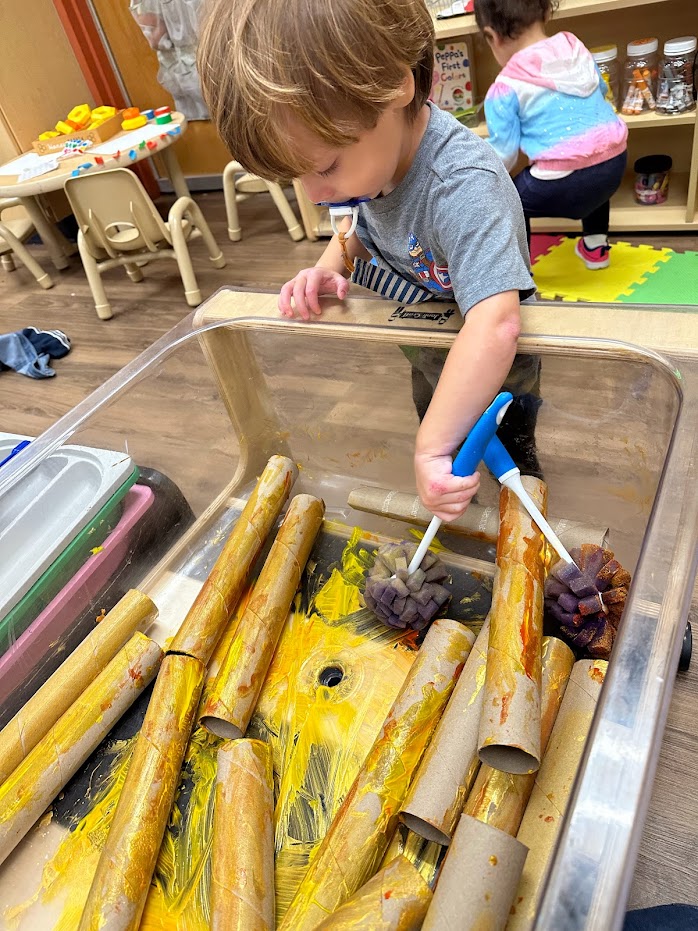
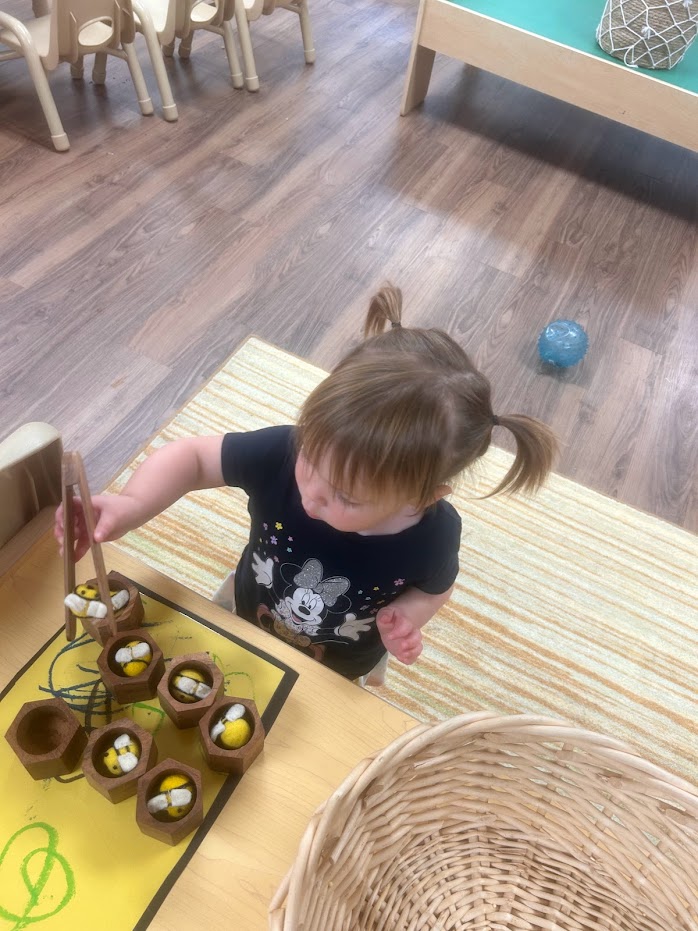
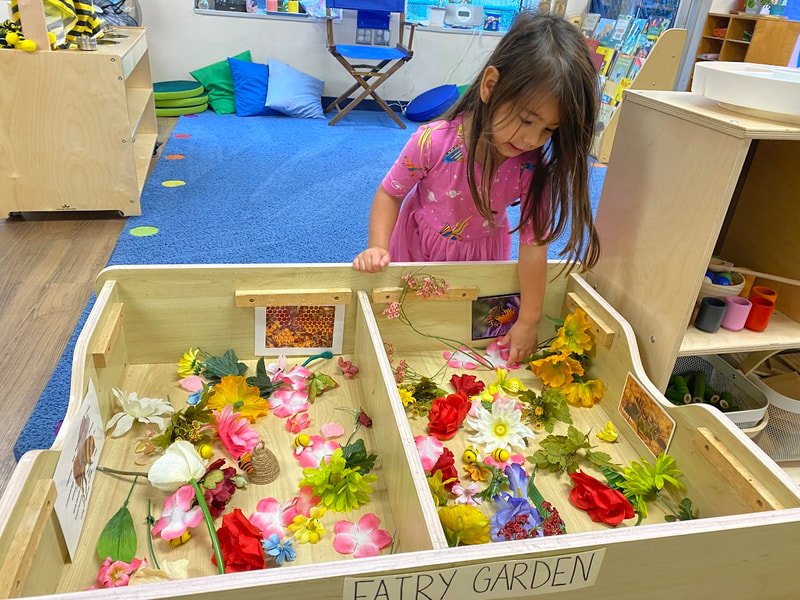
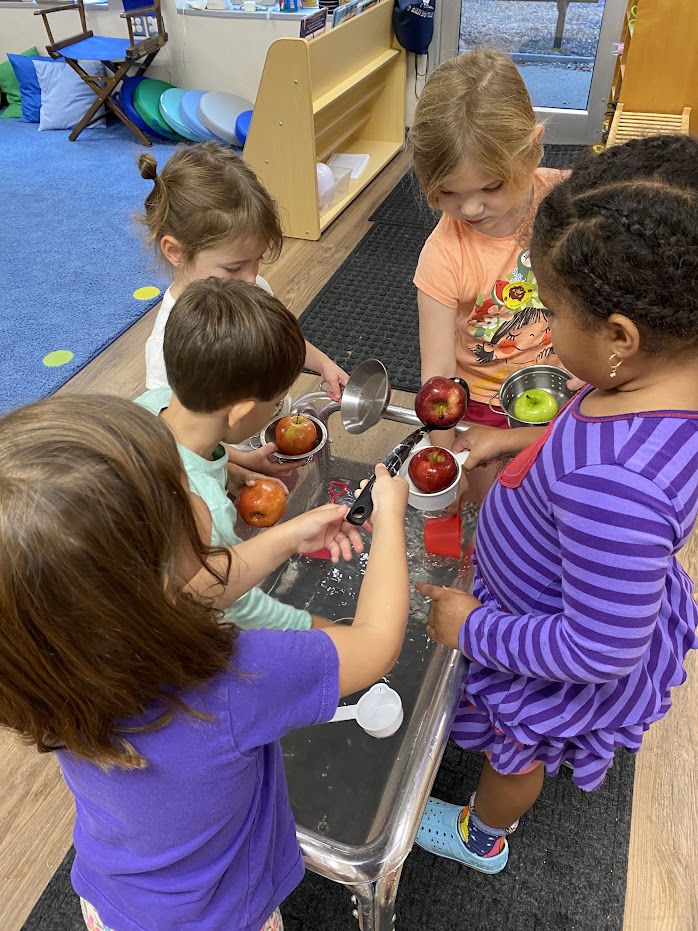
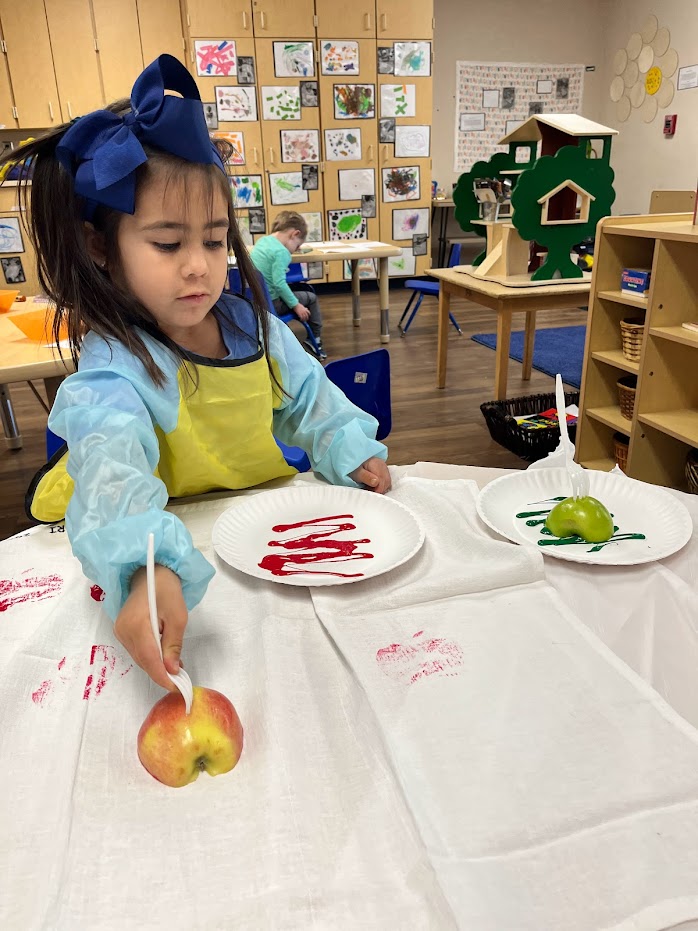
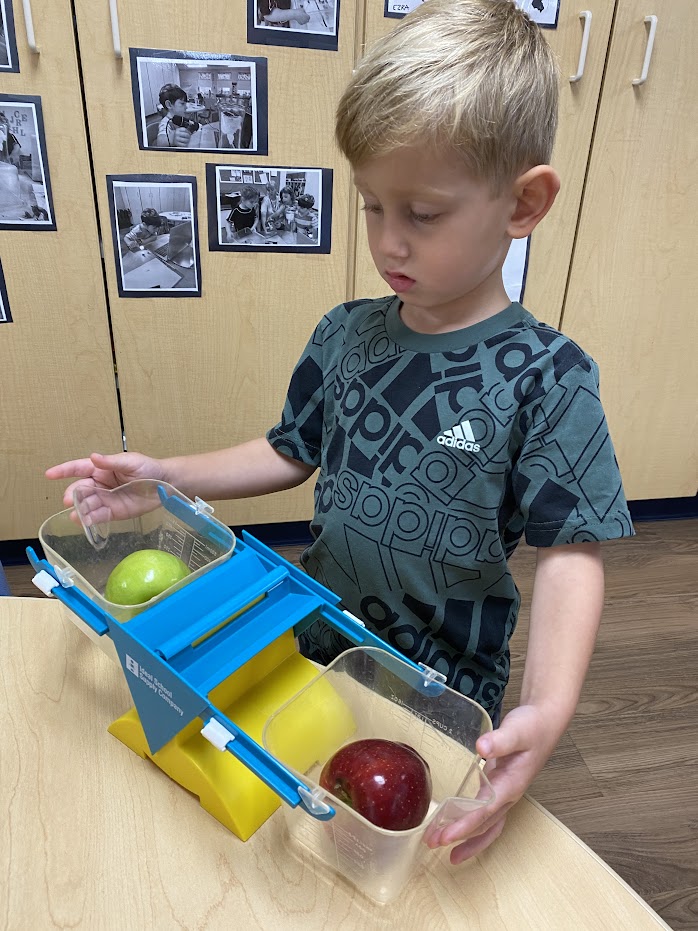
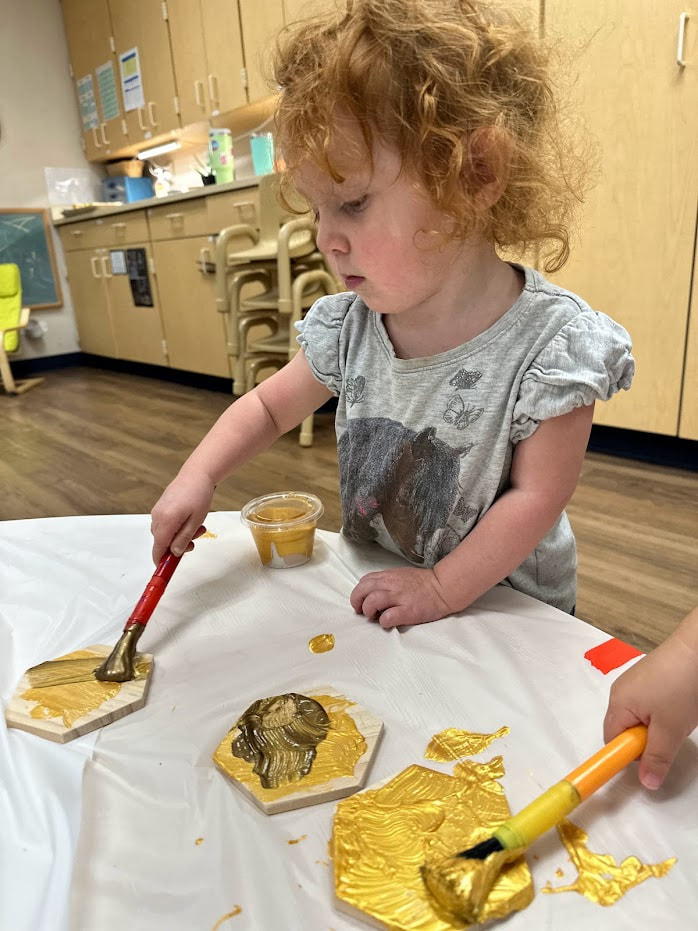
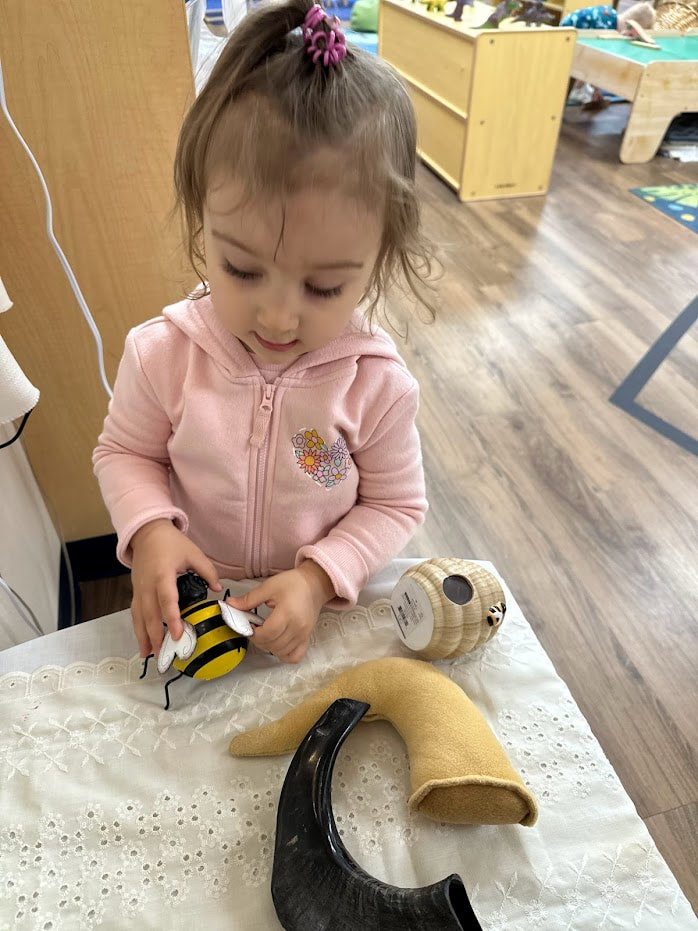
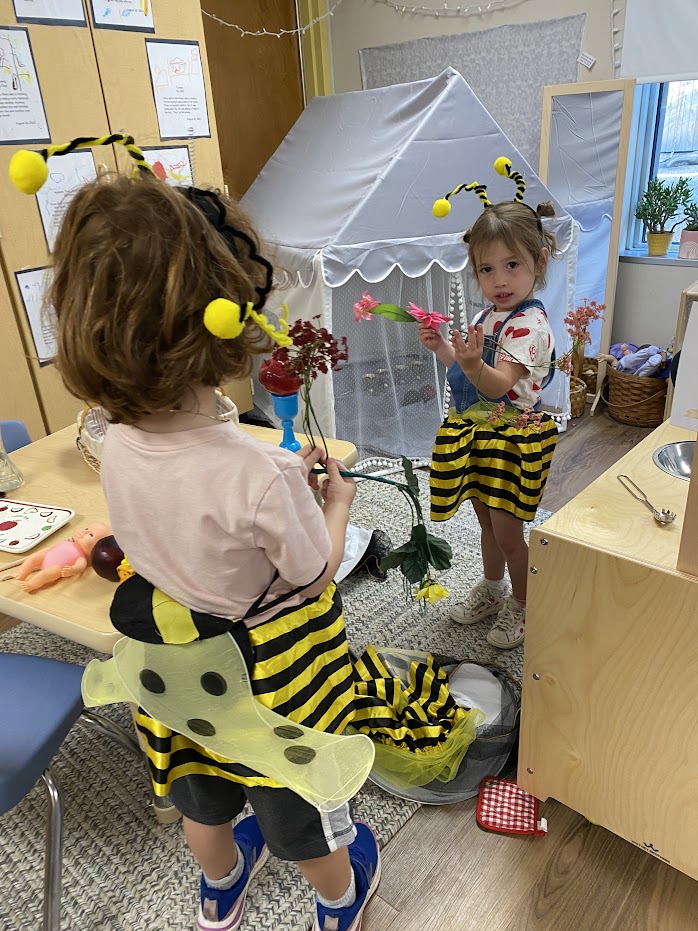
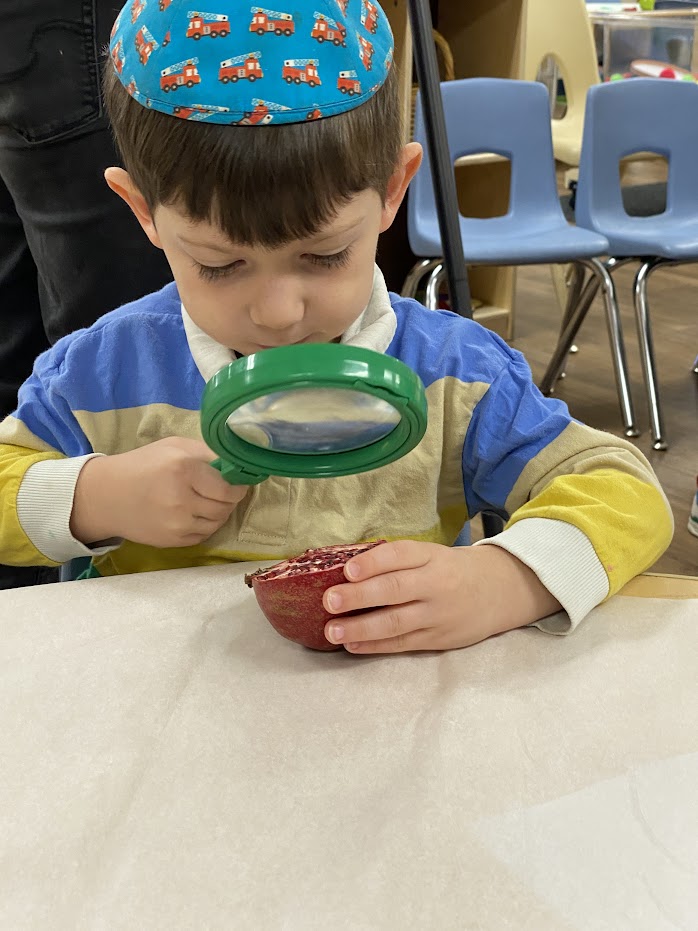
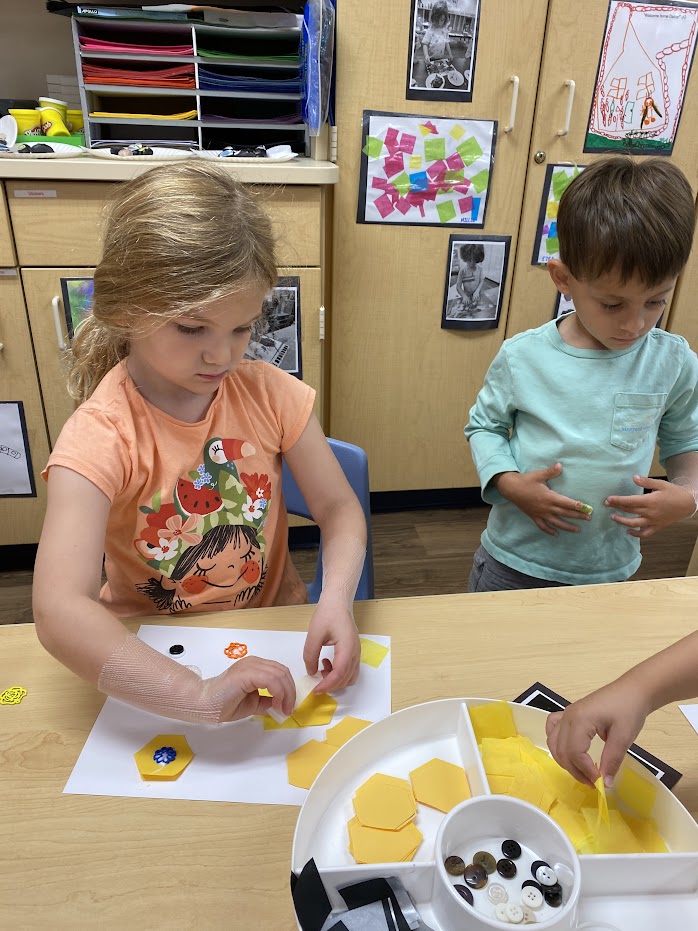
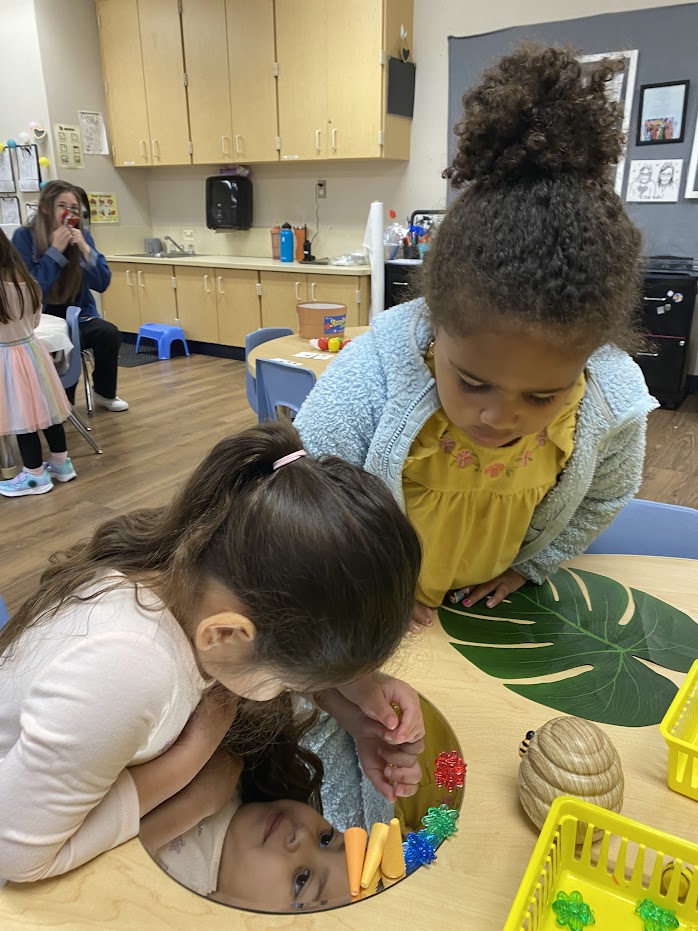
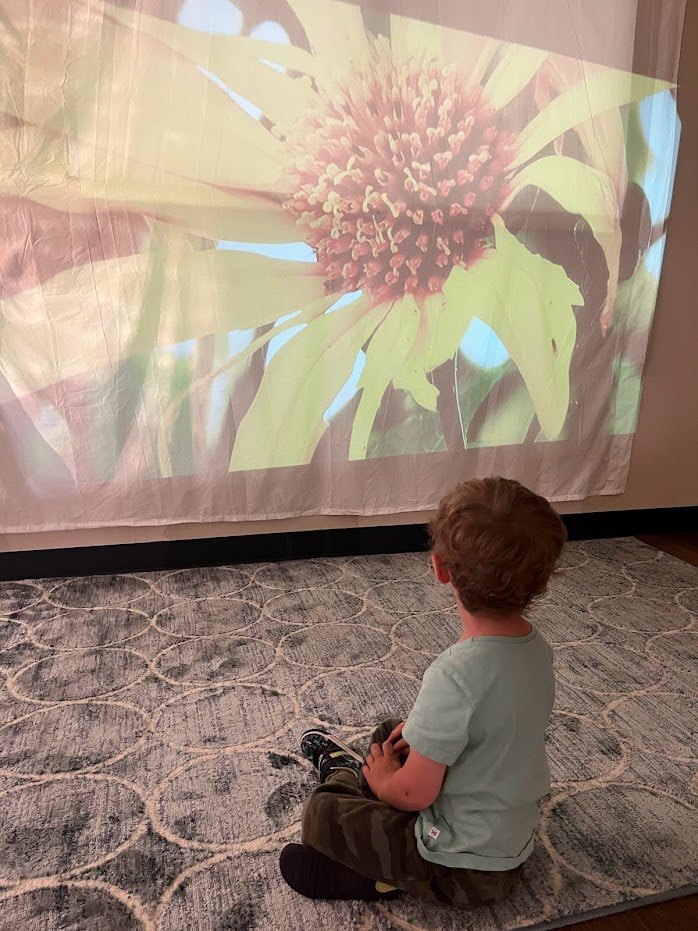
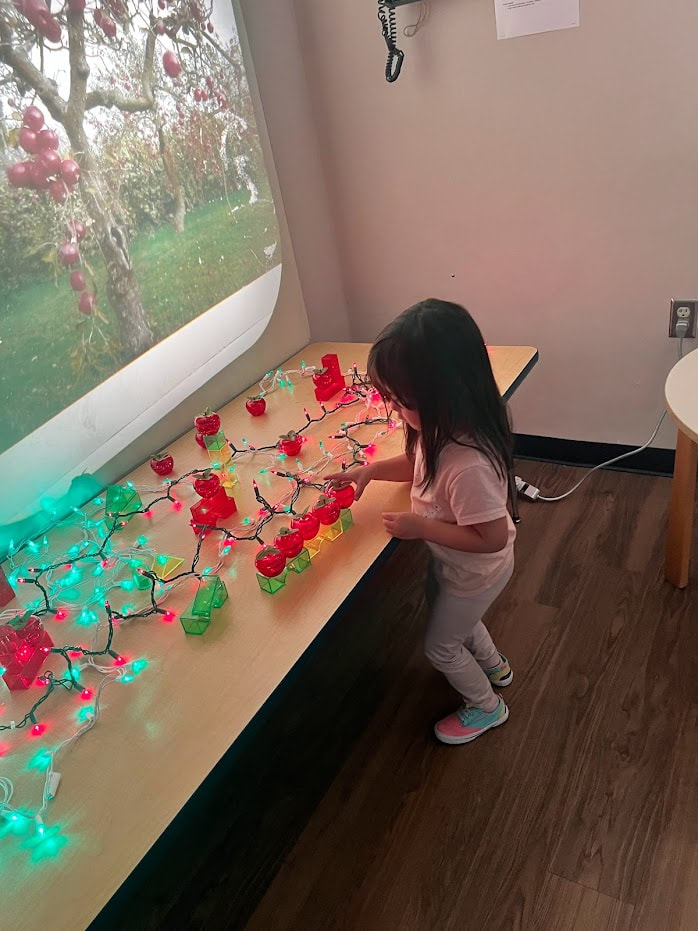
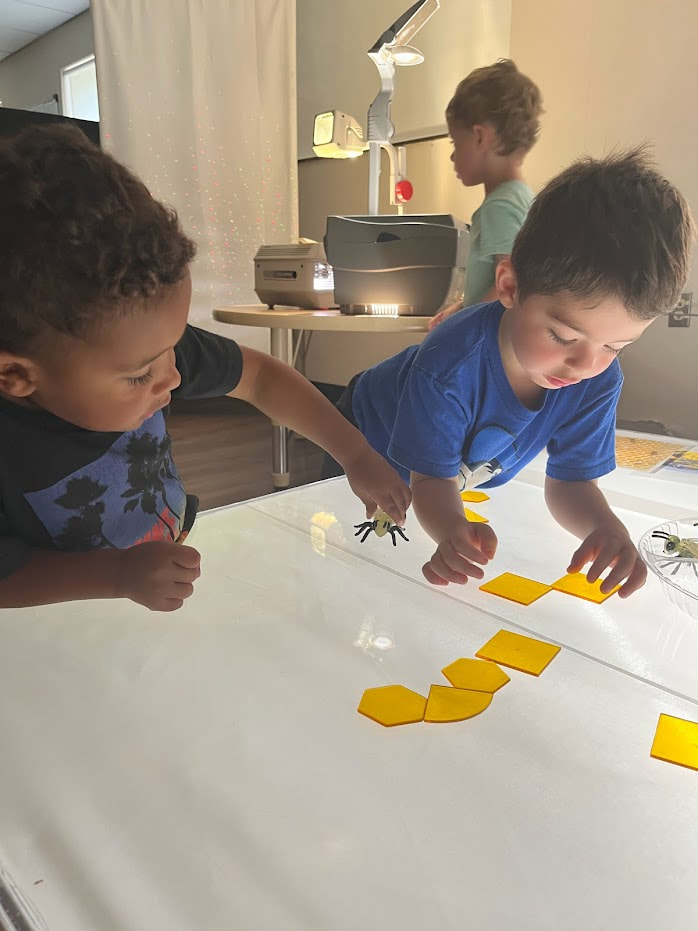
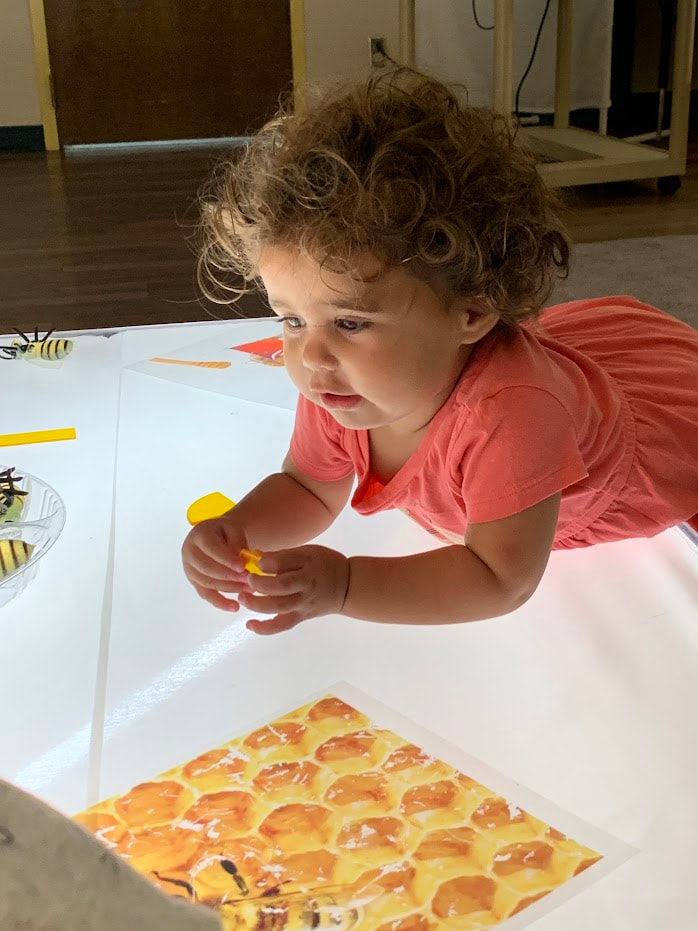
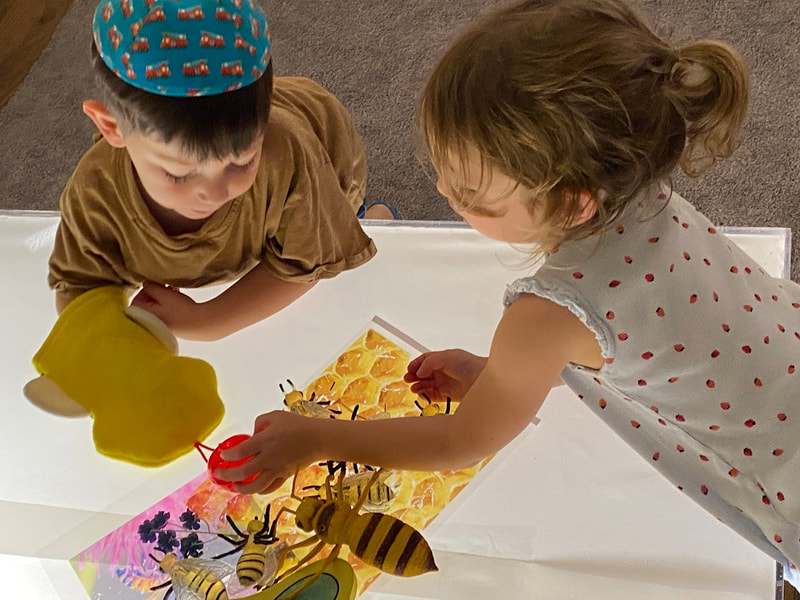
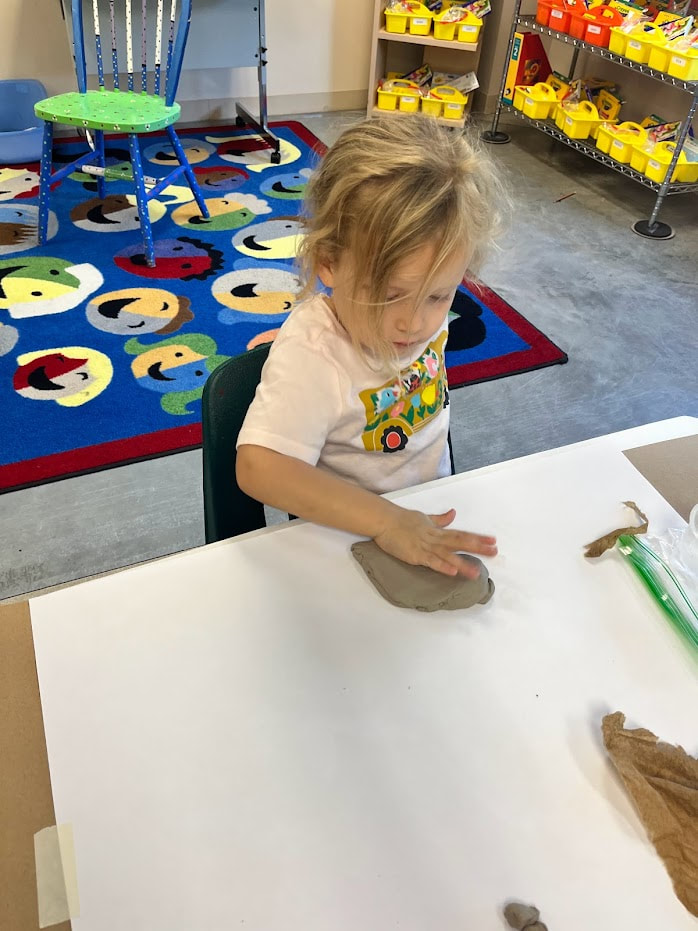
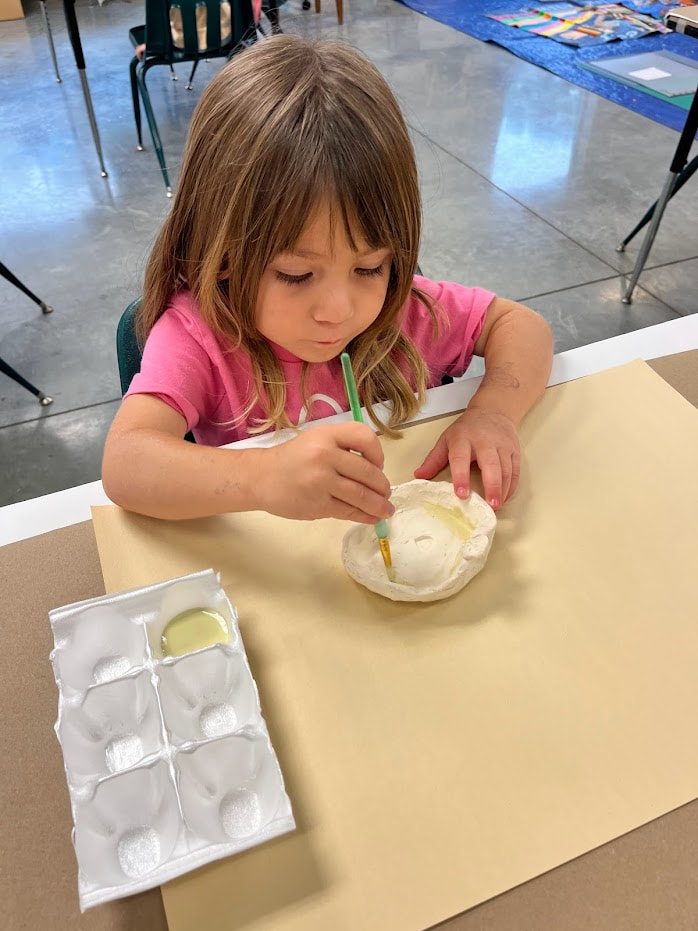
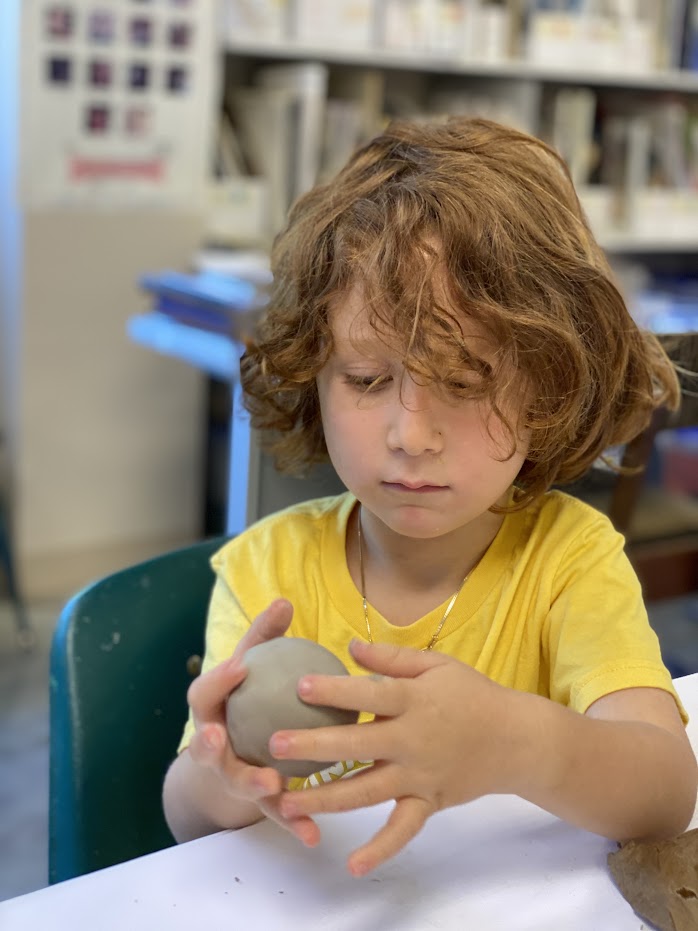
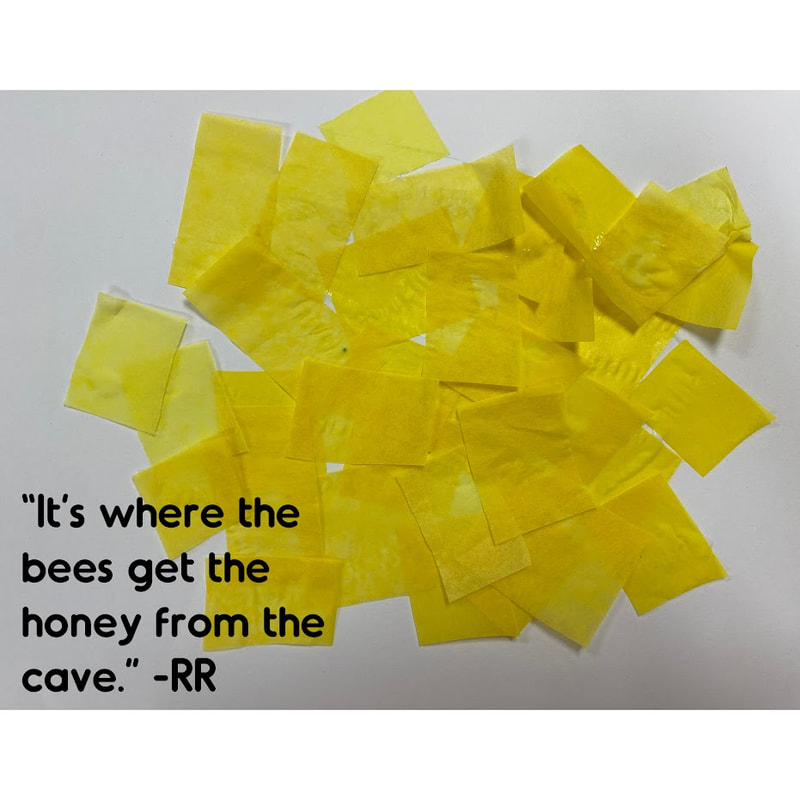
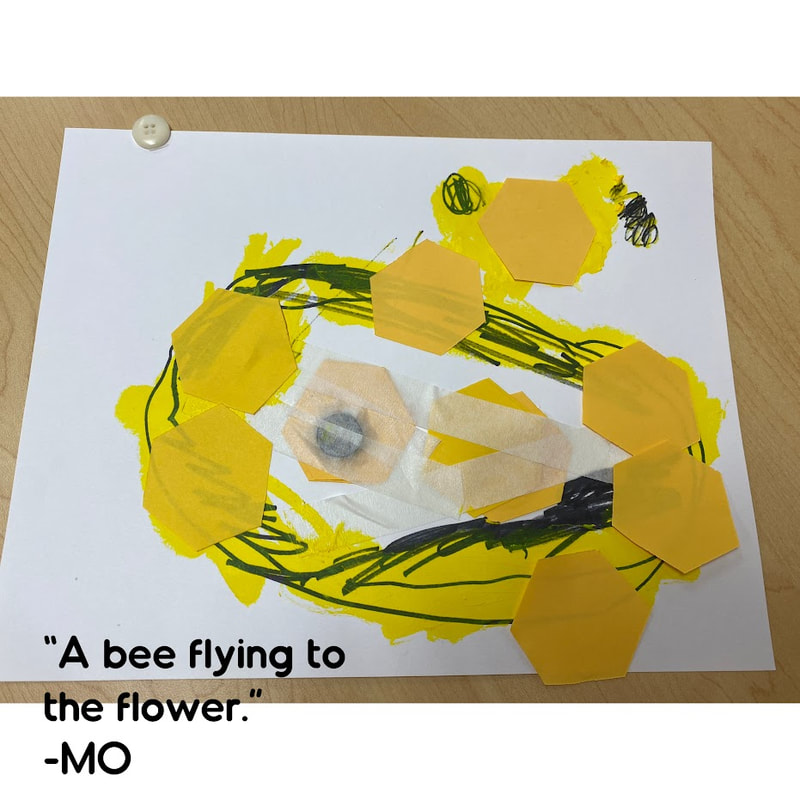
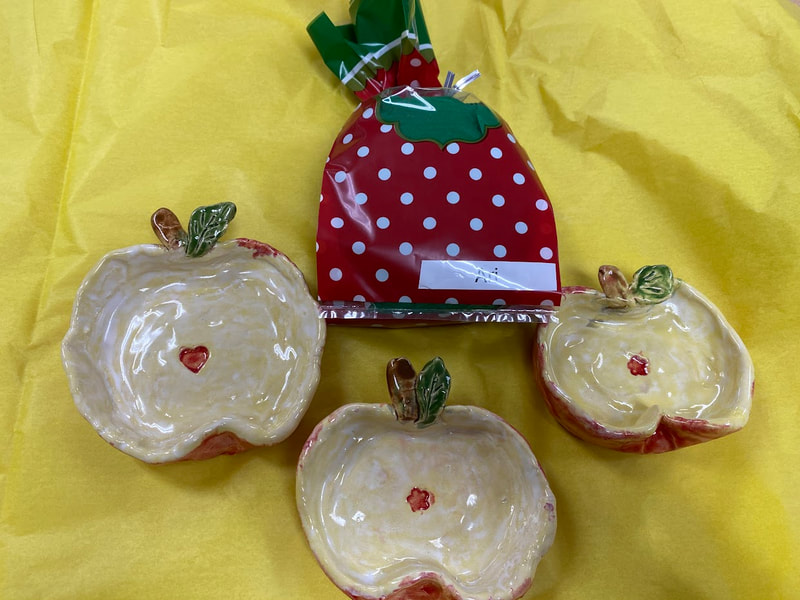
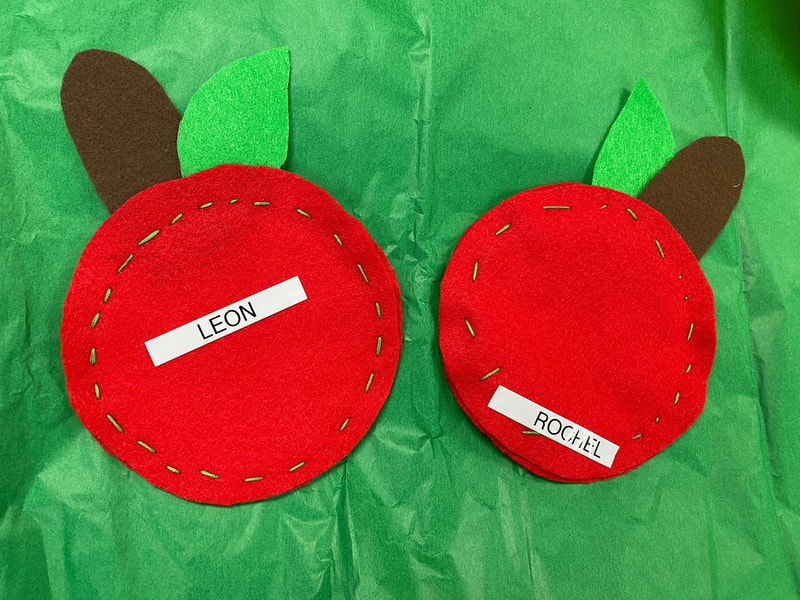
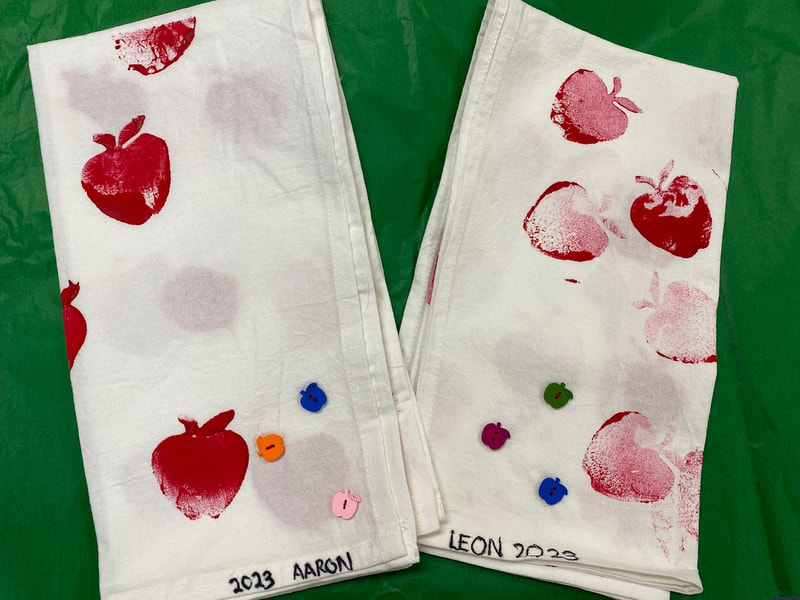
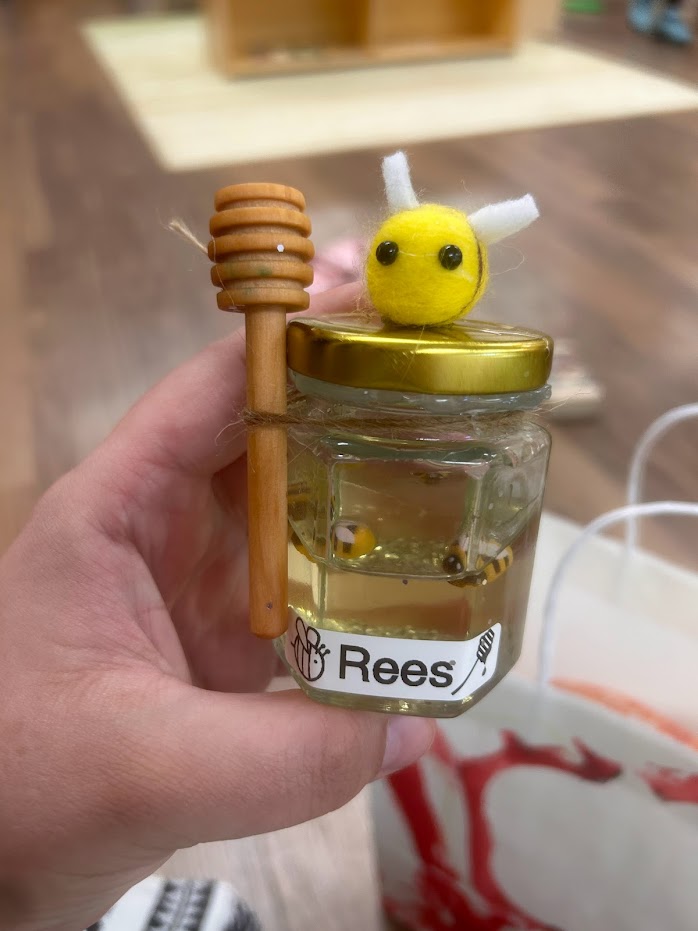
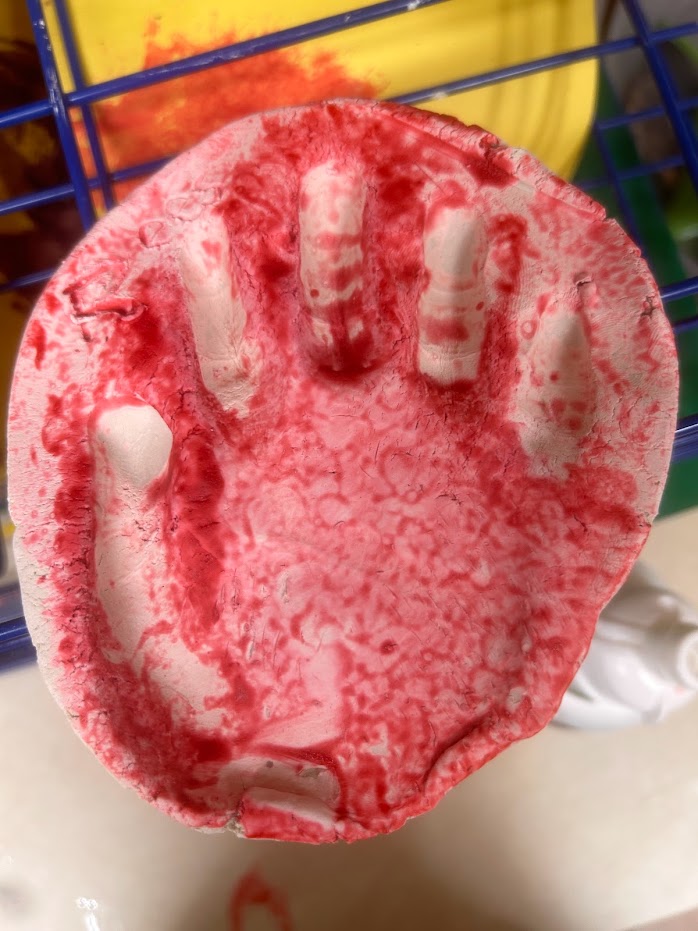
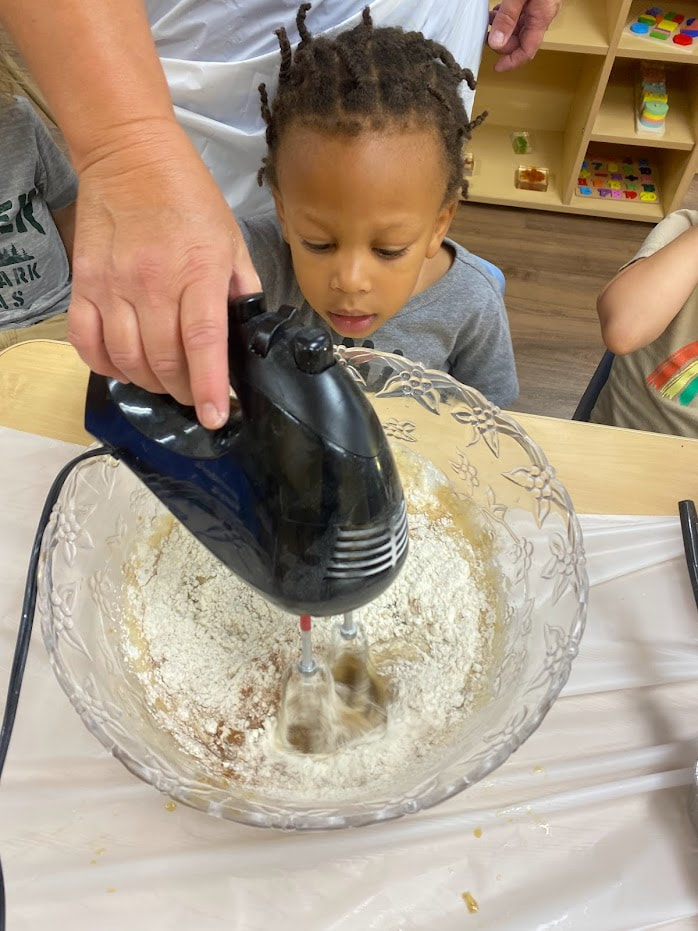
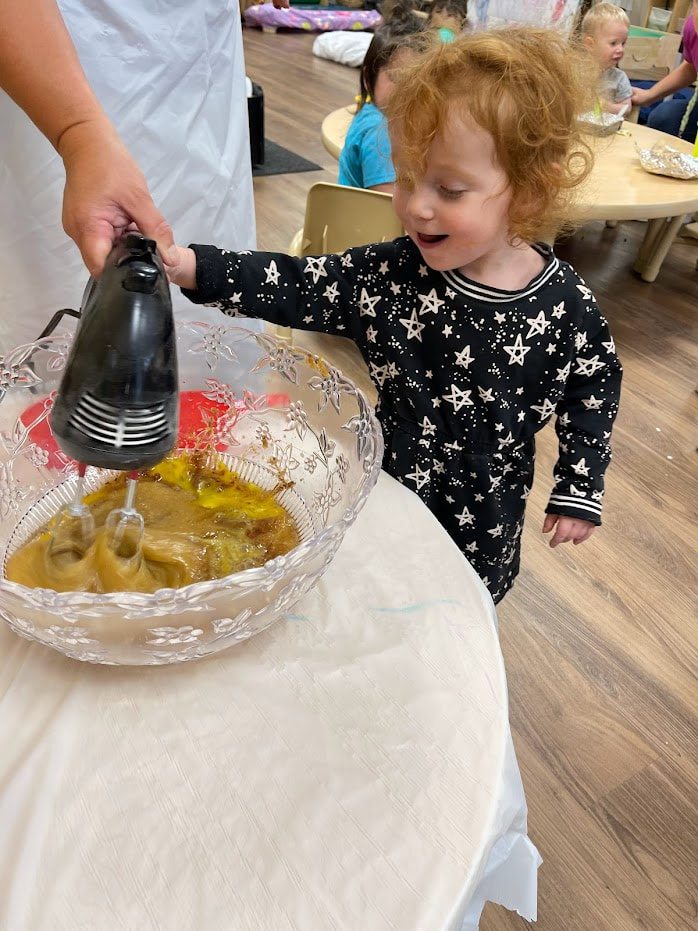
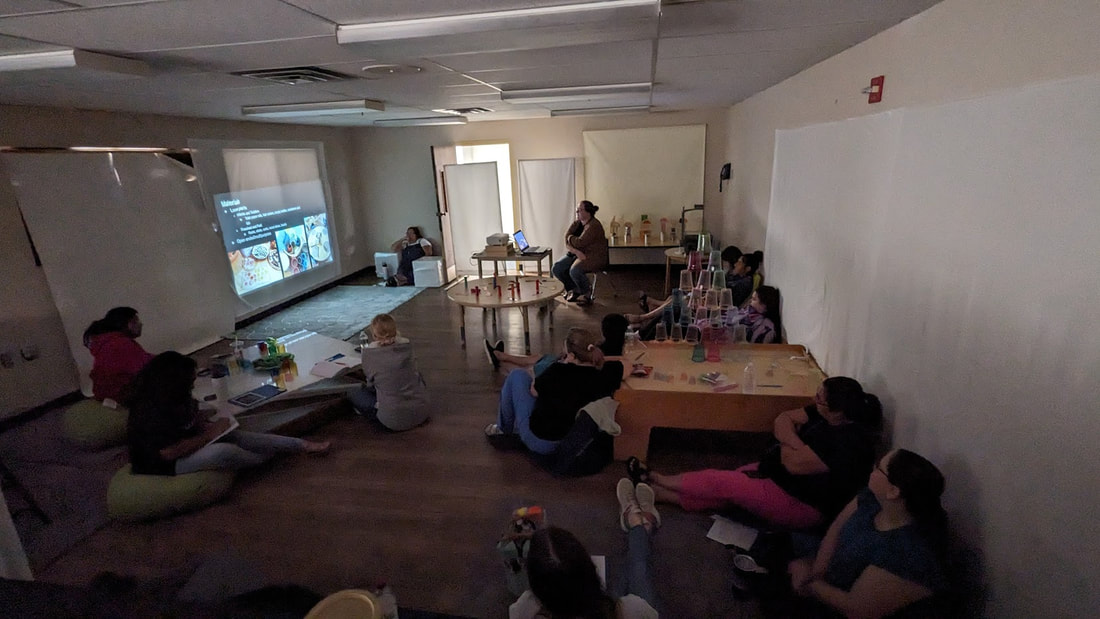
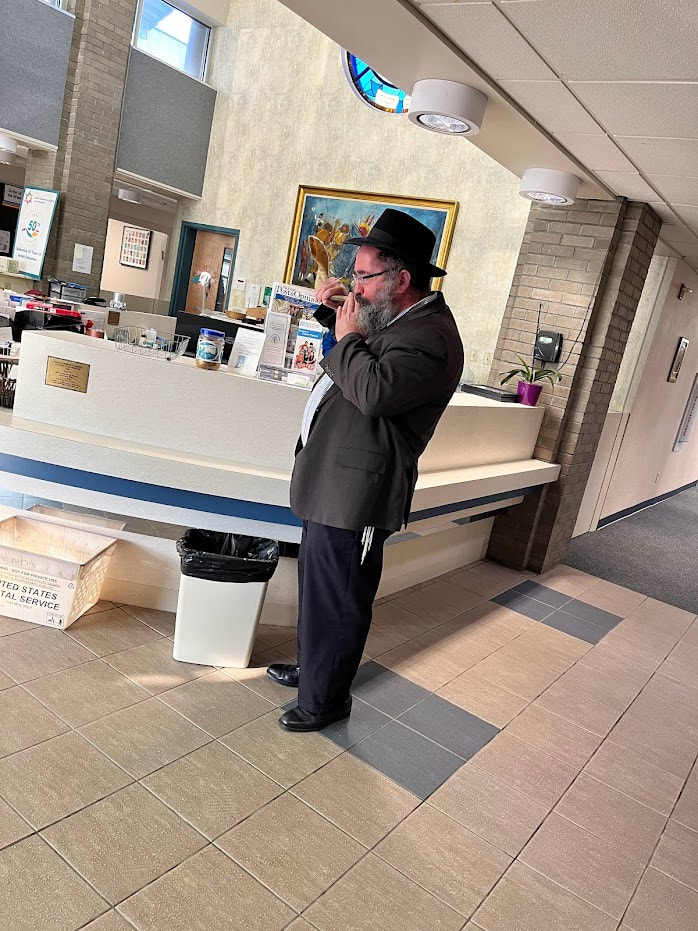
 RSS Feed
RSS Feed

